
Route 66 West Of Grants, New Mexico – Remains…
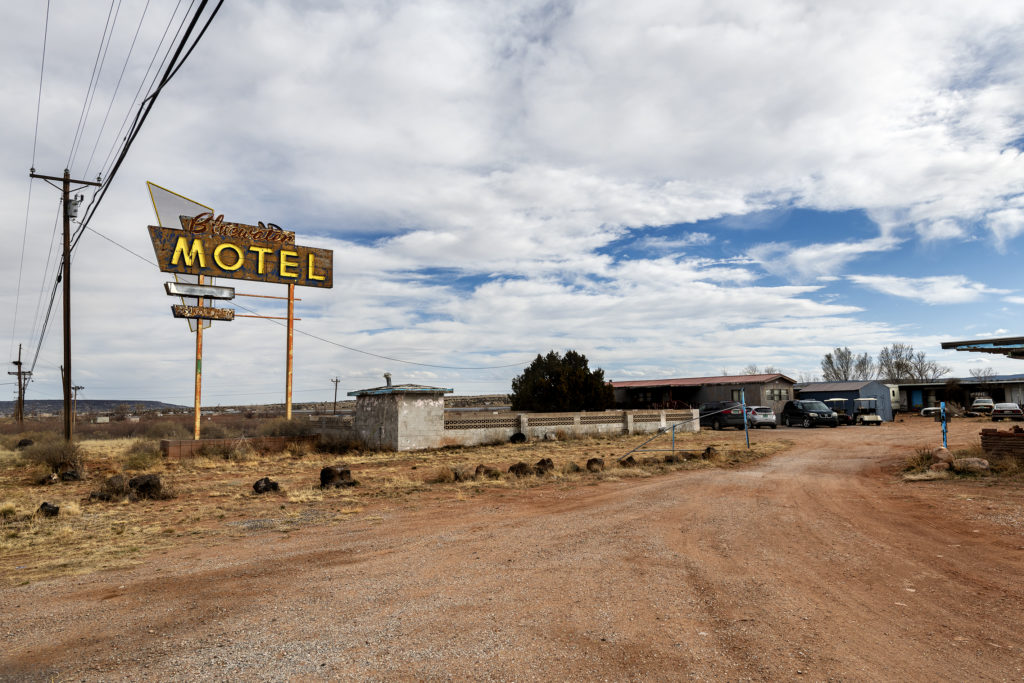
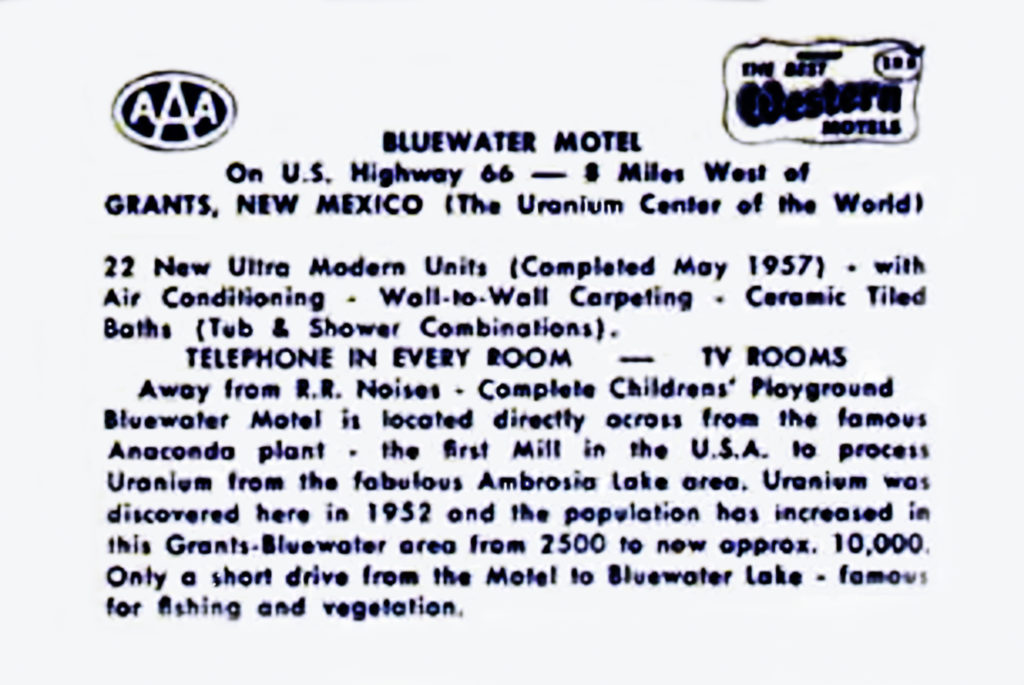
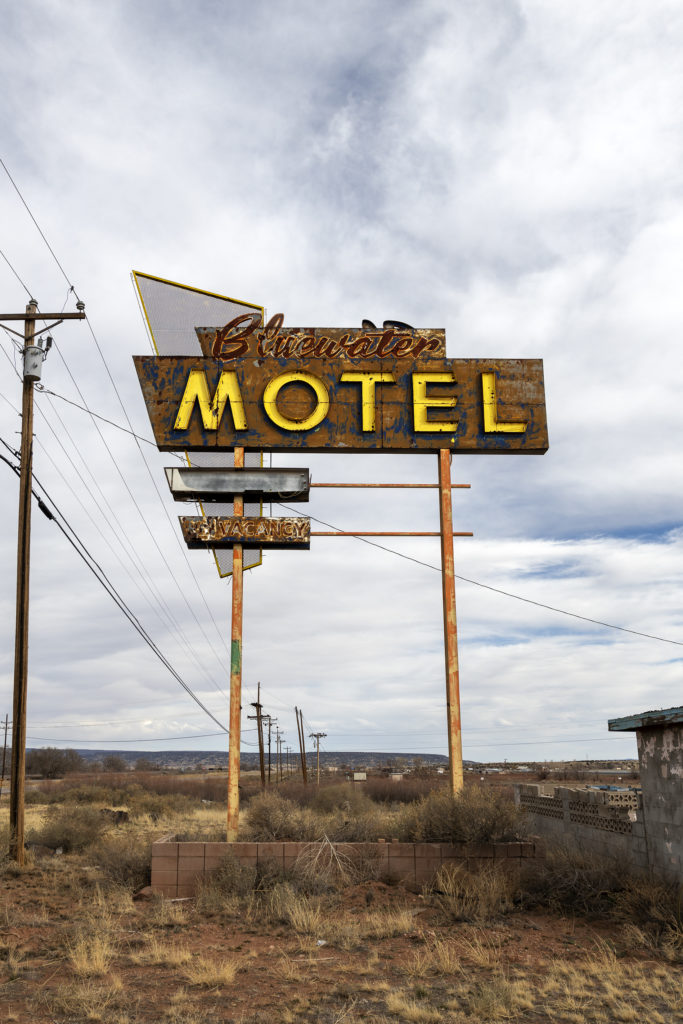
The site today appears to be used for storage or perhaps migrant housing. There are numerous broken and some late model cars parked there.
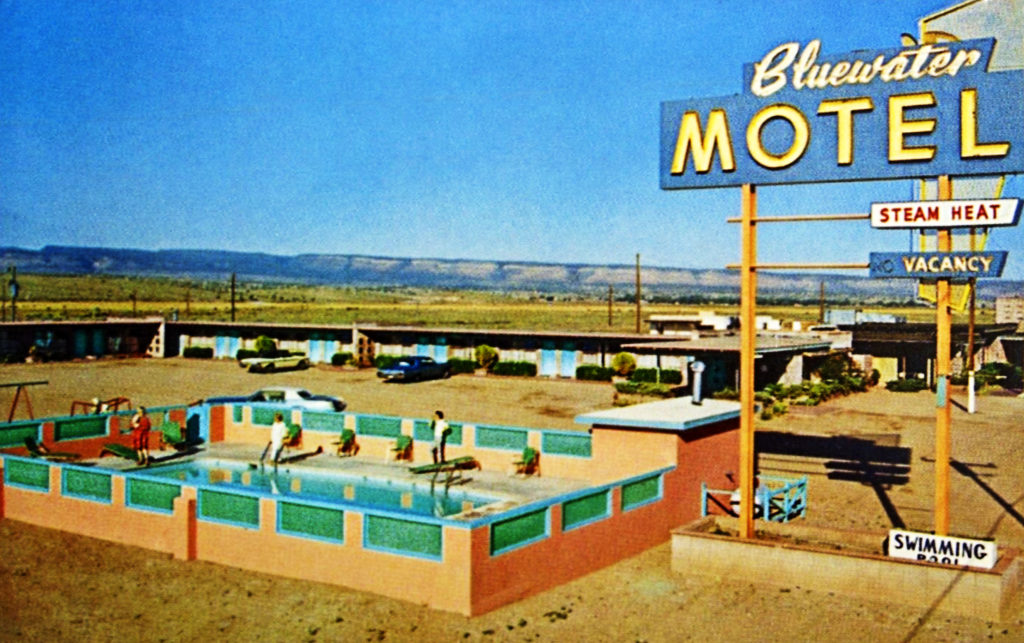
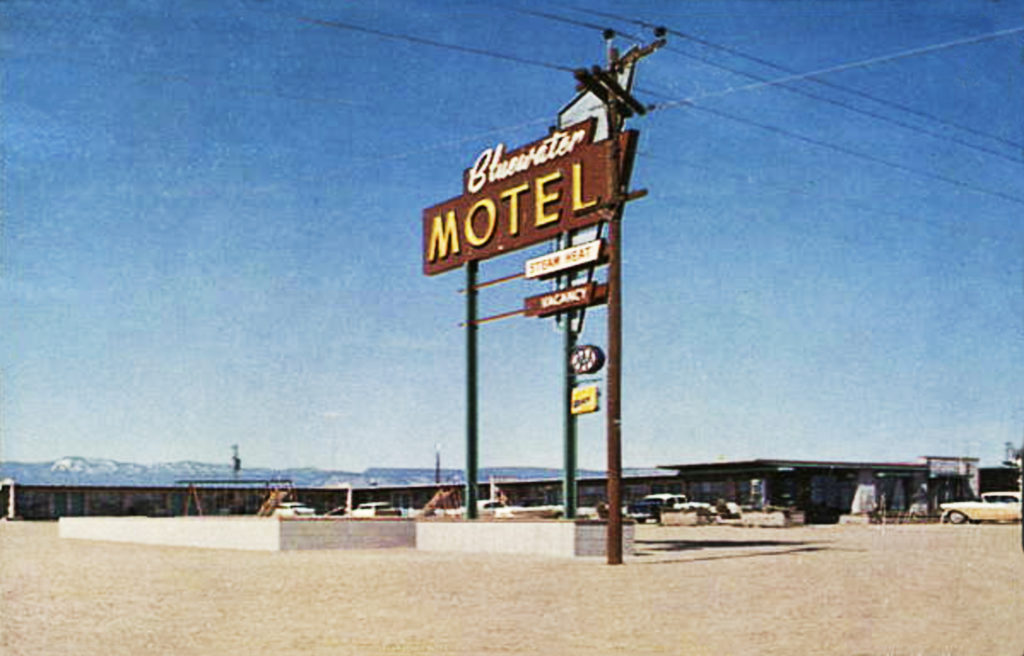
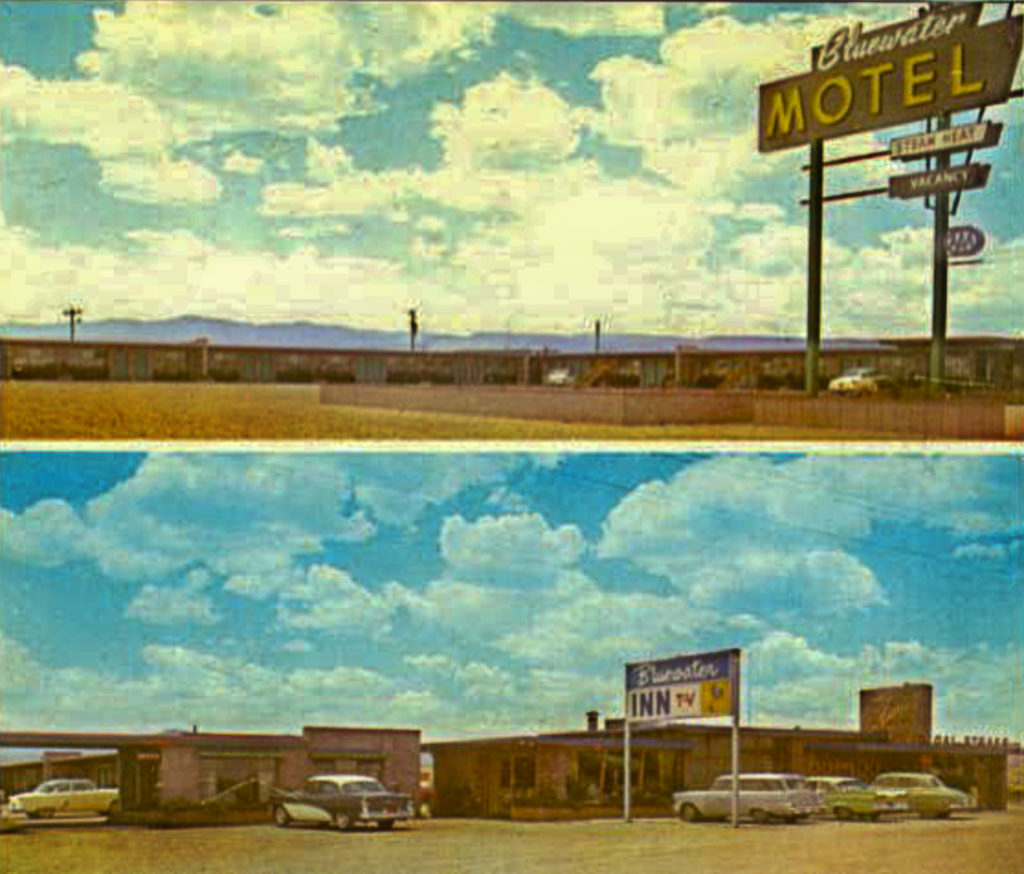




The site today appears to be used for storage or perhaps migrant housing. There are numerous broken and some late model cars parked there.




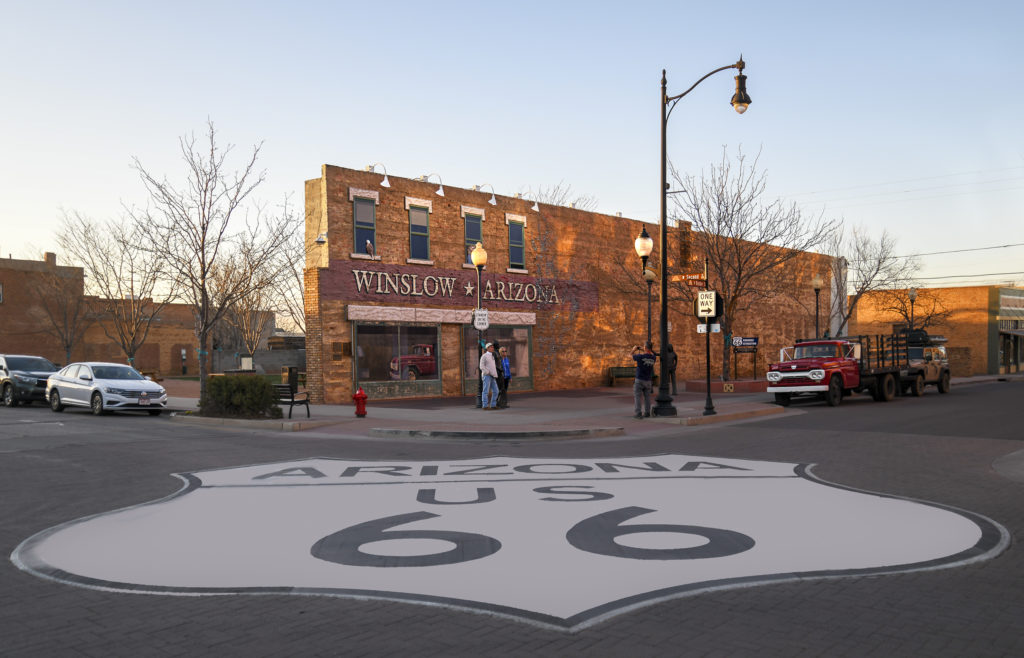
Tourists pose for a photo next a statue of Jackson Browne.
The Route 66 town of Winslow fully embraces the Rock lore and legend created by The Eagles in their song Take It Easy.
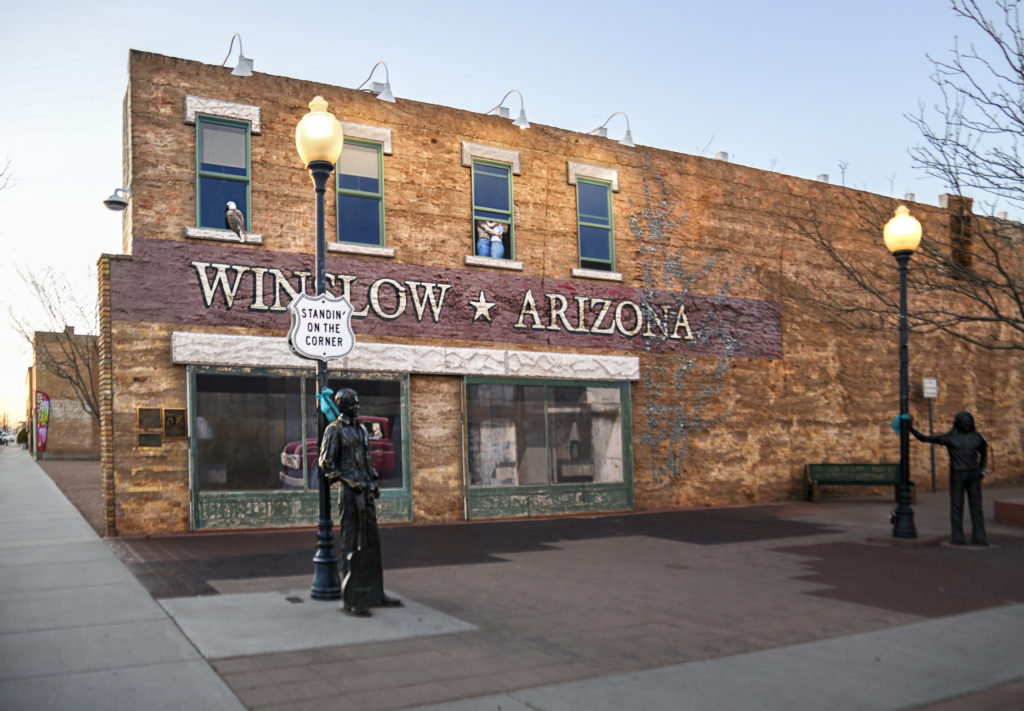
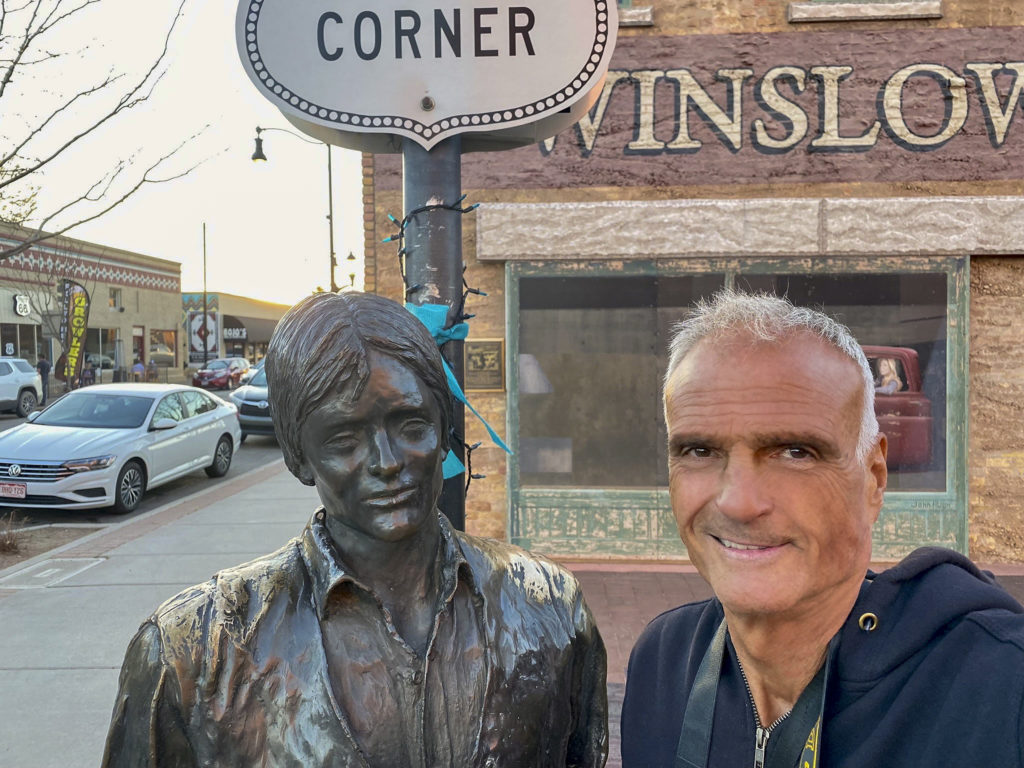
Well, I’m a standing on a corner in Winslow, Arizona
And such a fine sight to see
It’s a girl, my Lord, in a flatbed Ford
Slowin’ down to take a look at me…
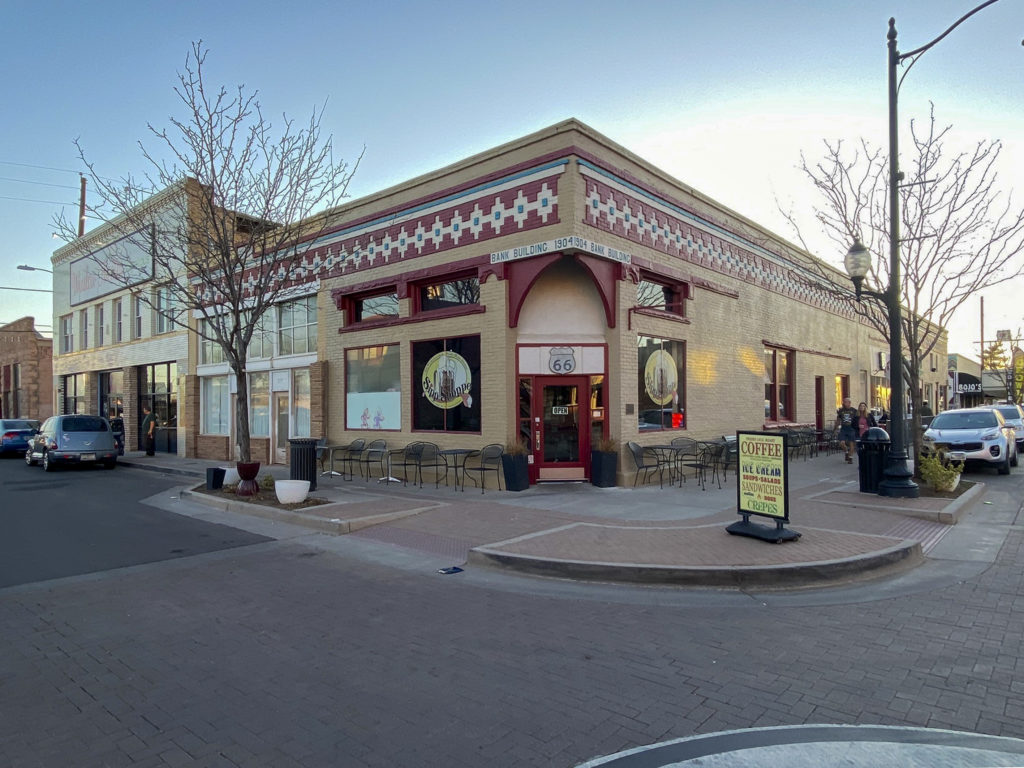
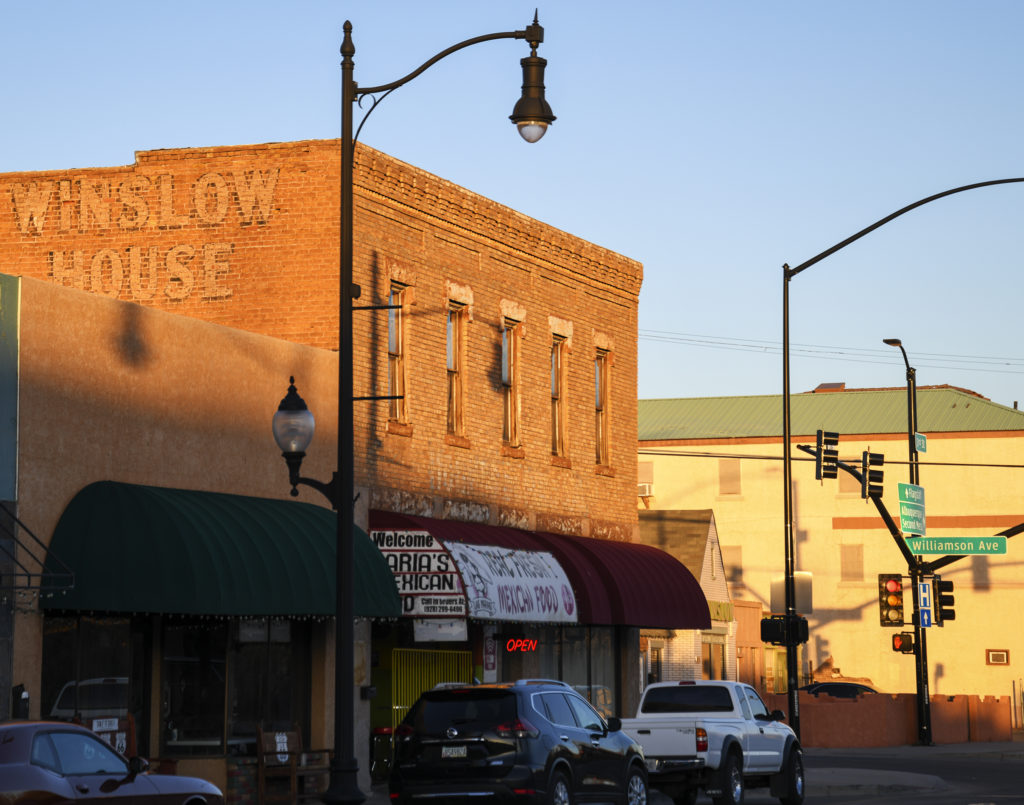
The 1914 Thomas Dye Building East with its Winslow House ghost sign. This building was originally a mercantile company. On May 26, 1939, this building became the first Spanish-speaking movie theater, the Chief Theater, in Northern Arizona. The projection room is still intact in the upper level.
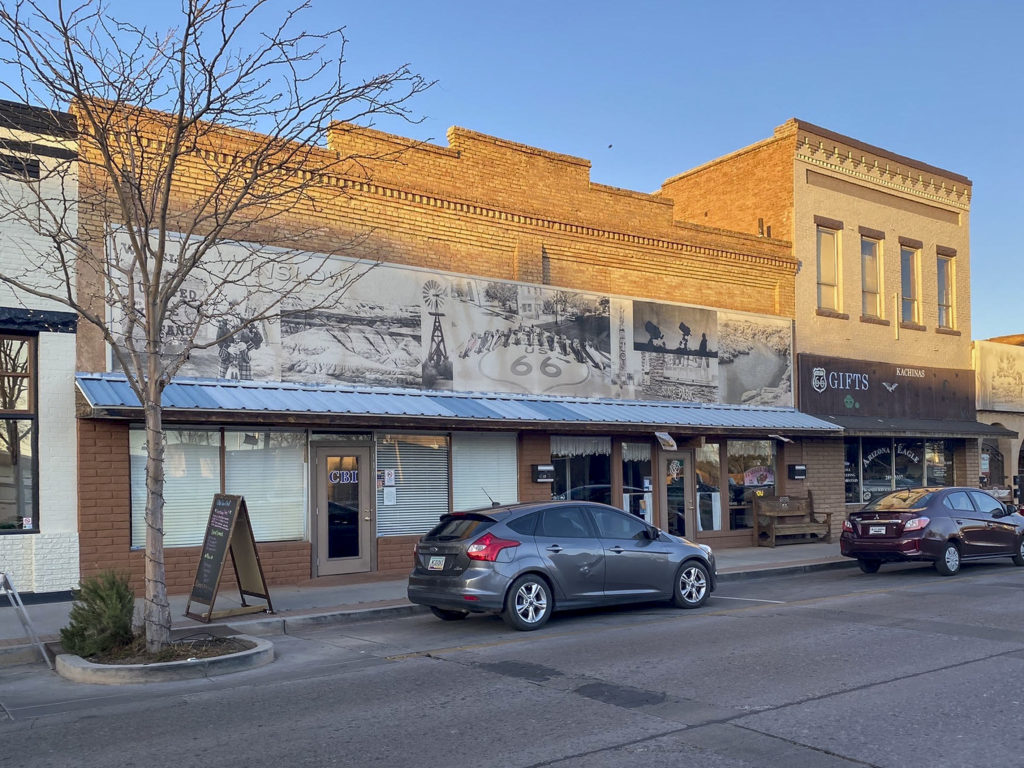
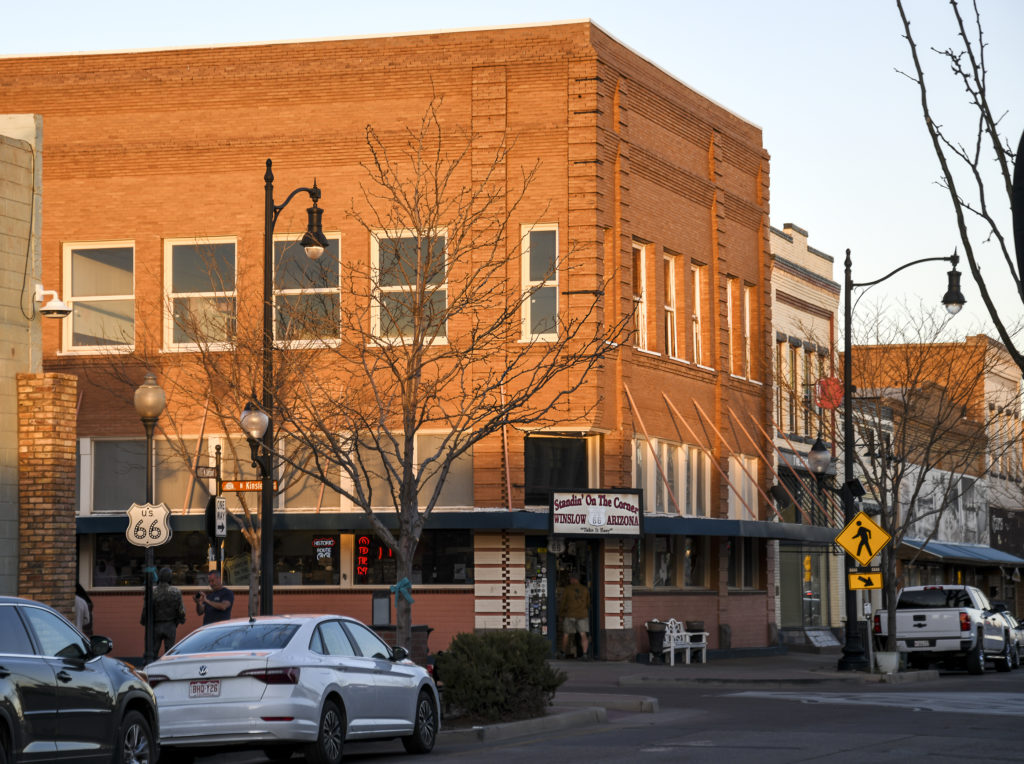
The 1912 Elks Building. It stands across the street from the Standing On The Corner exhibit and park, and the statues of Jackson Browne and Glenn Frey. It’s on the National Register of Historic Sites.
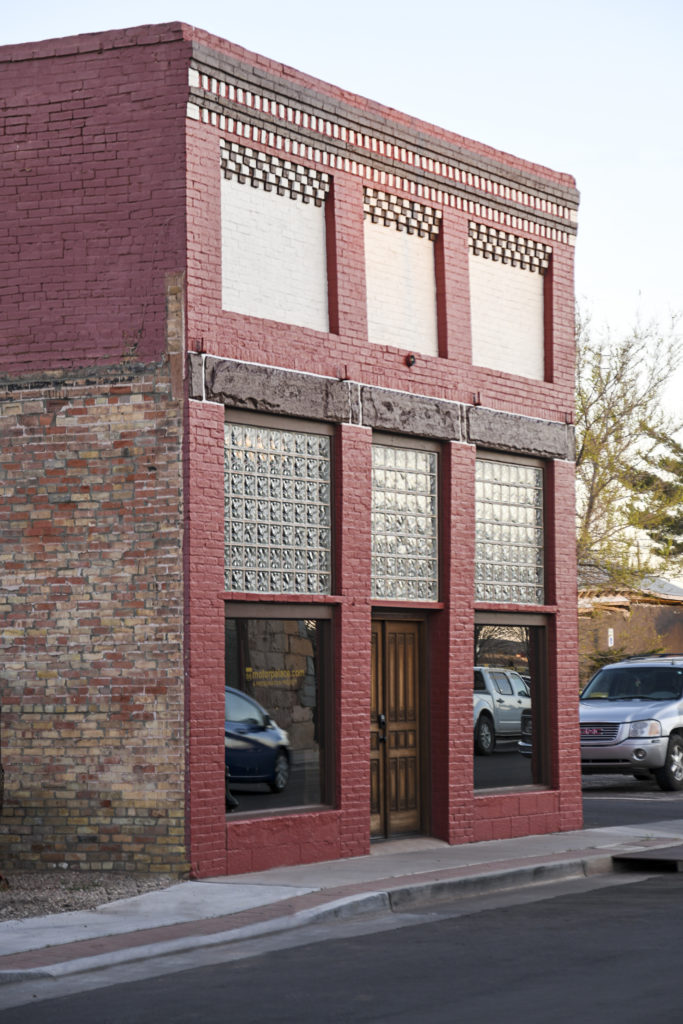
66 Motor Palace – a former pool hall, motorcycle shop, and notorious “after hours club,” Today the Motor Palace is a personal residence and preservation project.
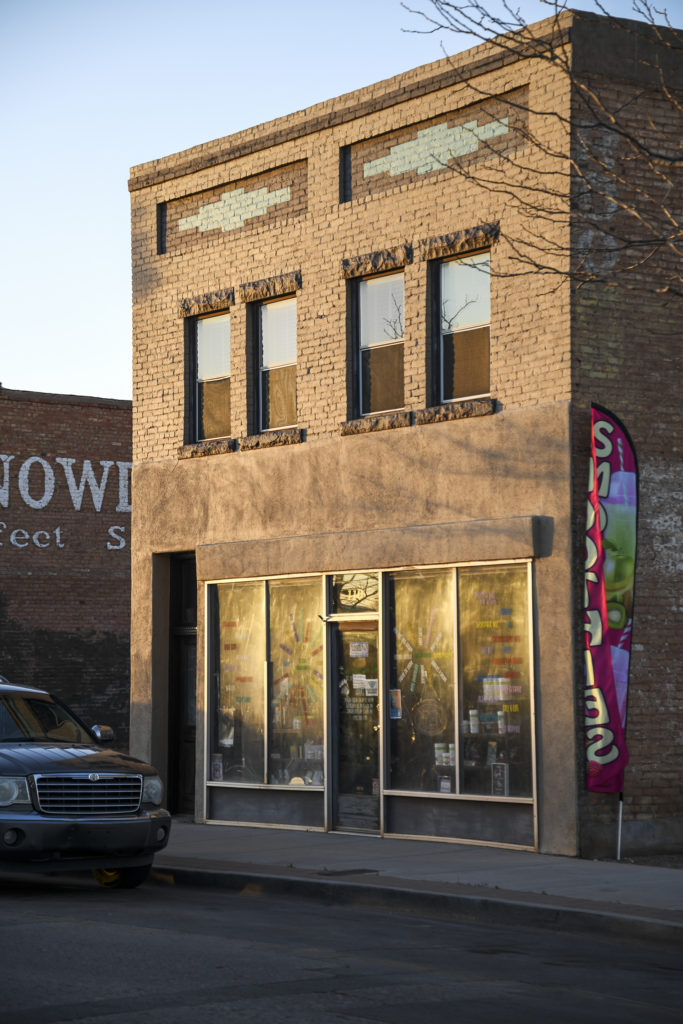
Park Place Art Gallery. The building could use some window restoration…
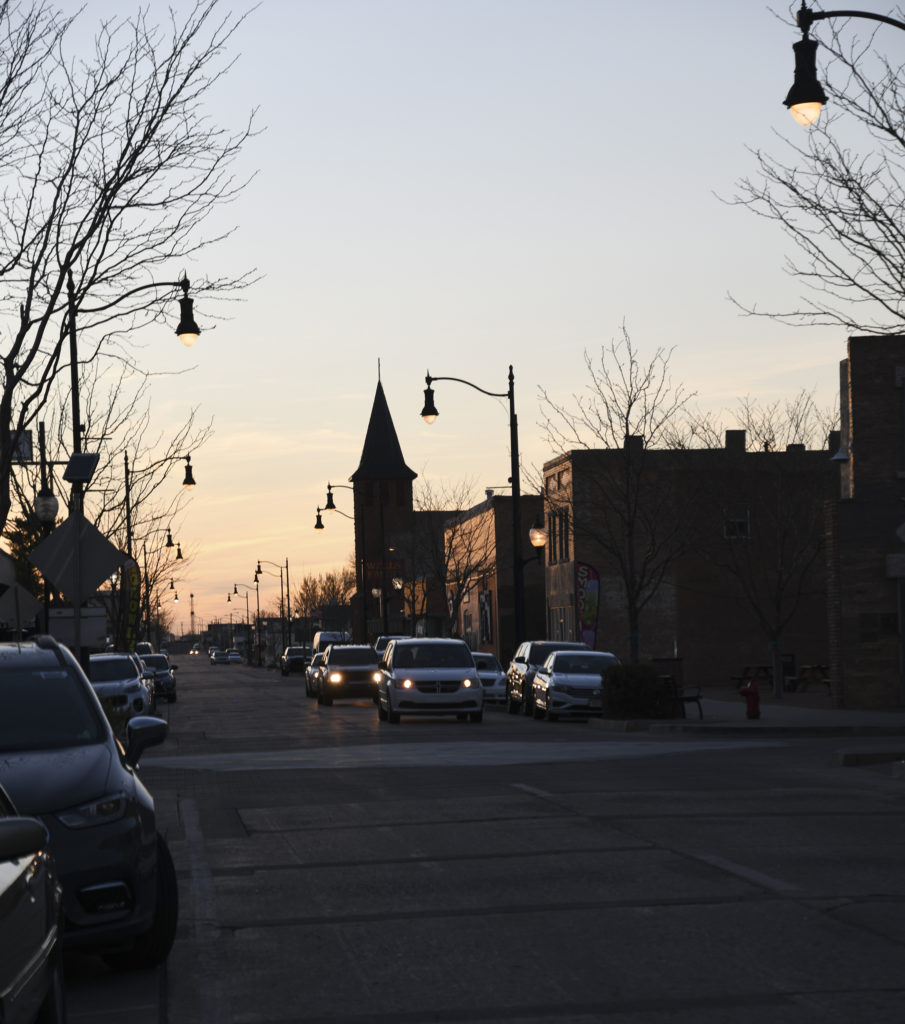
Heading out of town at dusk.
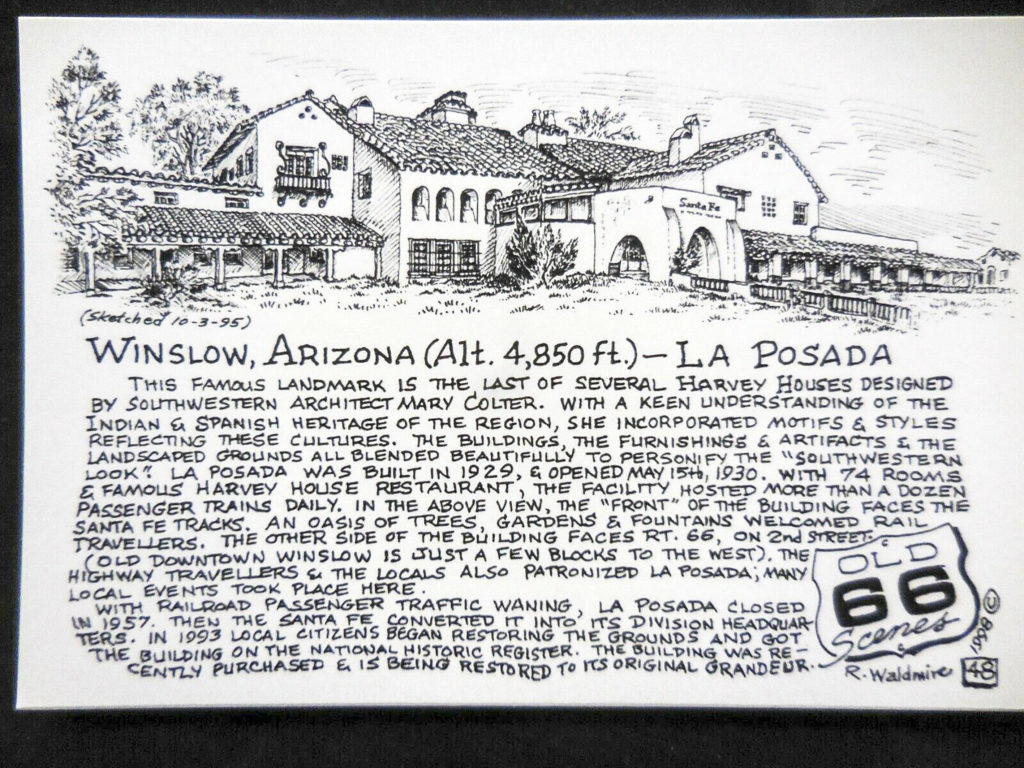
For next time. I missed it this time – once the sun went down I headed out of town. Definitely should have spent the night – at La Posada!

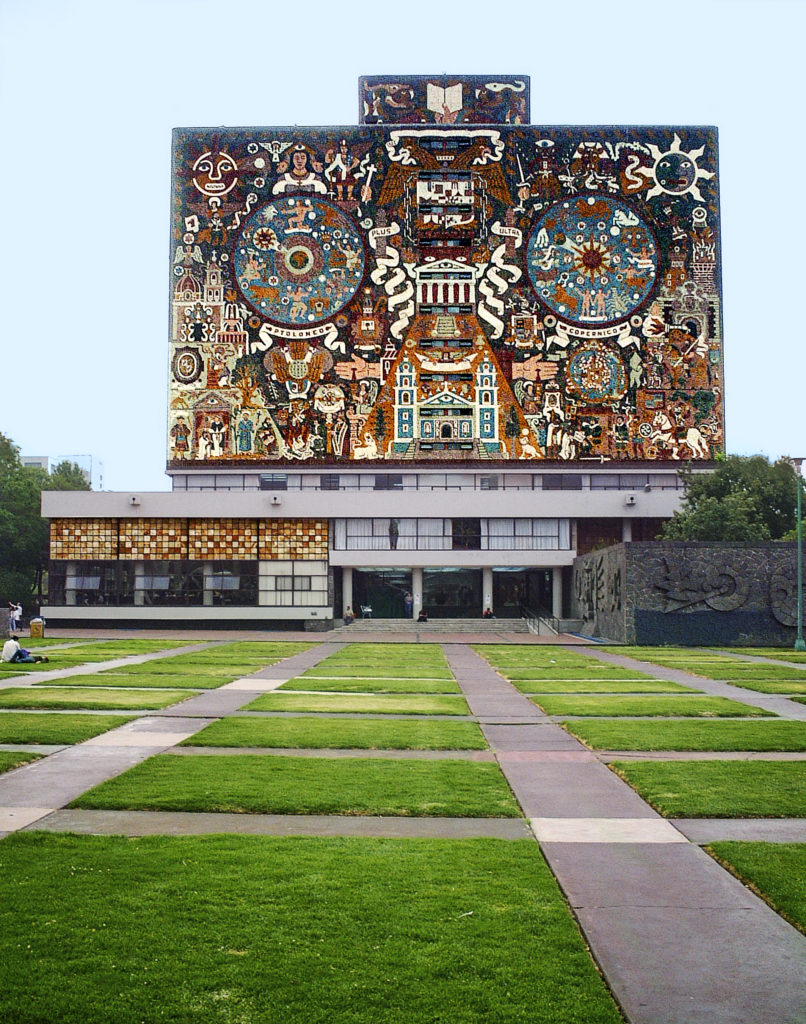
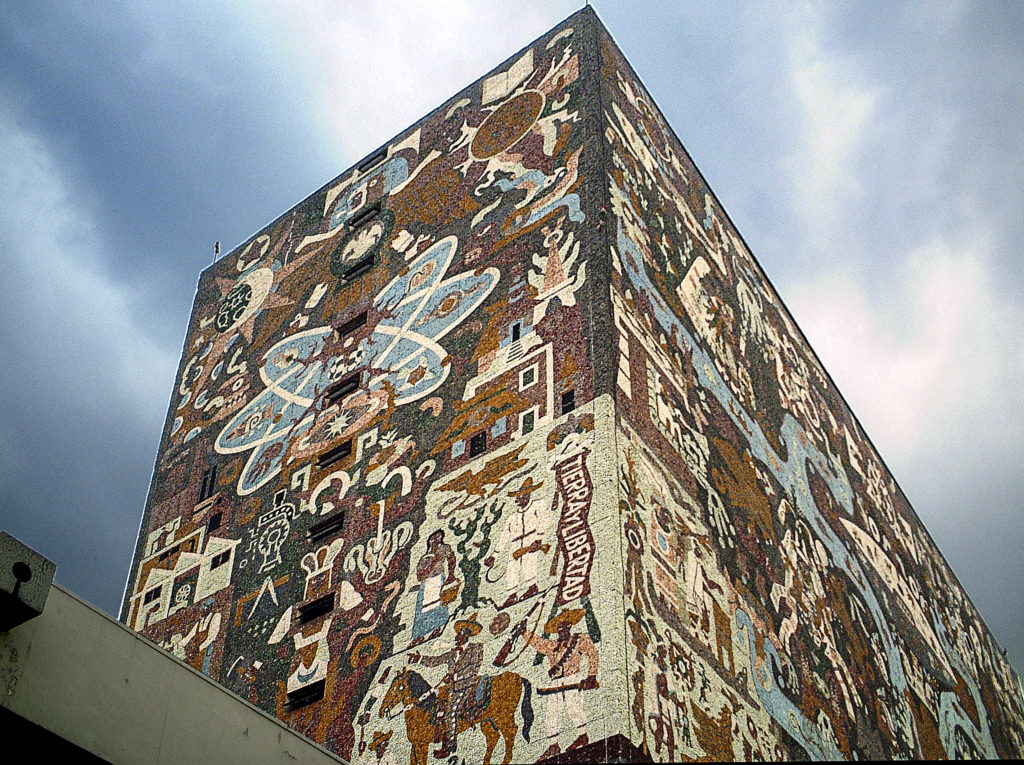
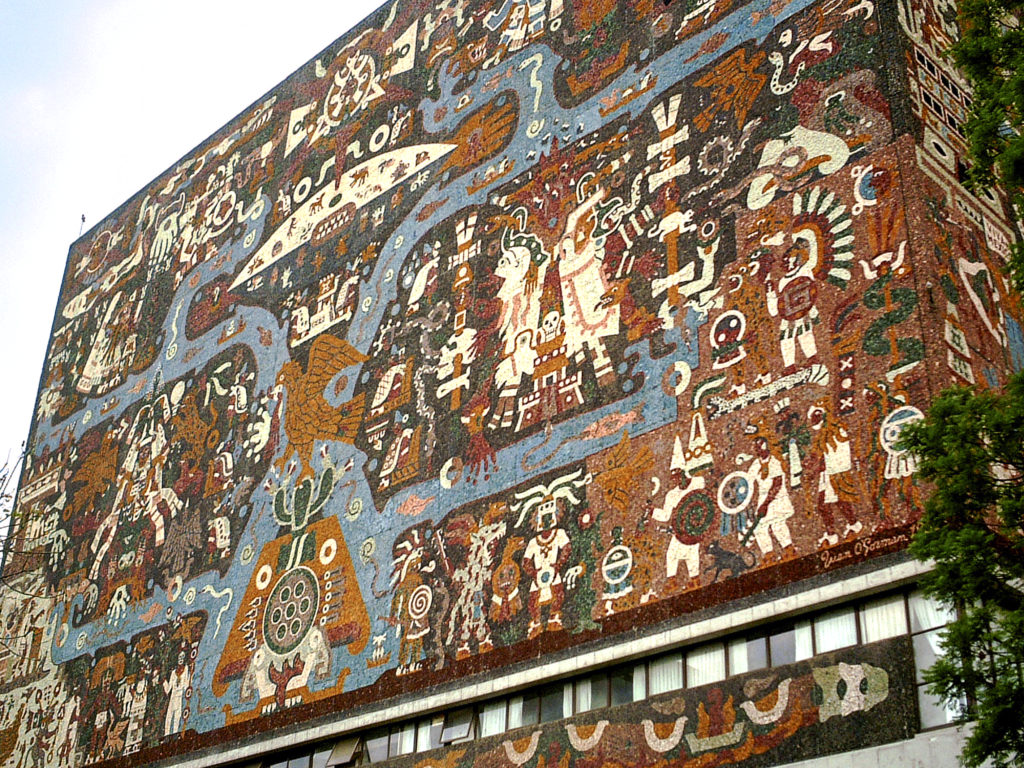
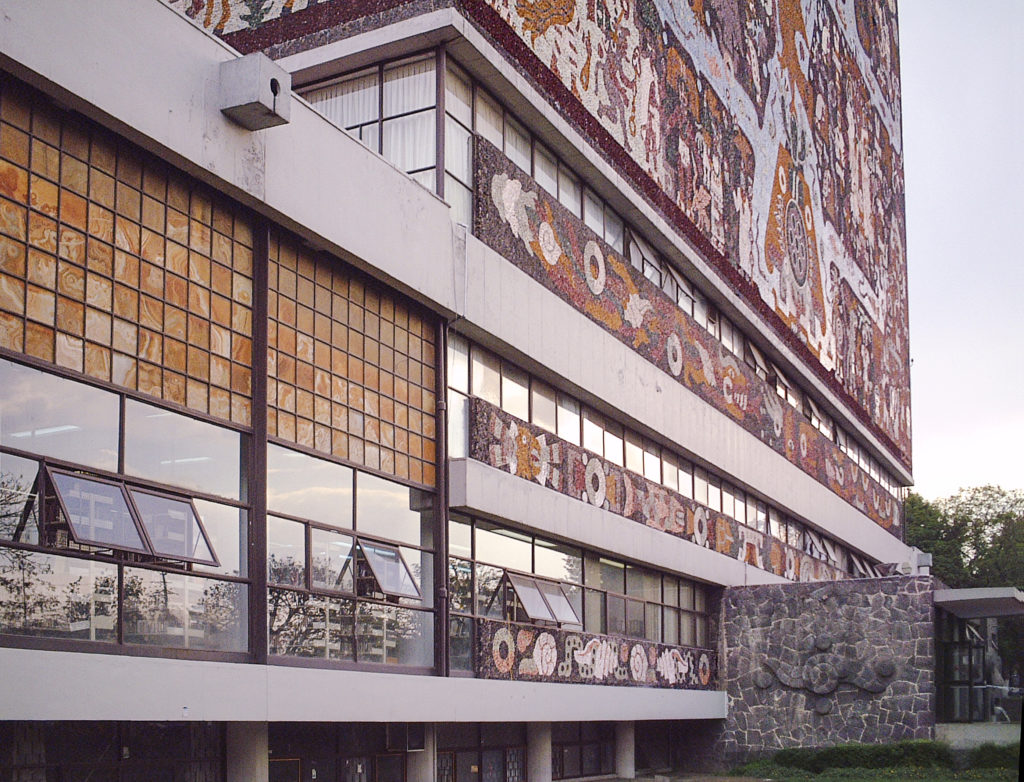

From San Diego to El Centro to Gila Bend to I 17 up to Flagstaff
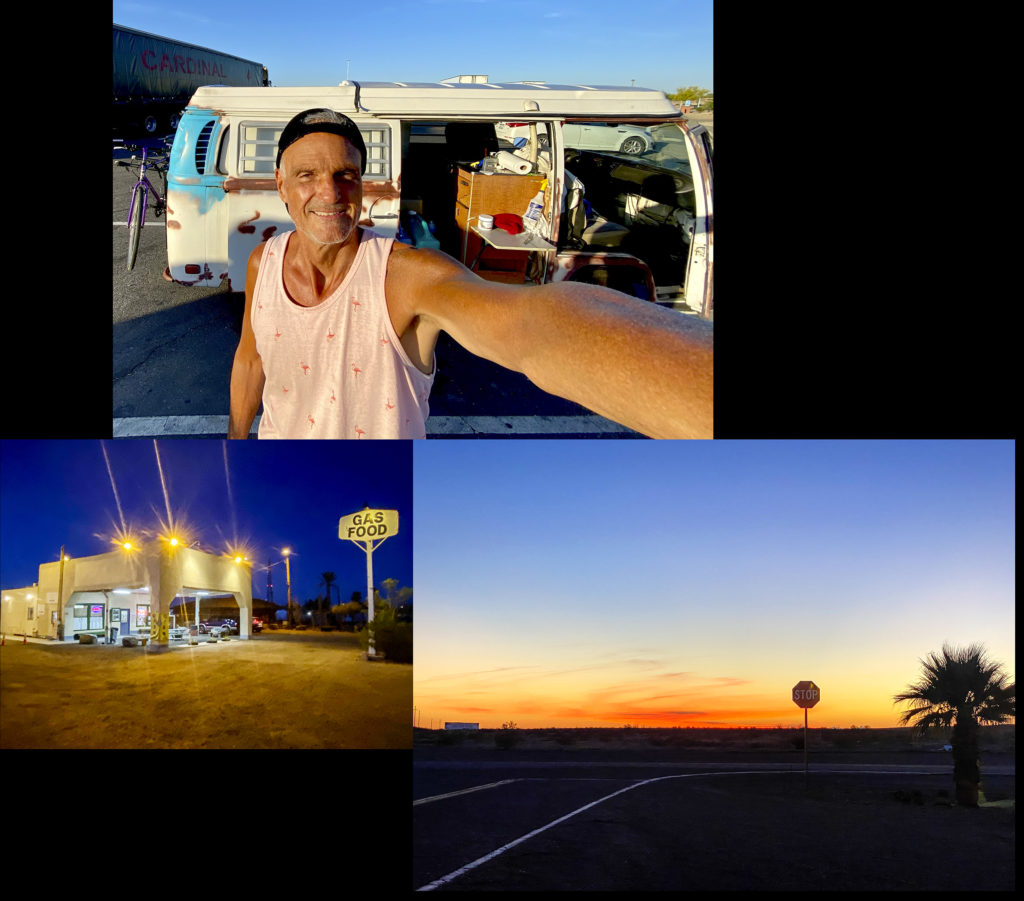
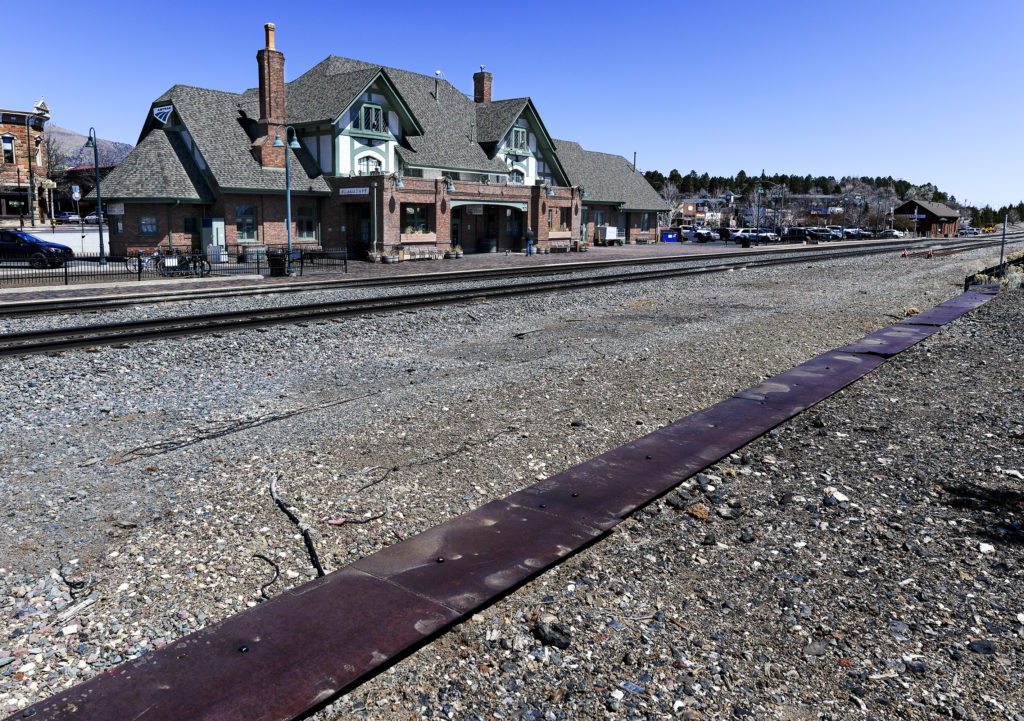
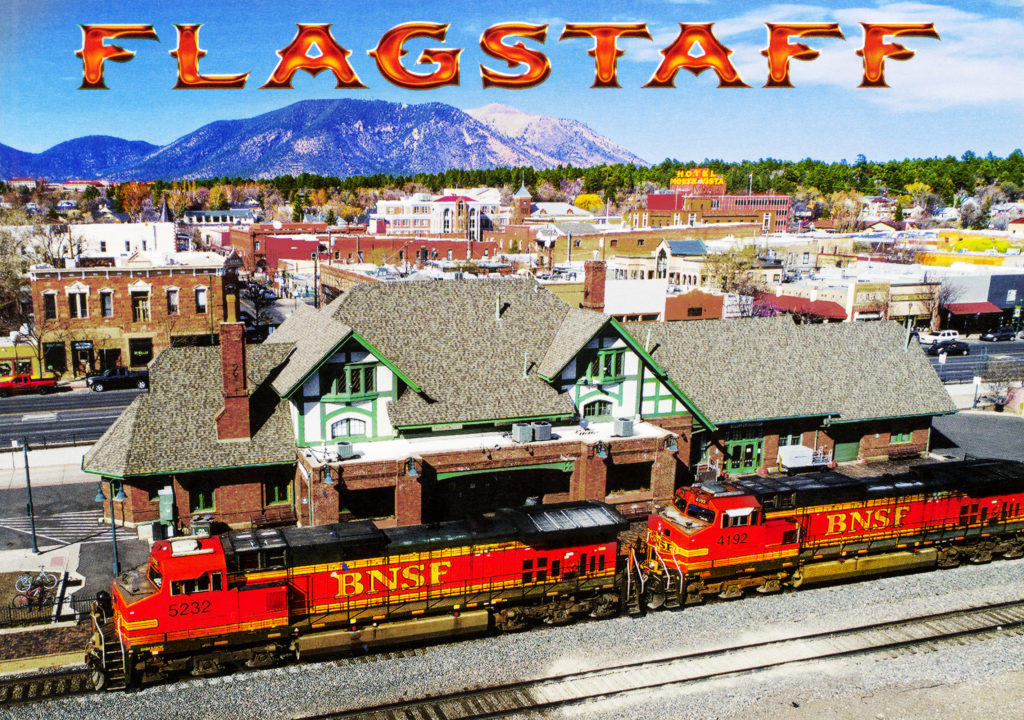
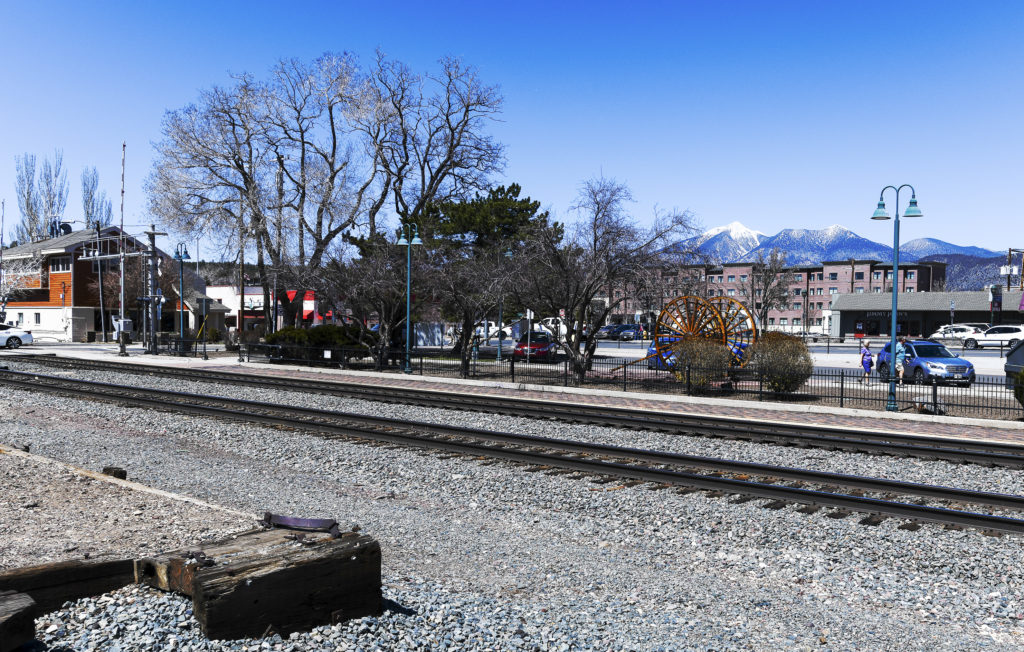
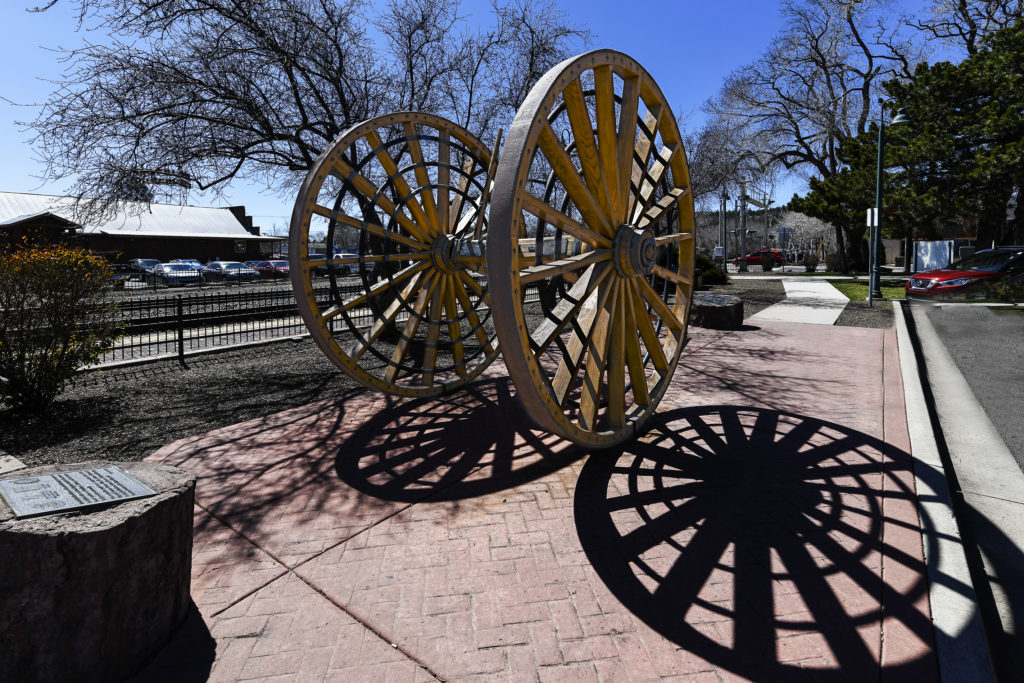
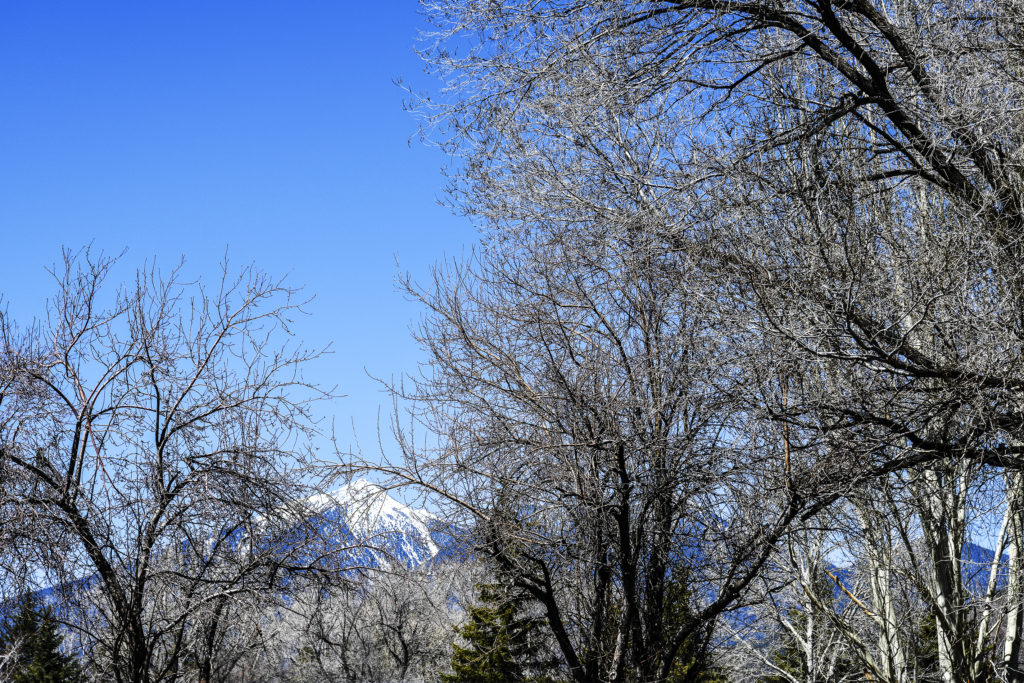
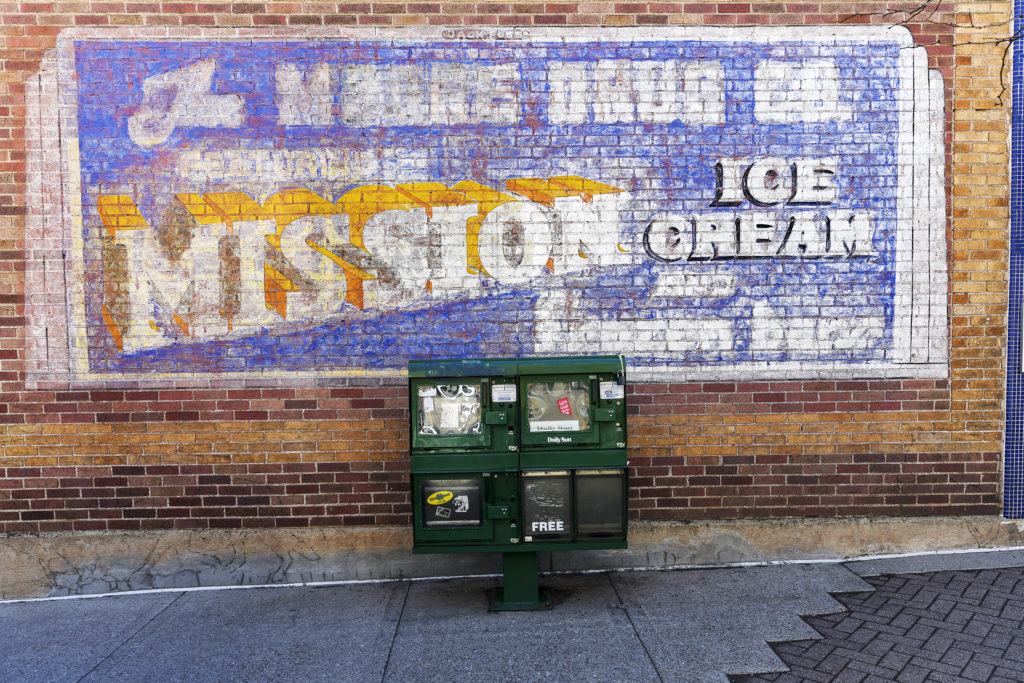
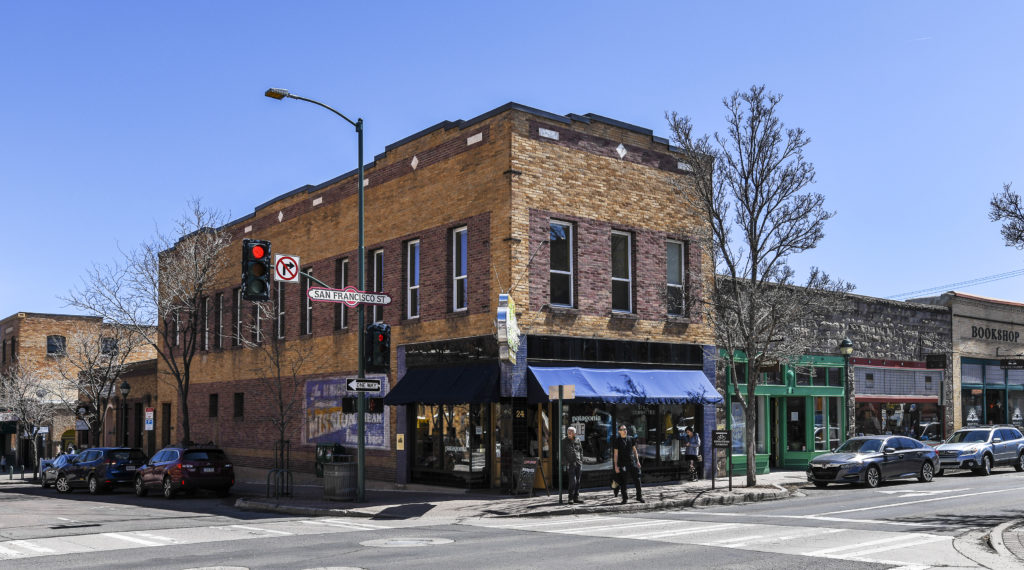
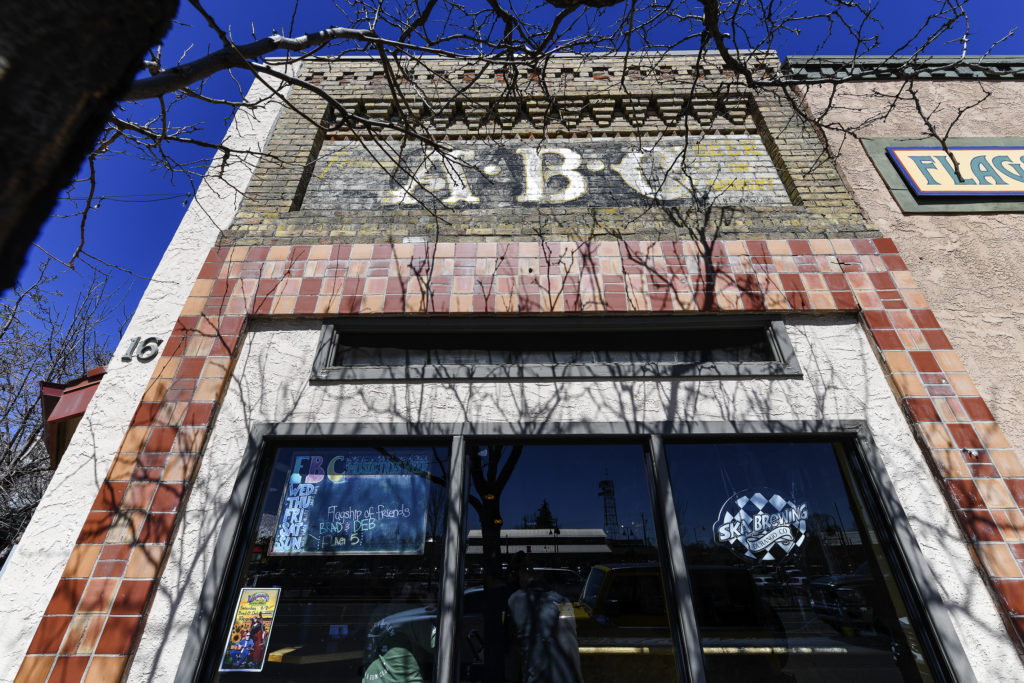
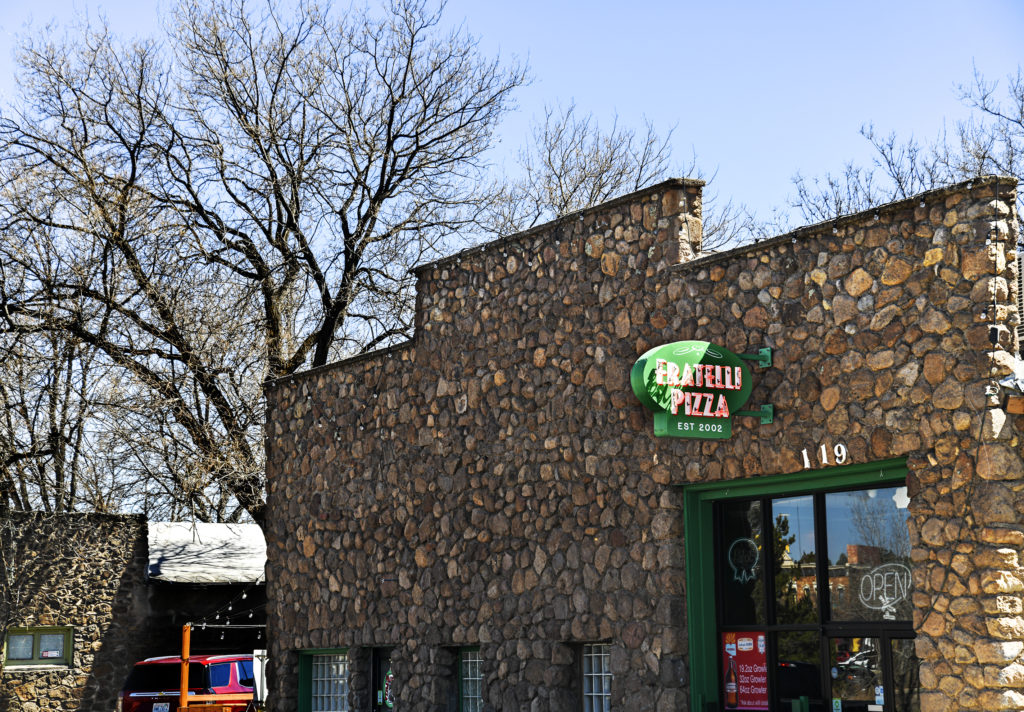
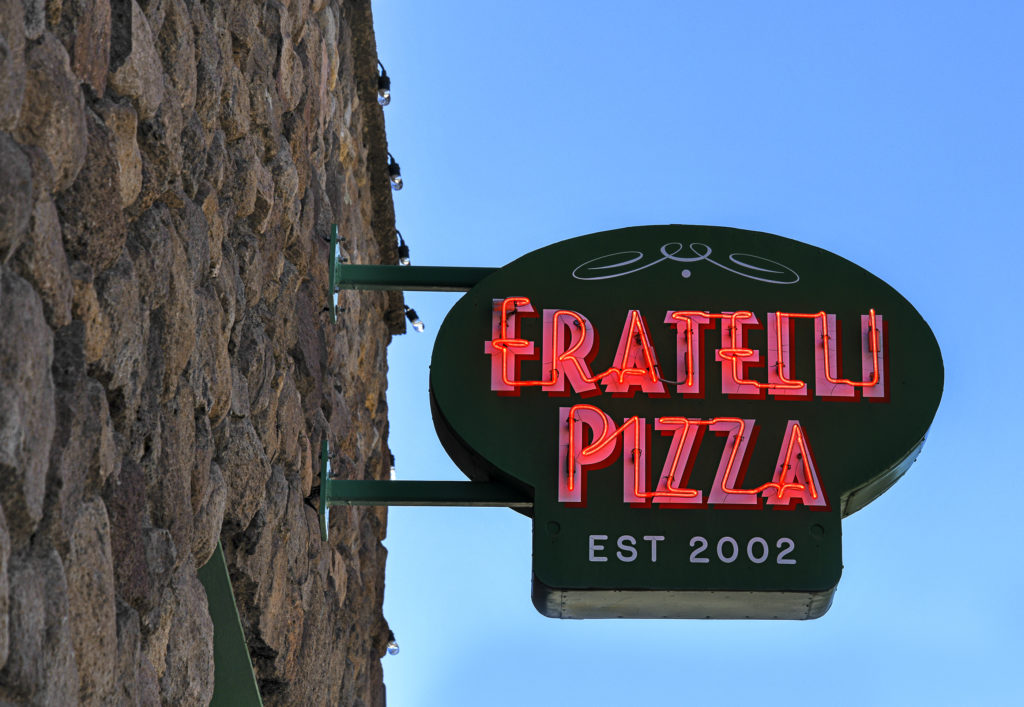
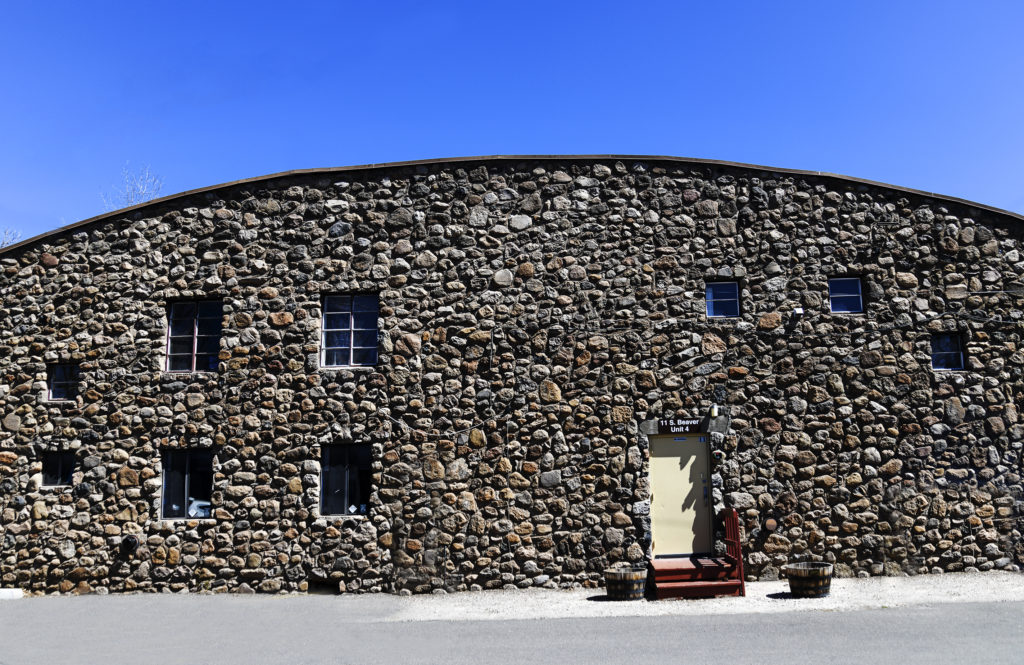
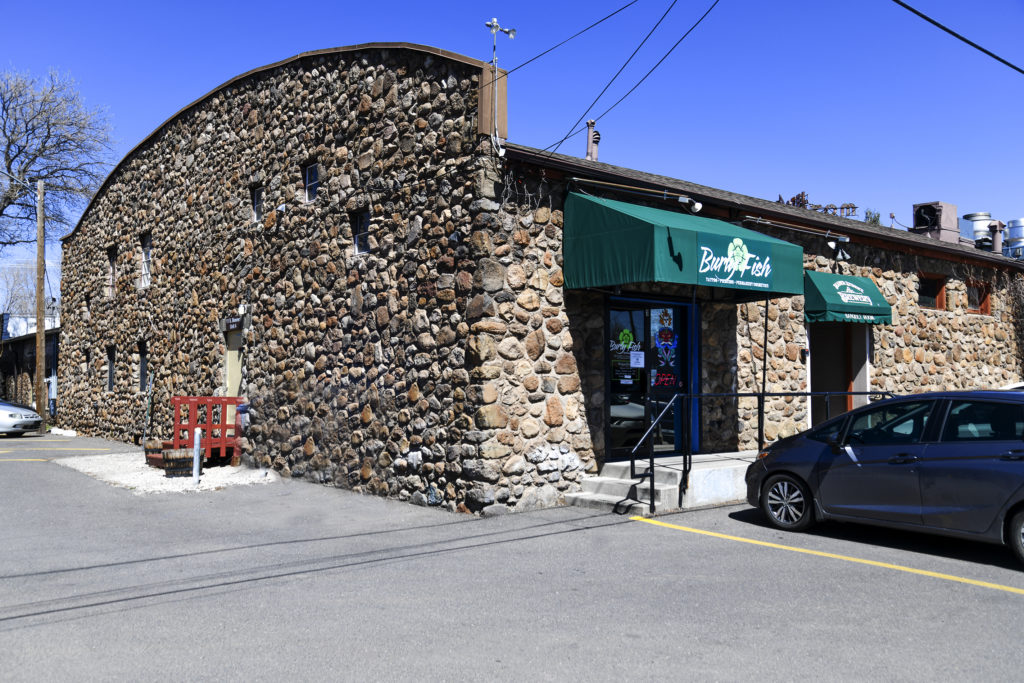
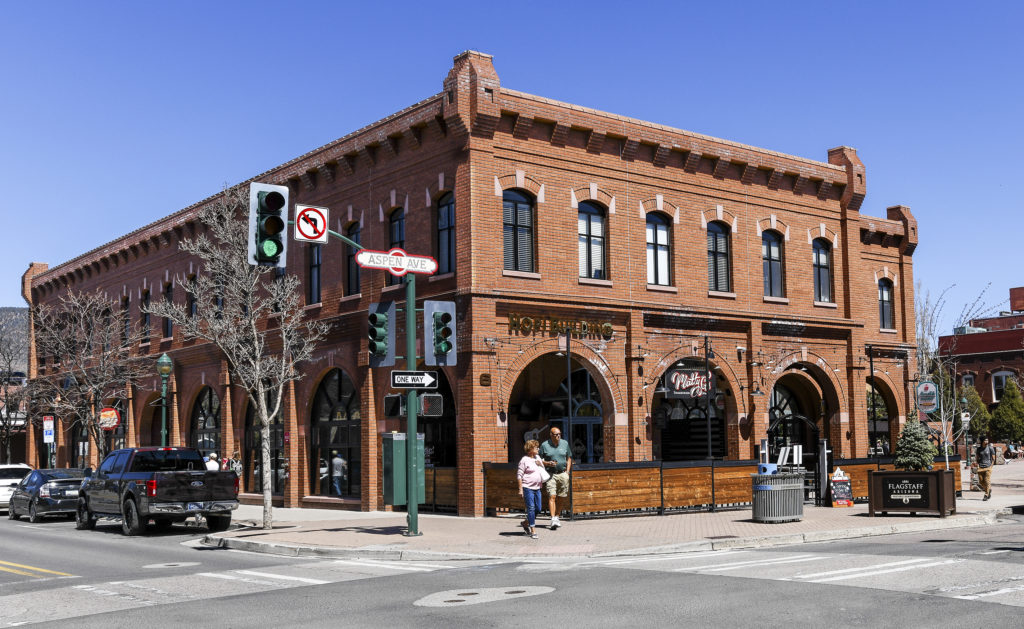
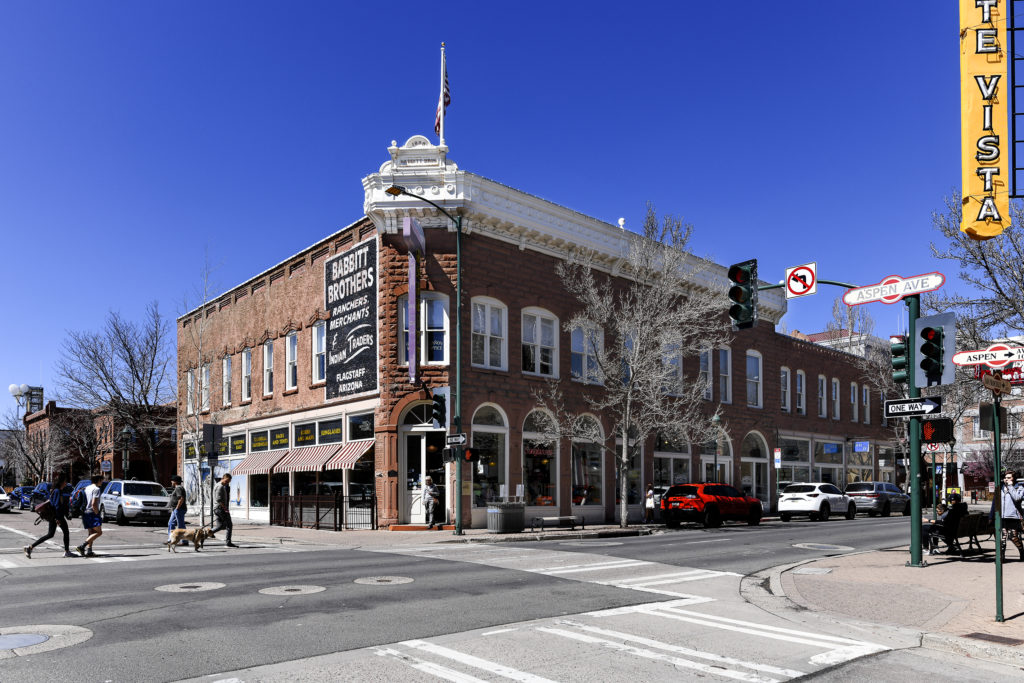
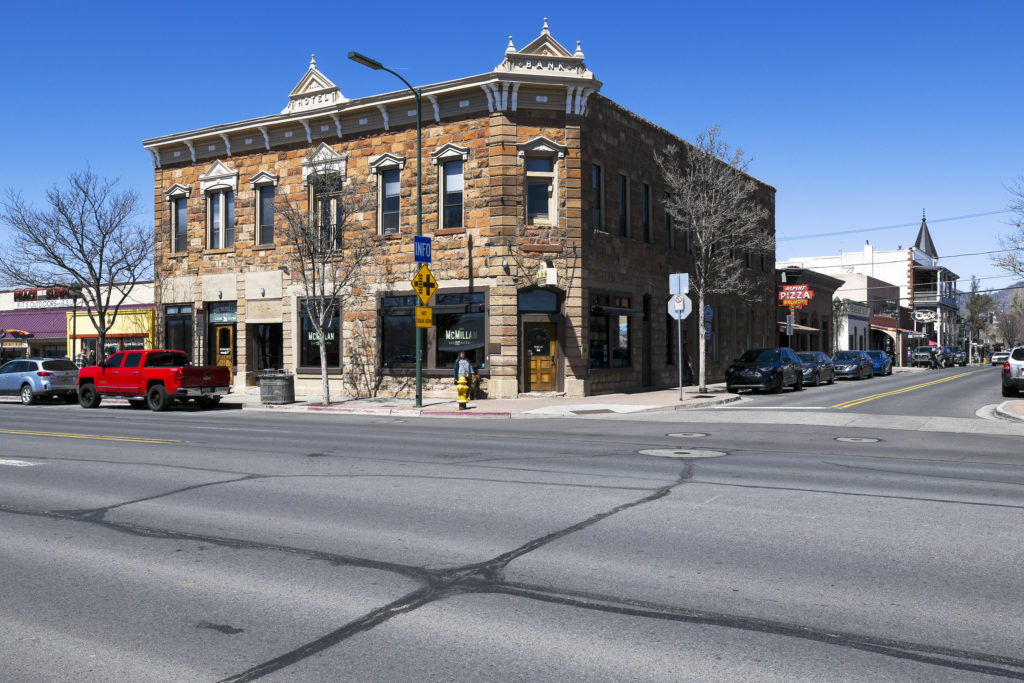
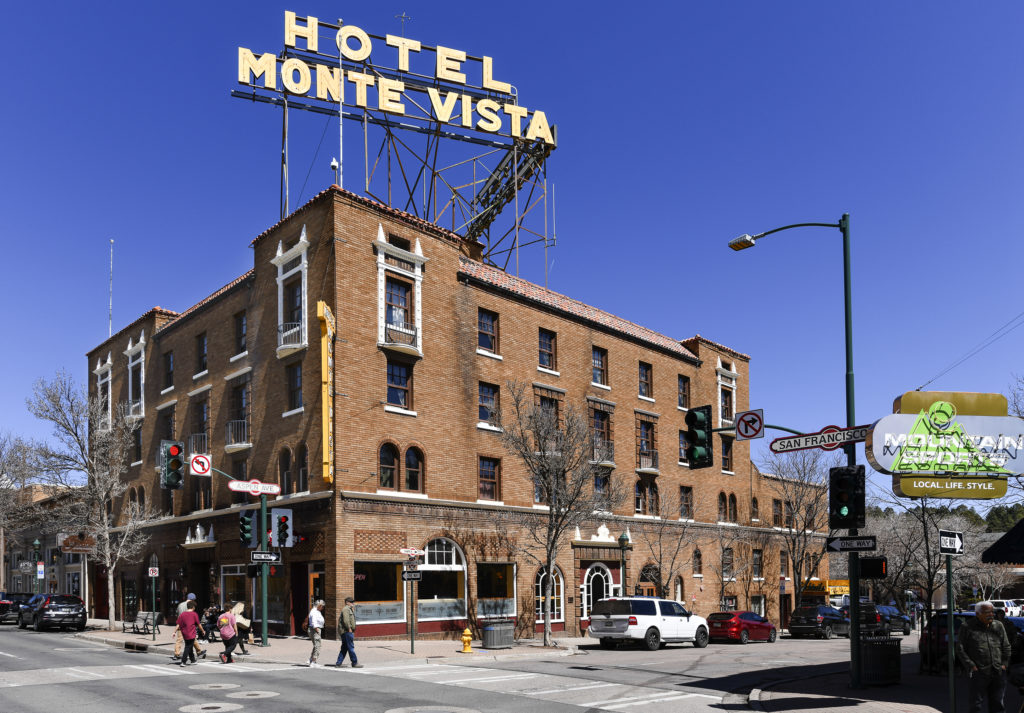
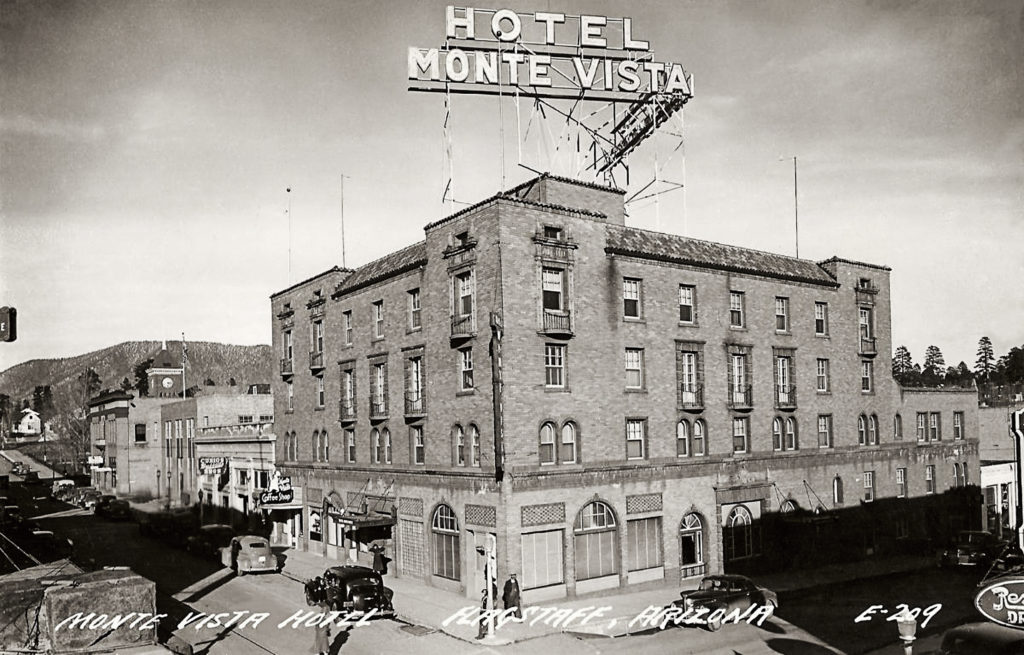
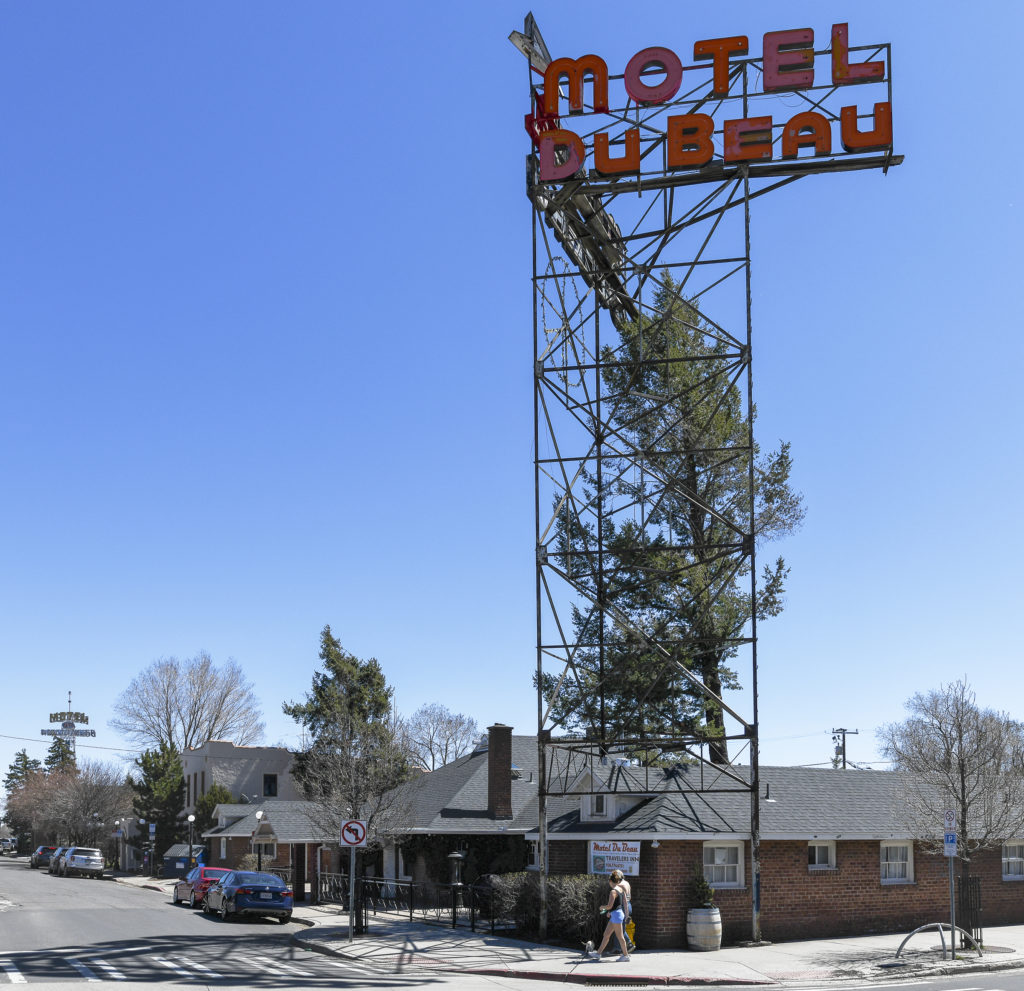
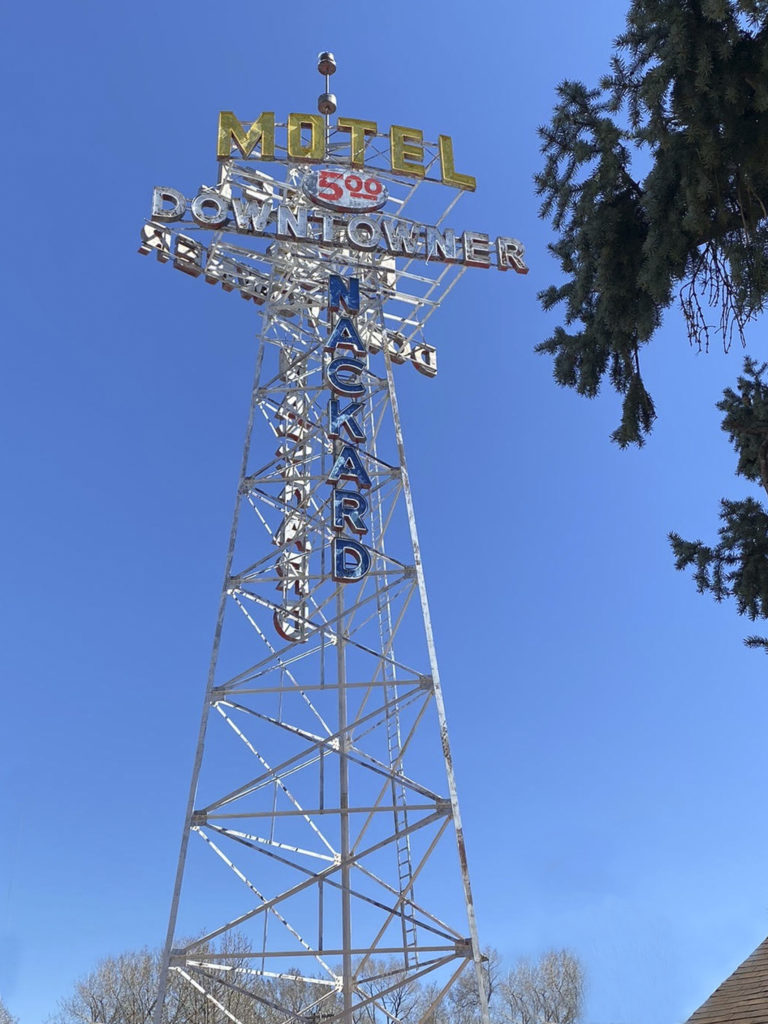
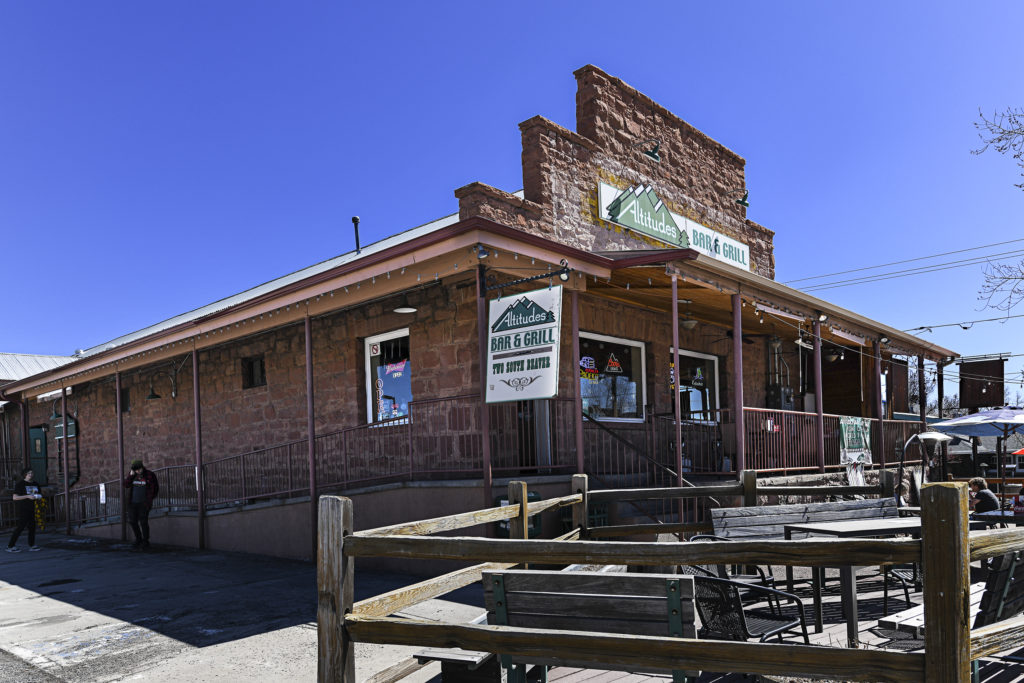
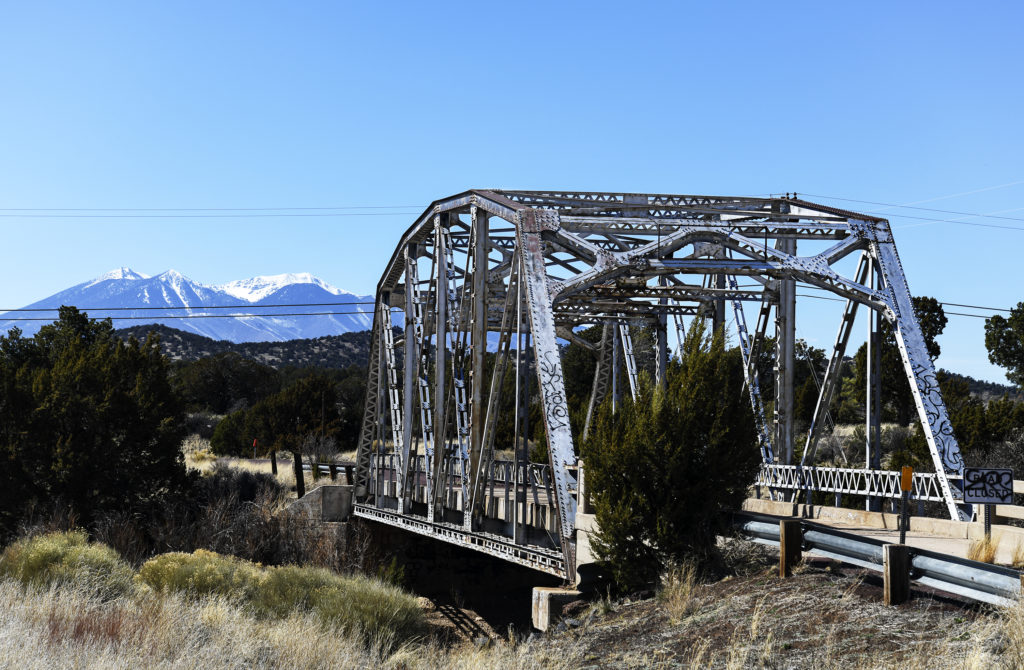
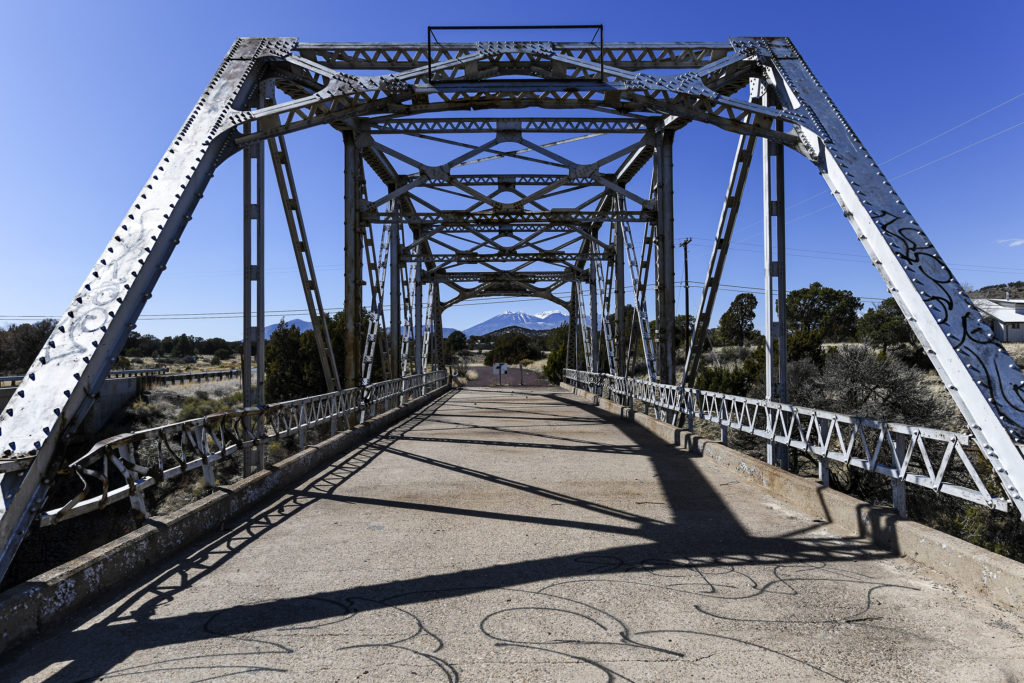
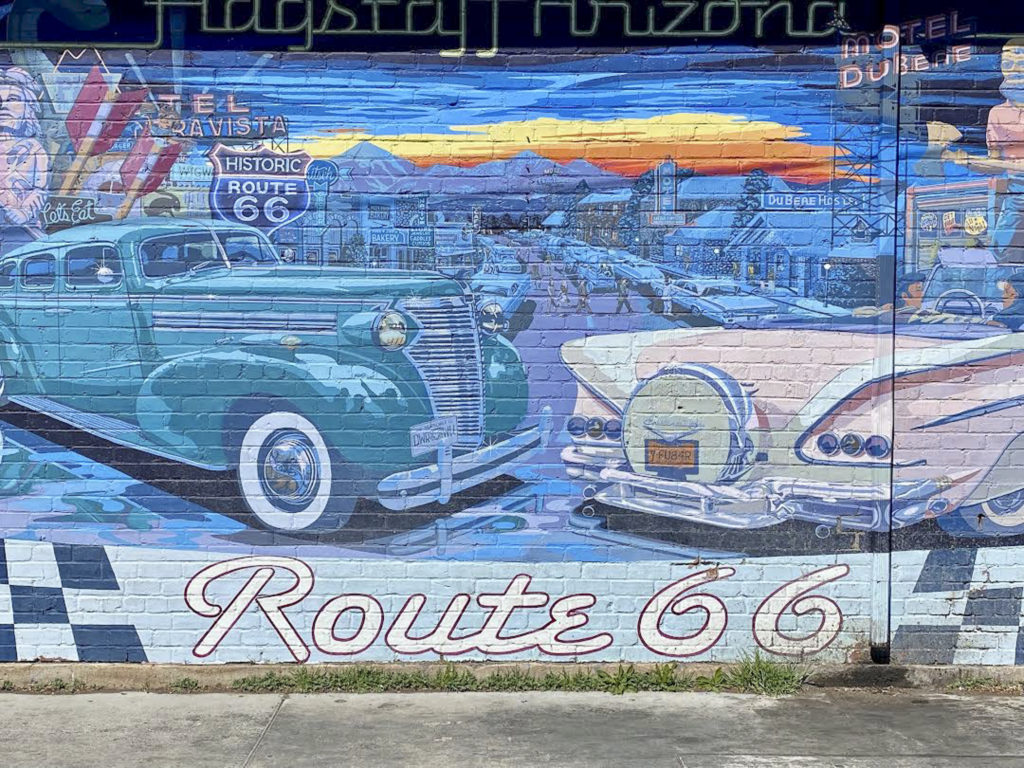
Route 66 Road Trip…to be continued.

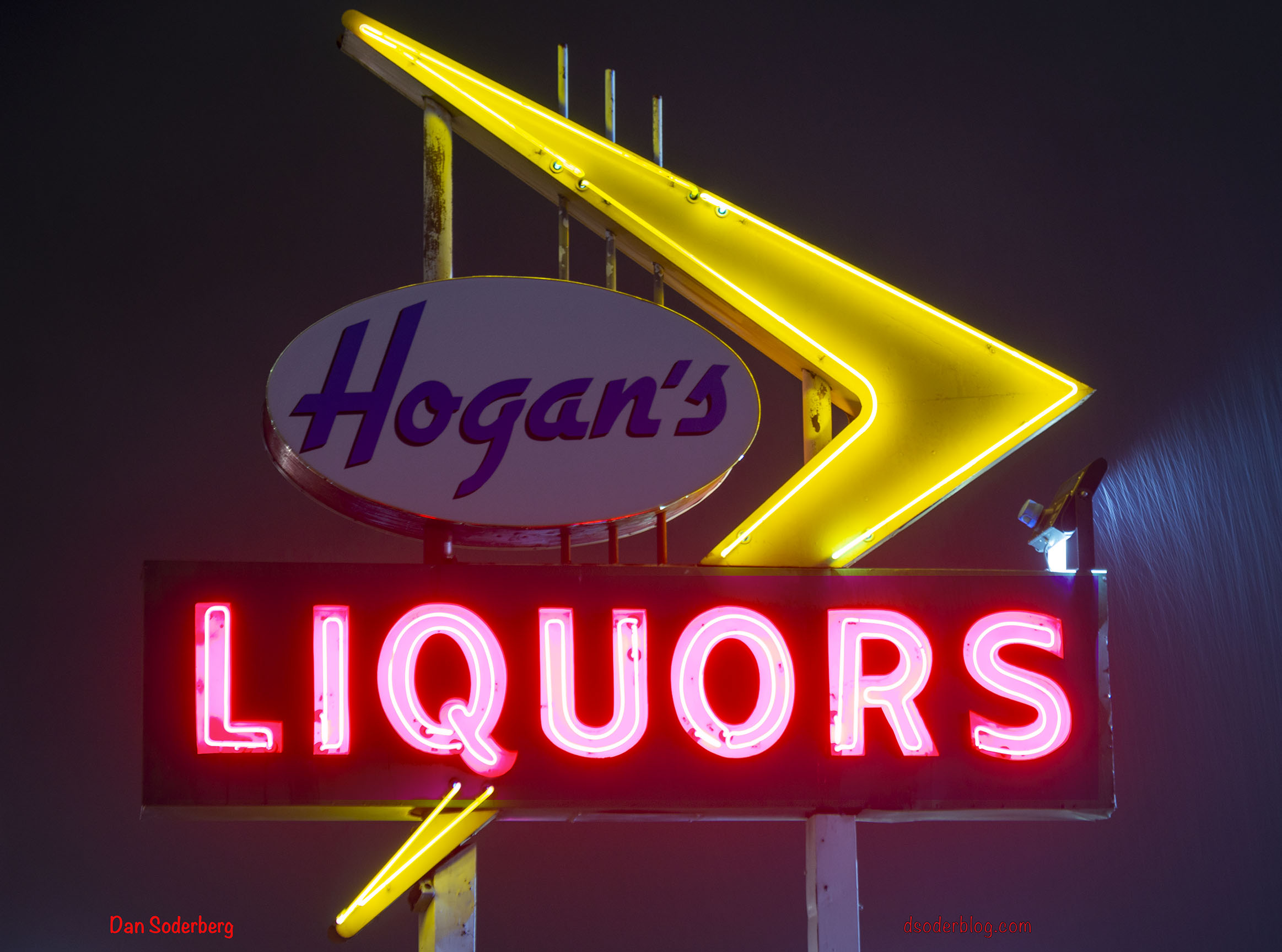

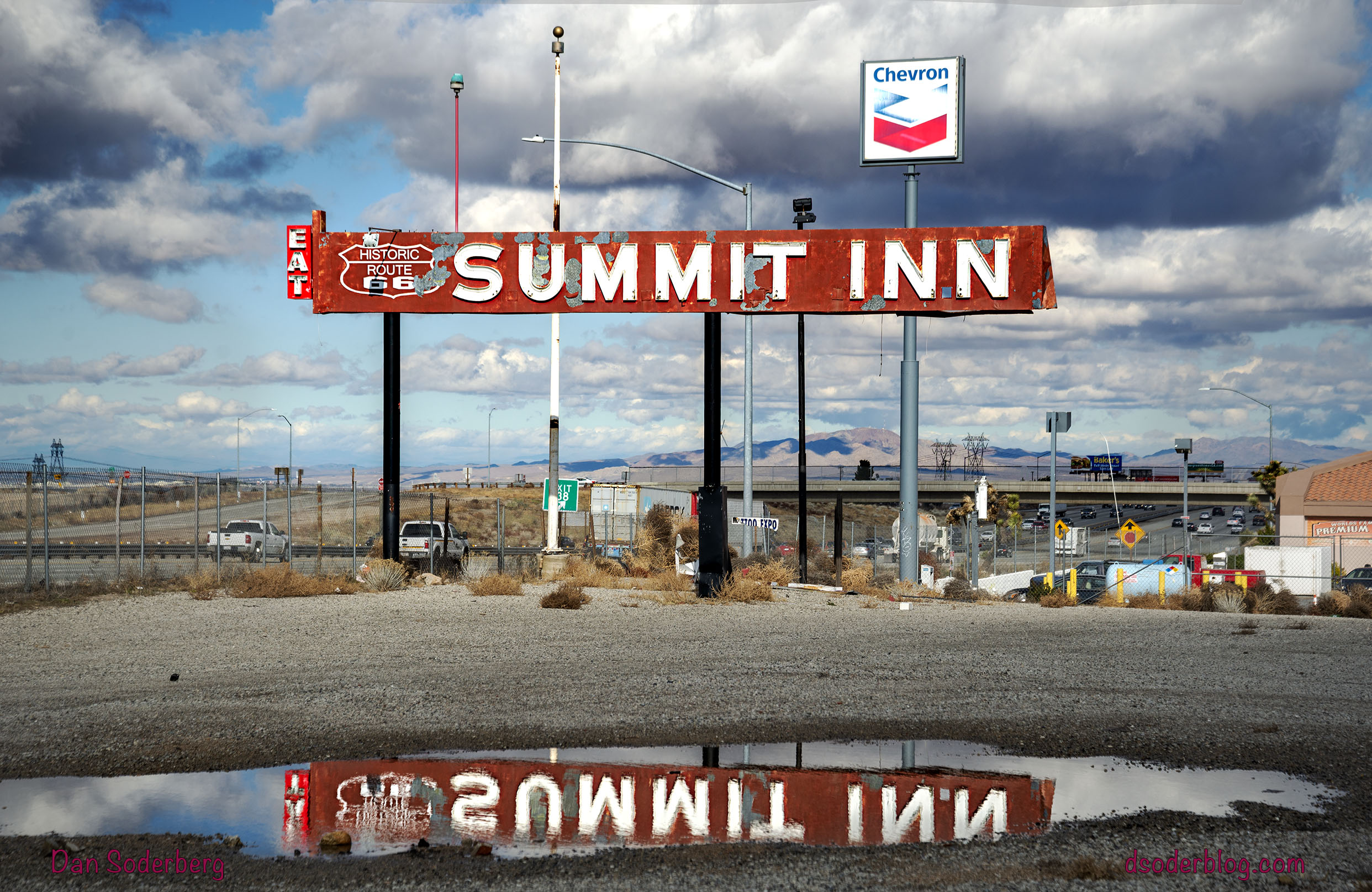
Only a puddle remains where the historic Summit Inn diner once stood. One of the most recognized roadside landmarks in all of Southern California, this beloved diner burnt to the ground during the Blue Cut Wildfires on August 16, 2016.
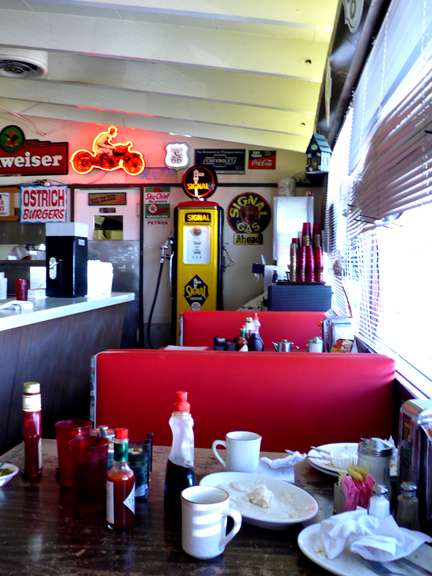
The history of Summit Inn dates back to 1928. It was replaced by the Summit Inn people remember today in 1952. A time when Route 66 flourished. Patron over the years include Elvis, Danny Thomas, Clint Eastwood, Pierce Brosmon, and Pearl Bailey, to mention a few.
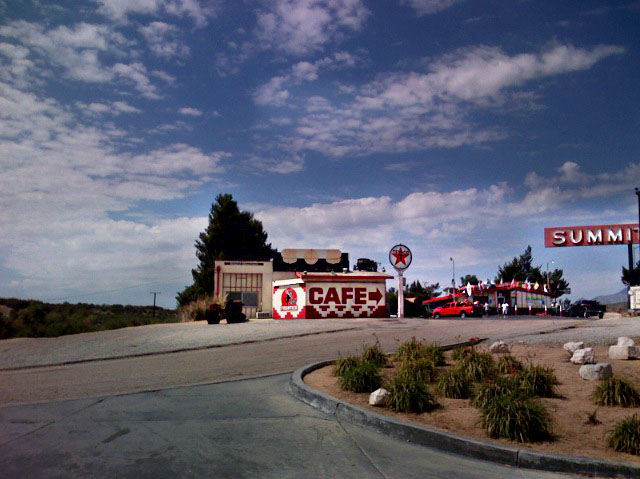
Nearly four years after it was destroyed it appears hope has faded for rebuilding. Early-on the owners vowed to rebuild. But conceivably the cost of clearing the site and removing contaminated toxic ground soil became cost prohibitive for rebuilding the Summit Inn.
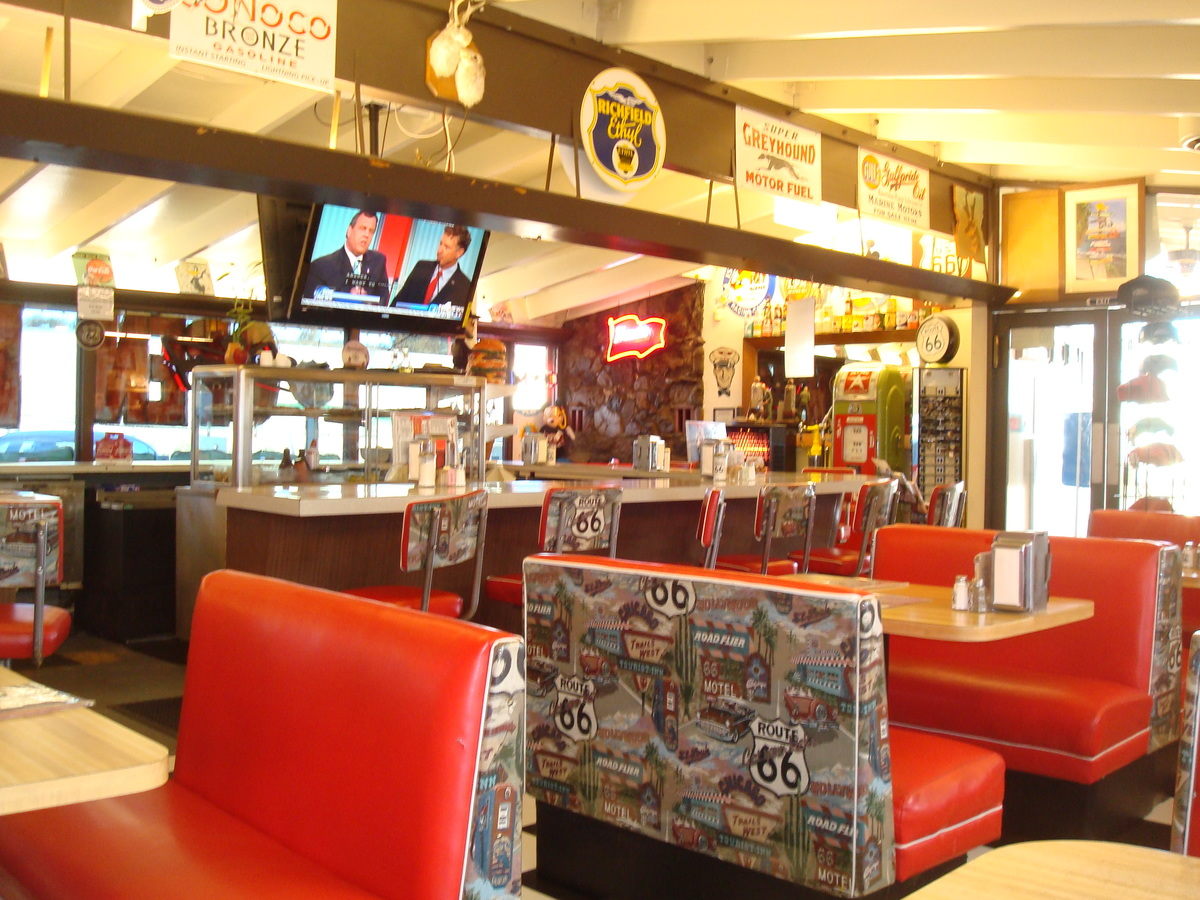

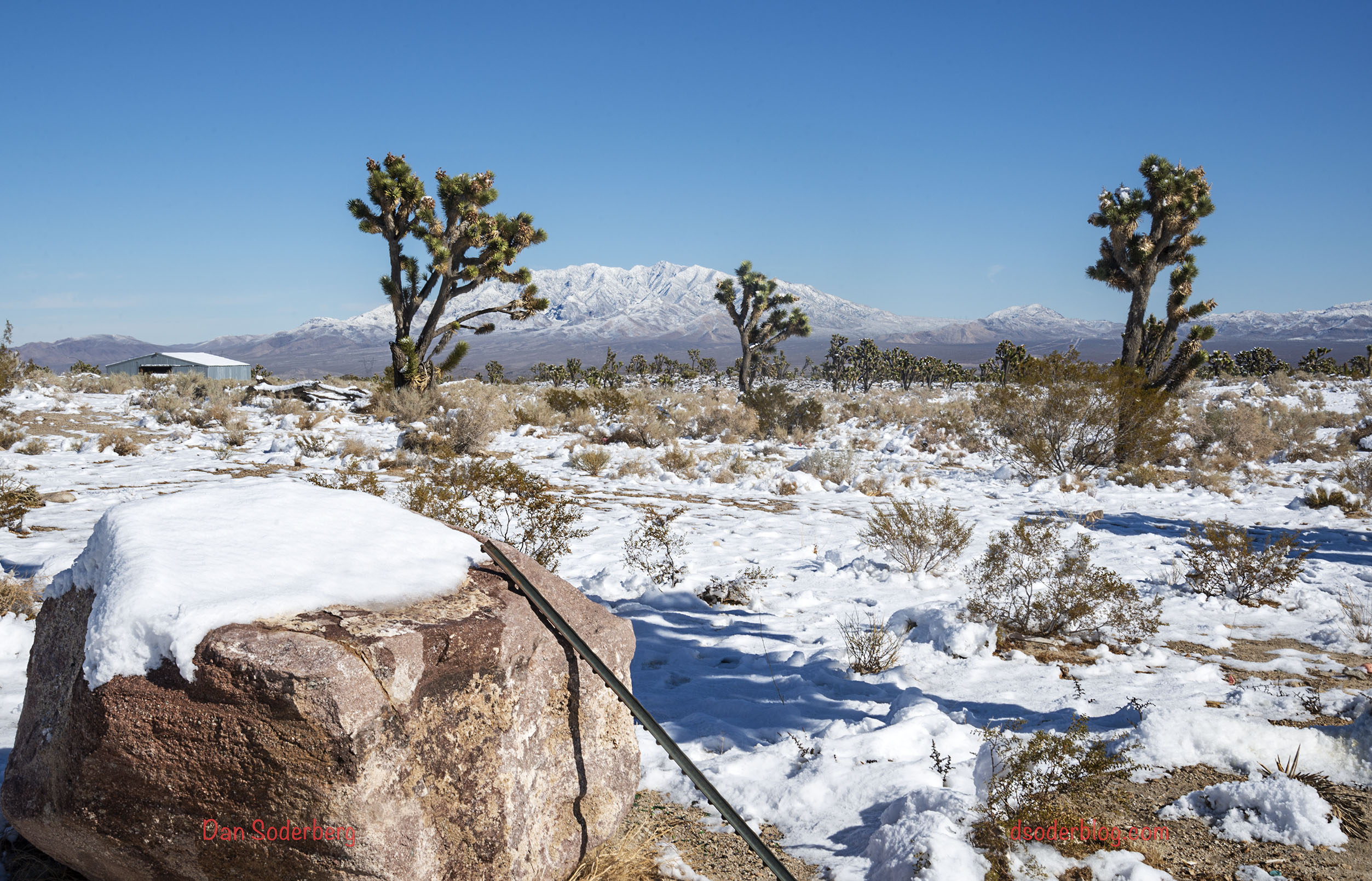
Waking up to a winter wonderland in the Mojave on November 30, 2019 as I was VW Kombi camping and road tripping.
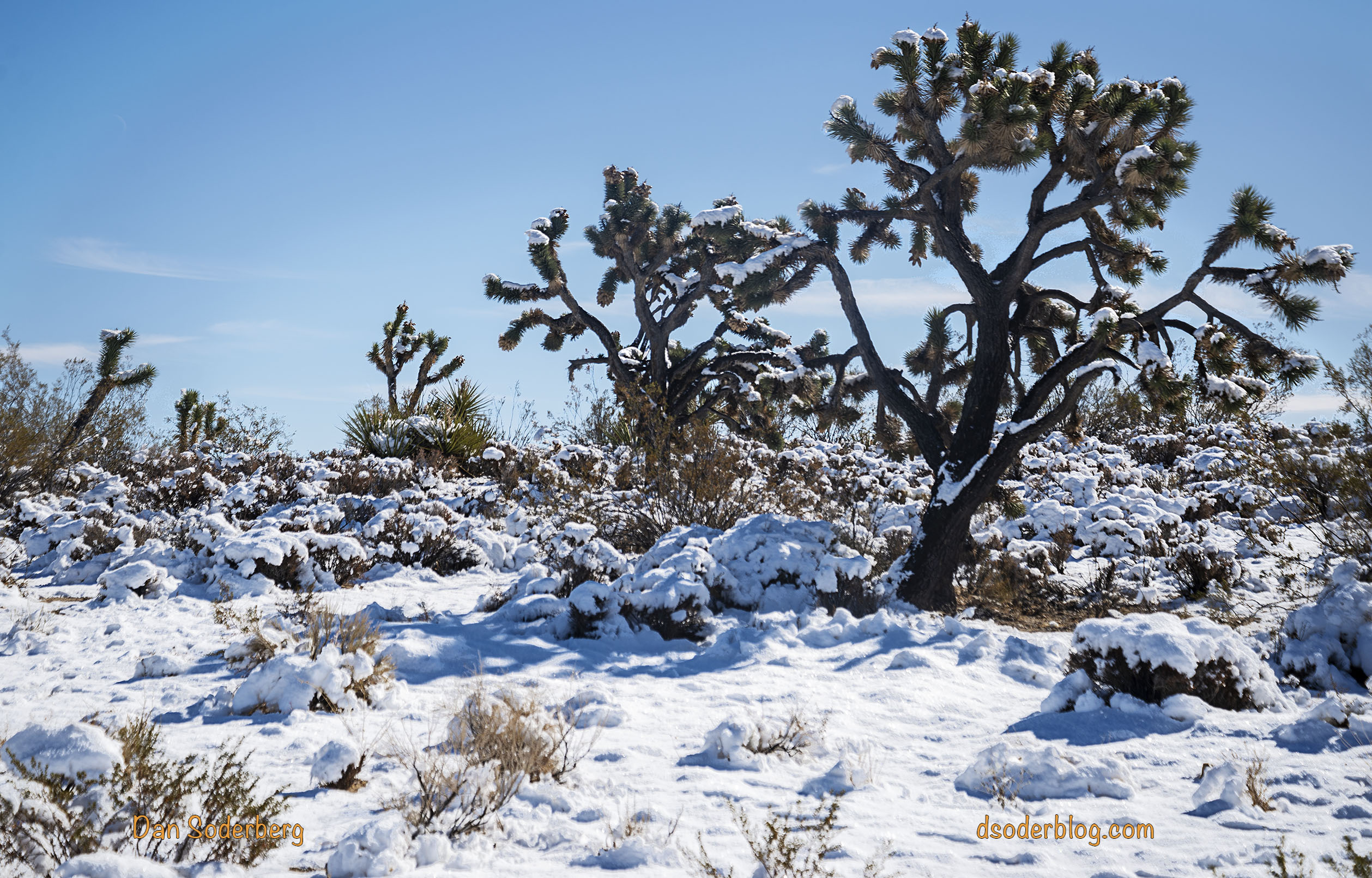
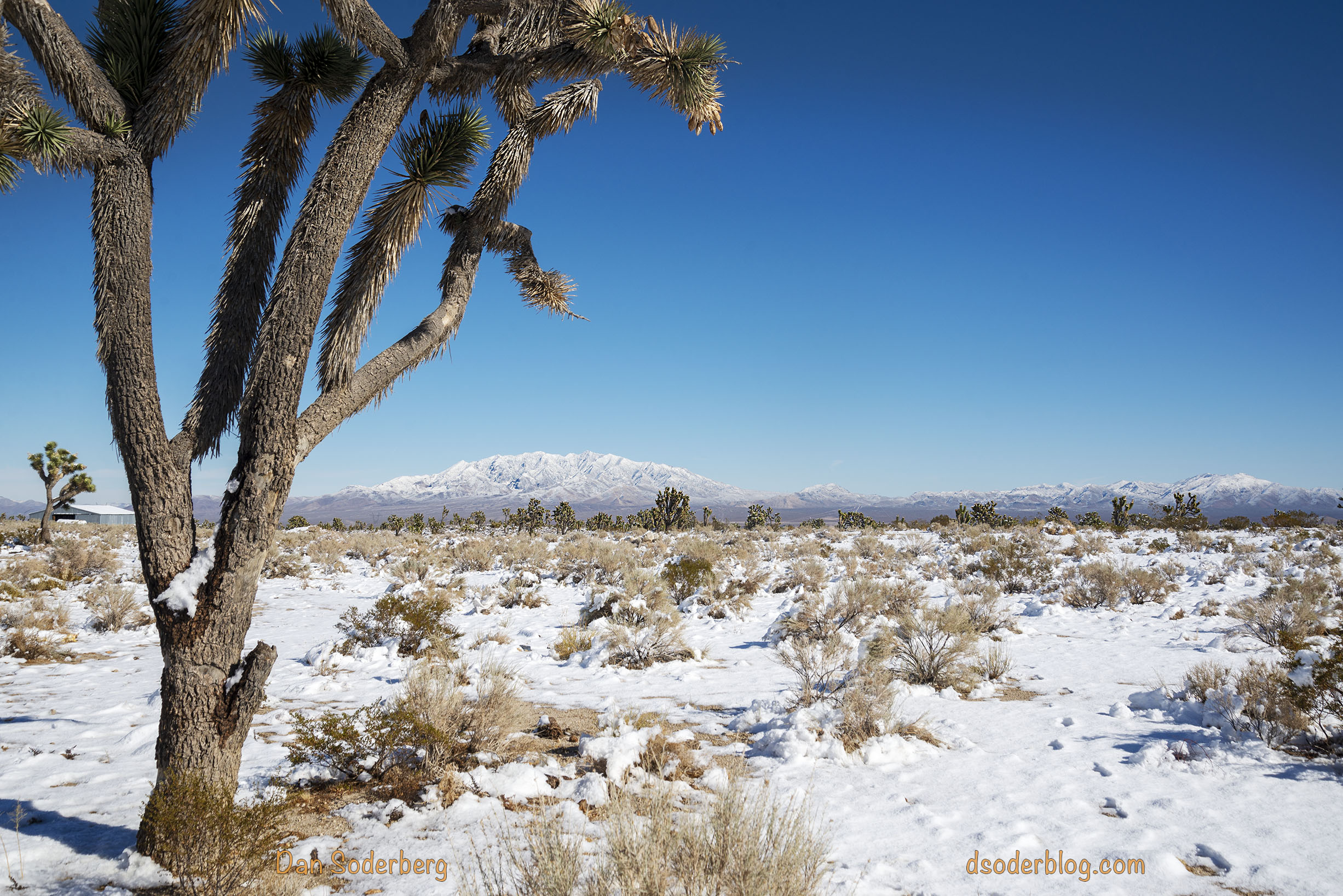
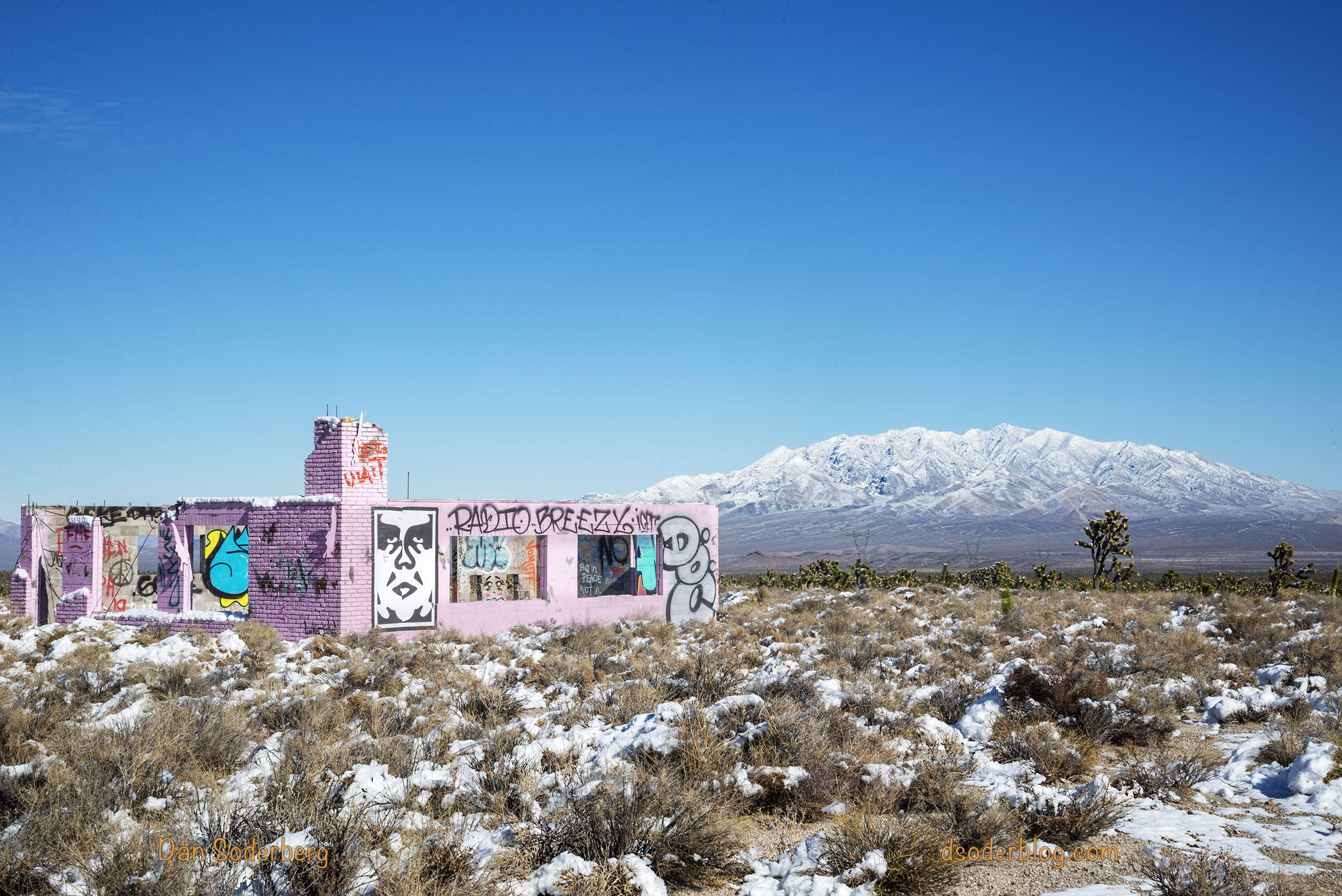
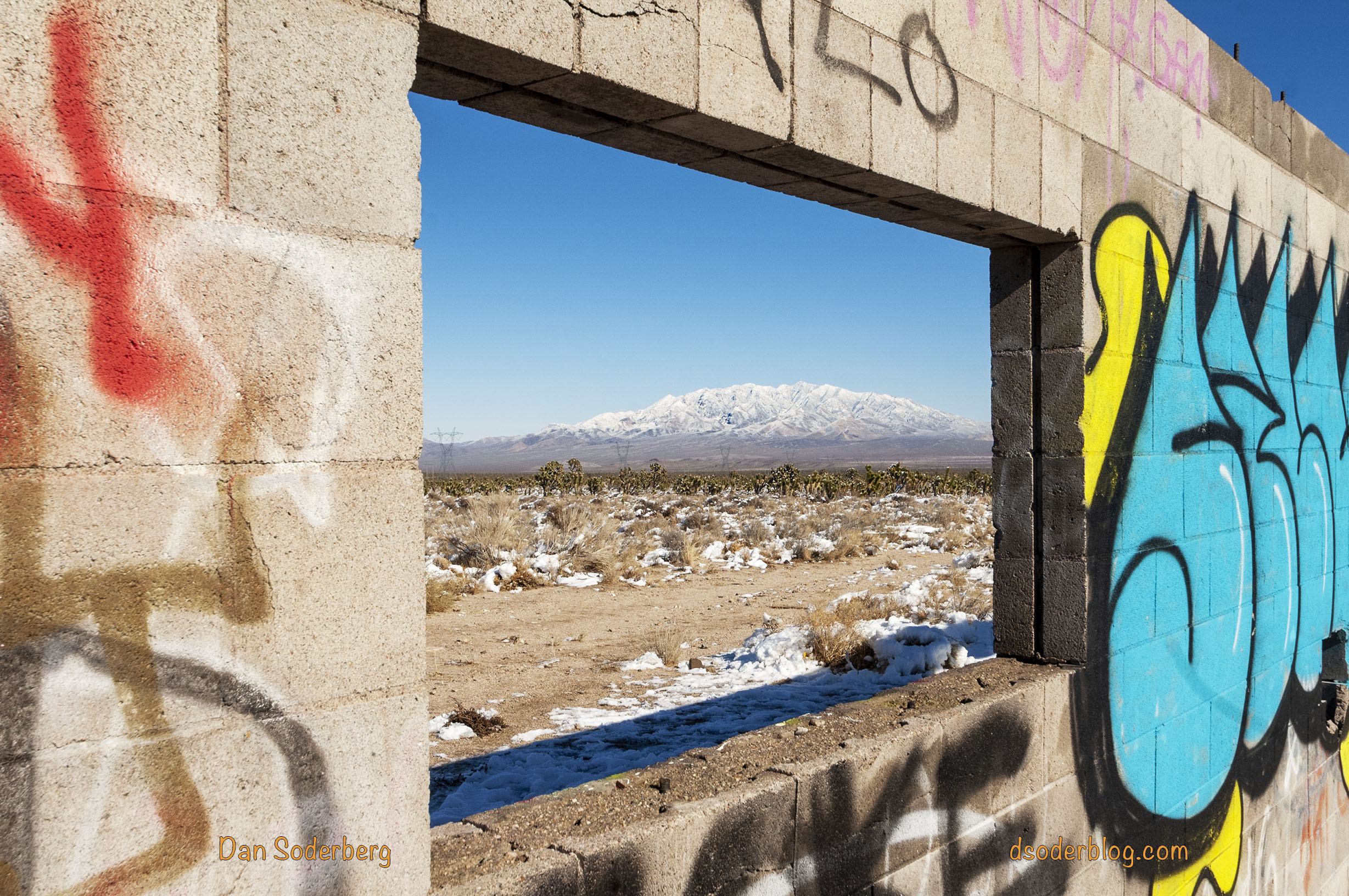
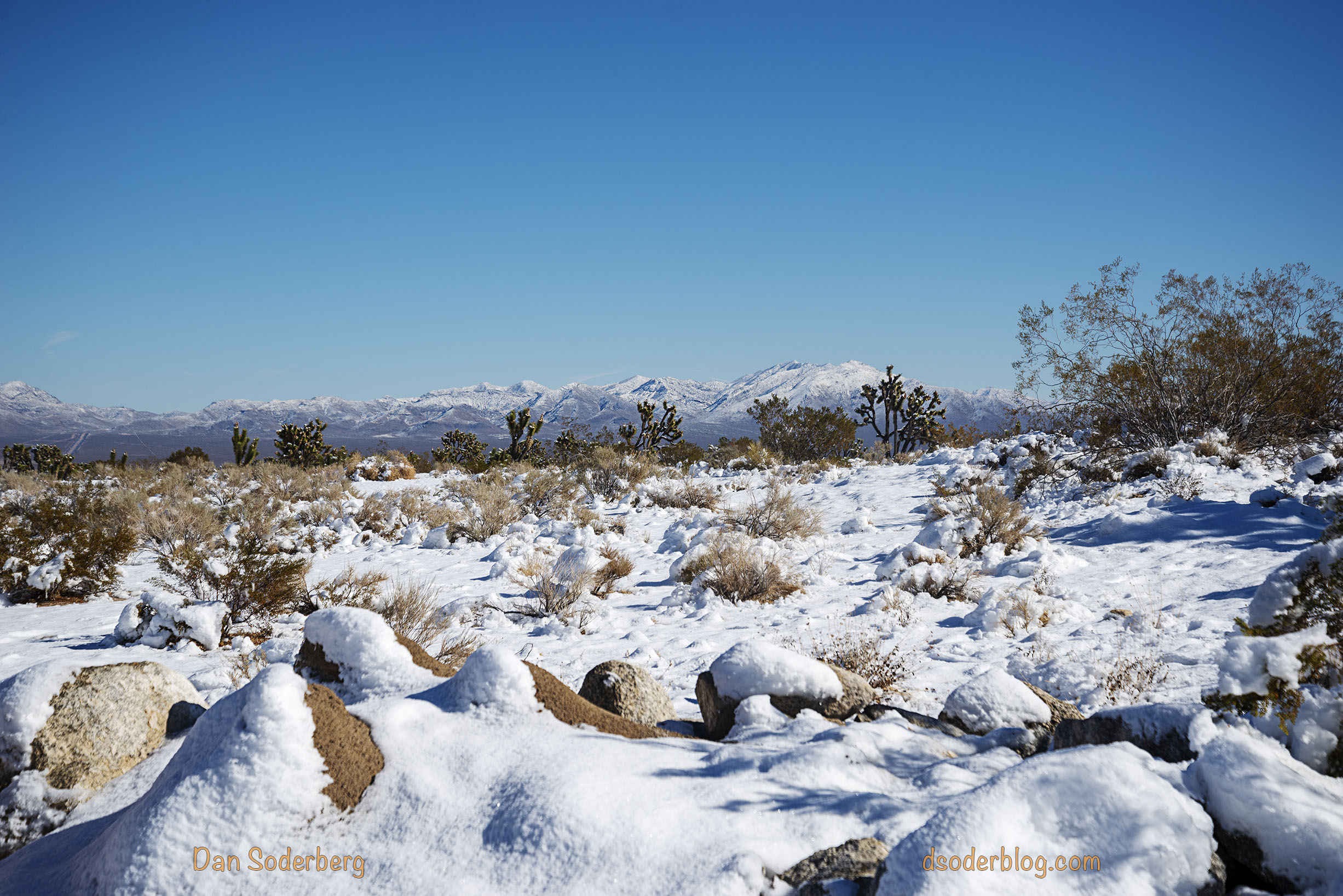
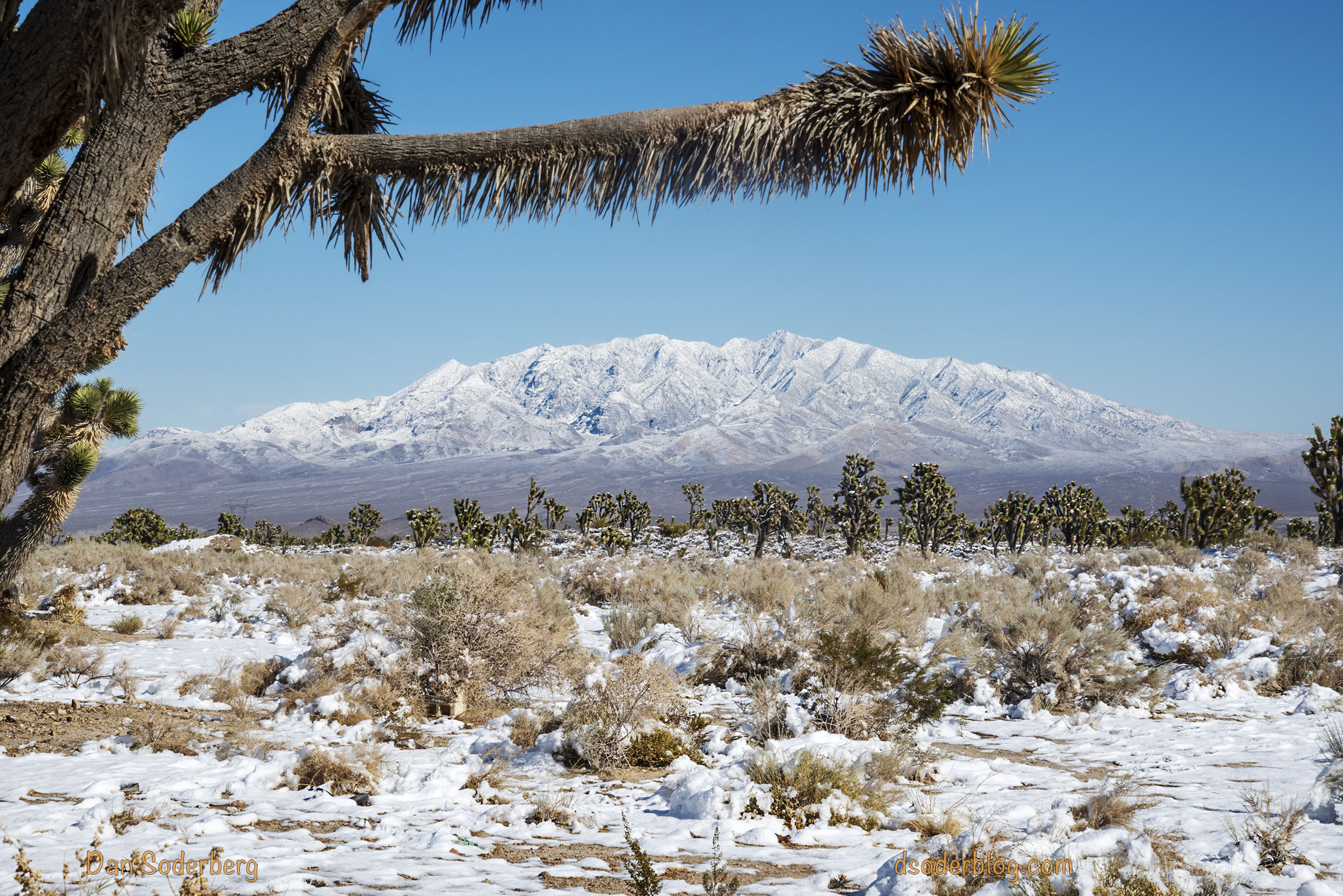
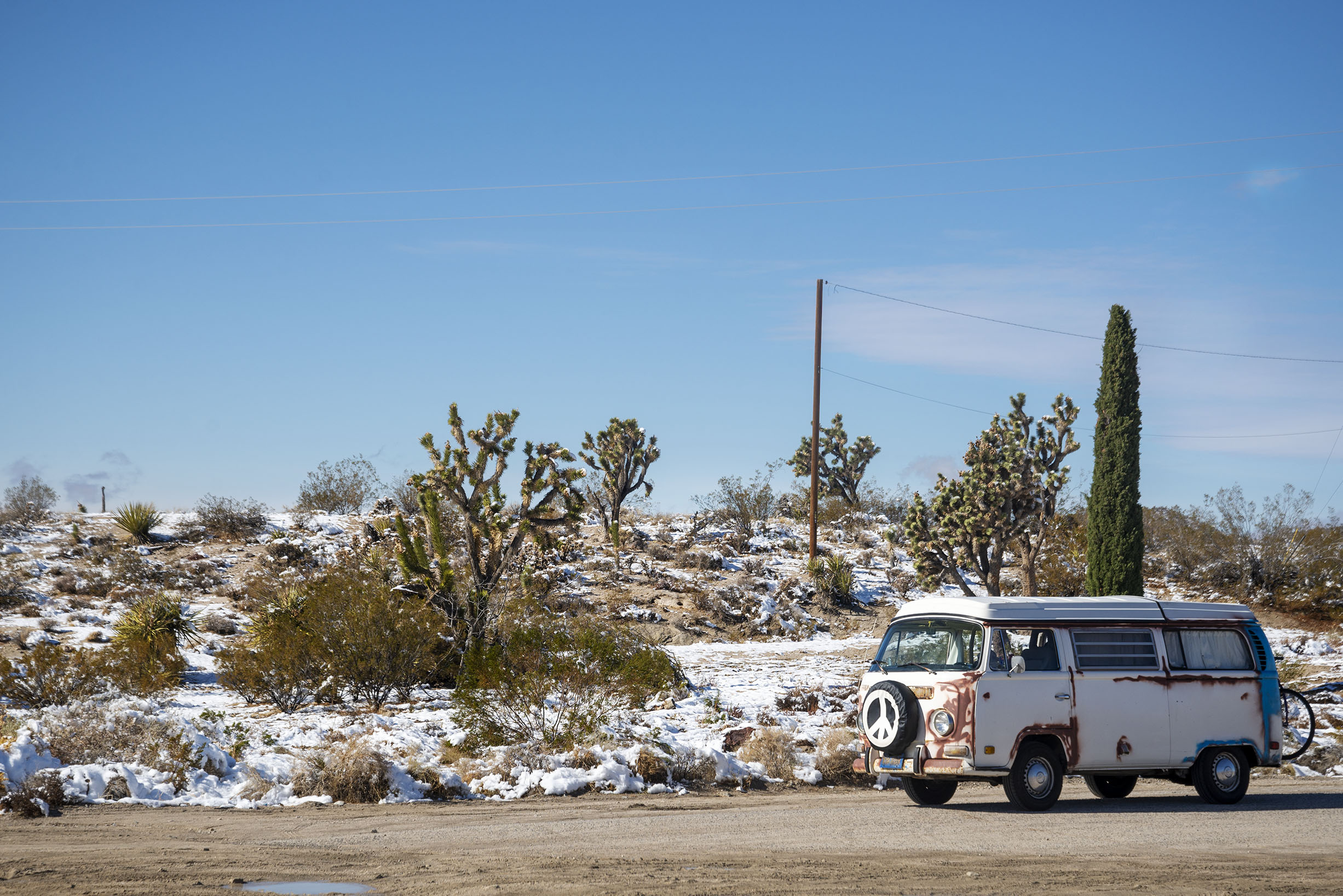
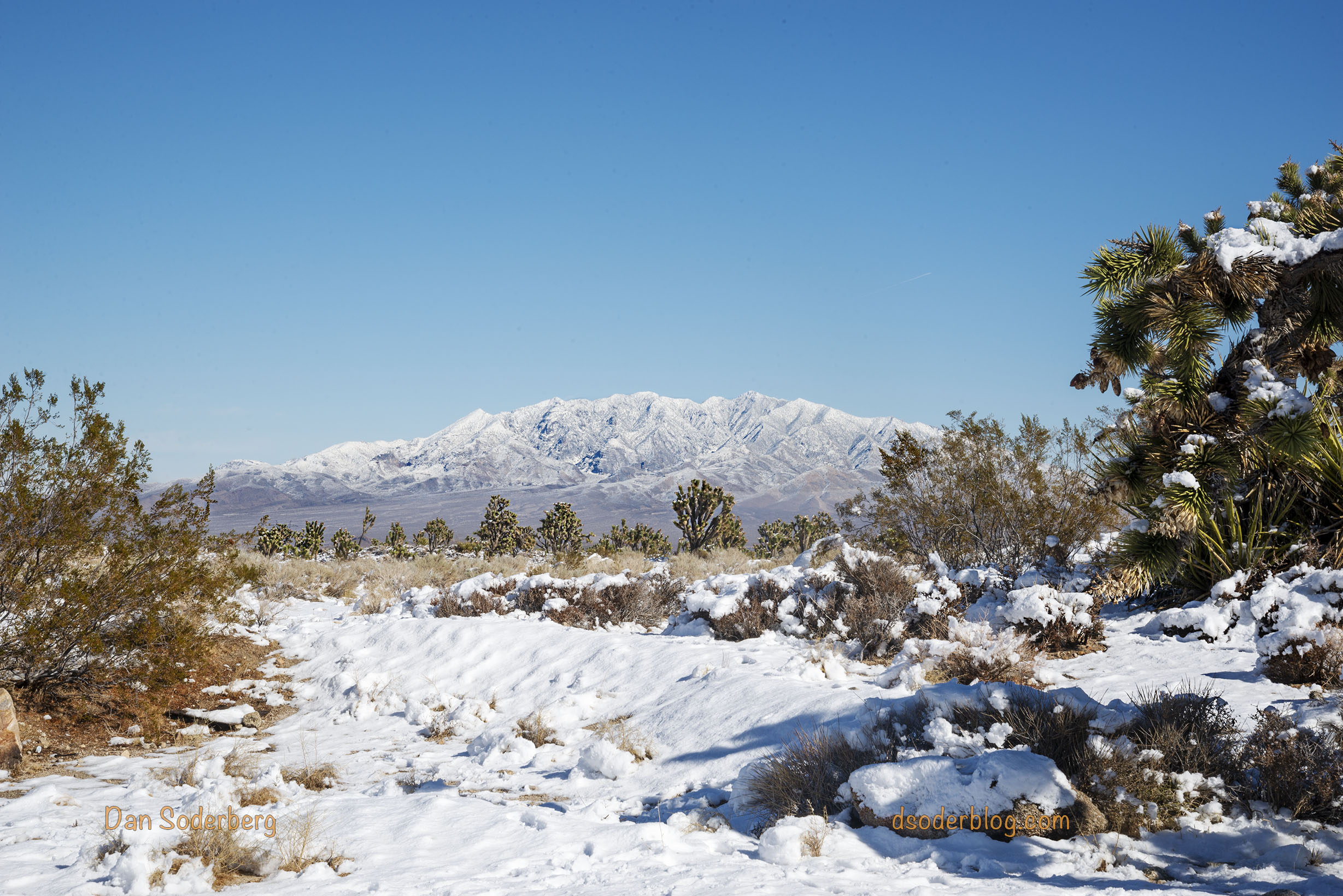

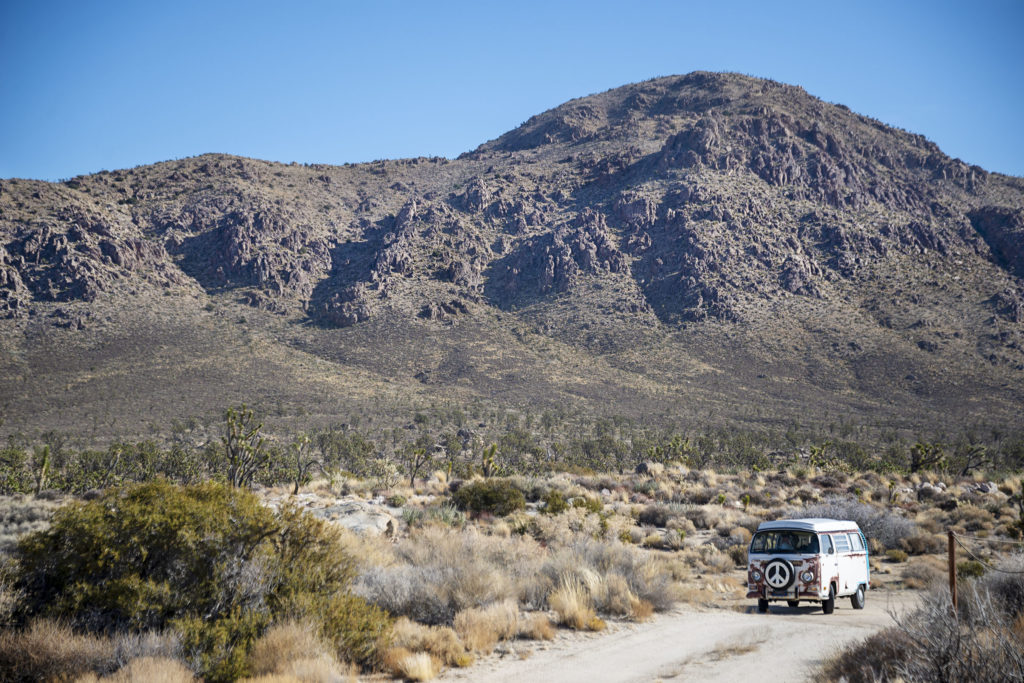
One will encounter a number of sites and markers on the trek through the Mojave National Preserve.
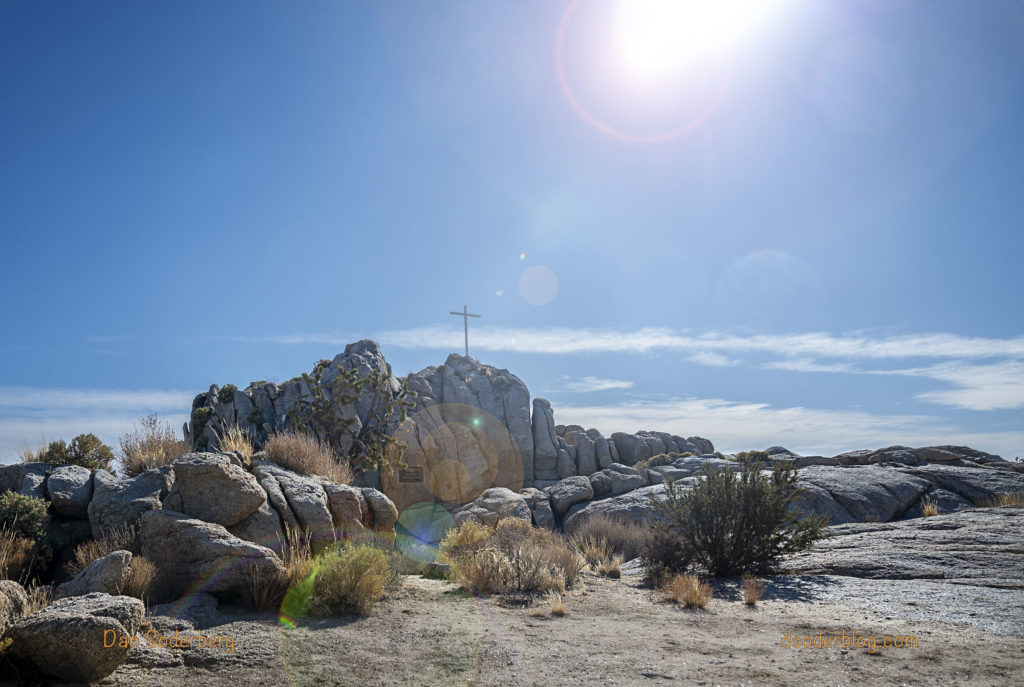
One is the Mojave Cross. It is officially known as the White Cross World War I Memorial.
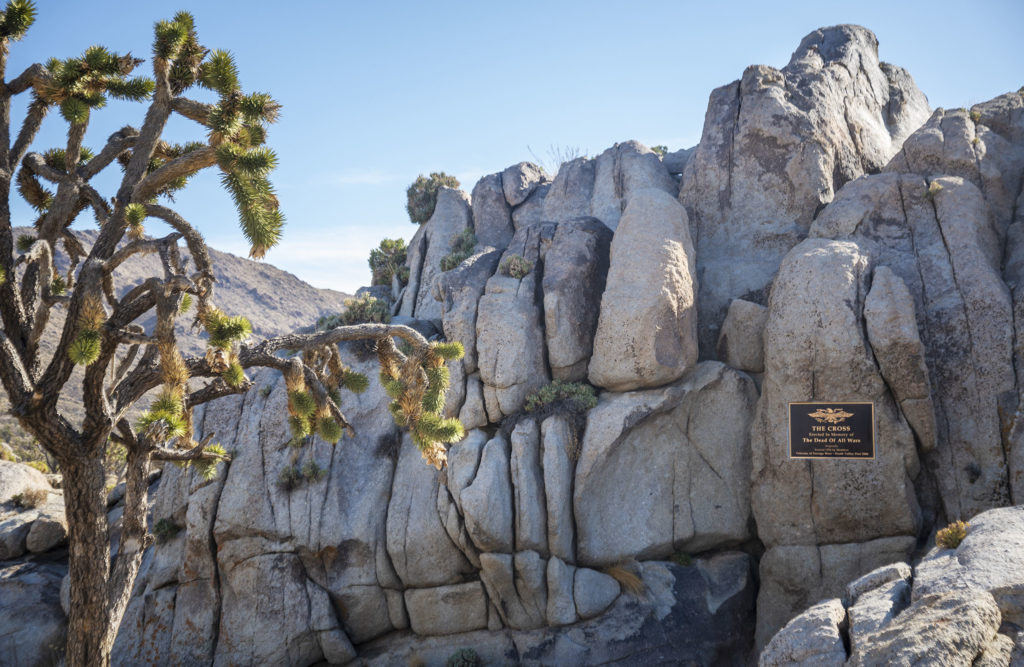
The cross stands on Sunrise Rock, a granite outcropping adjacent to Cima Road about 12 miles south of Interstate 15.
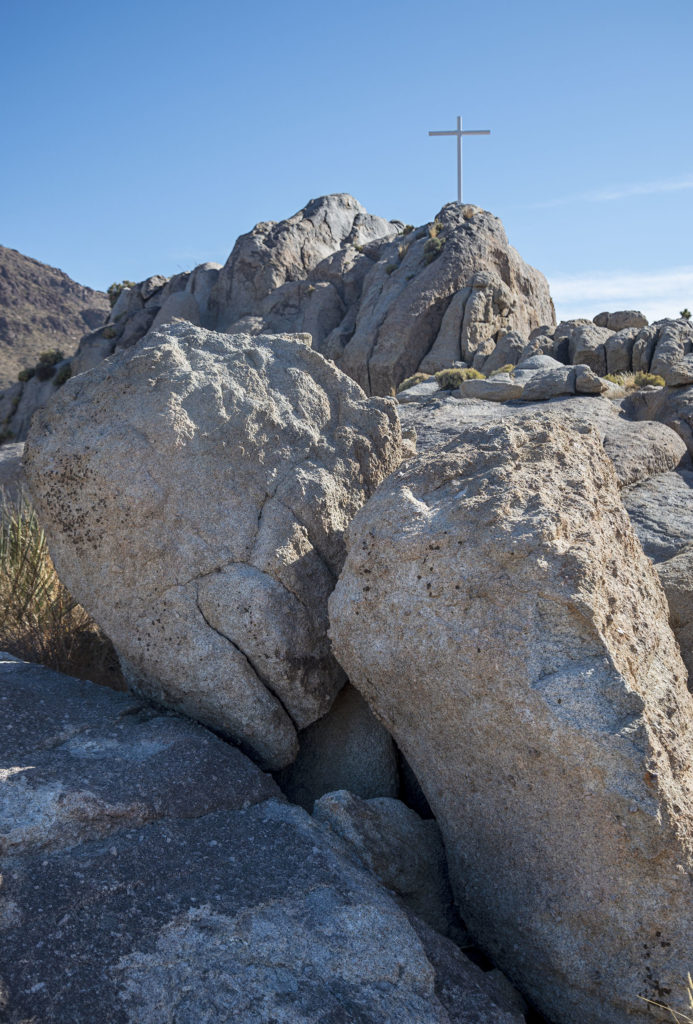
In a story that parallels the Mount Soledad Cross story in La Jolla, there was a decades long battle over the Mojave Cross.
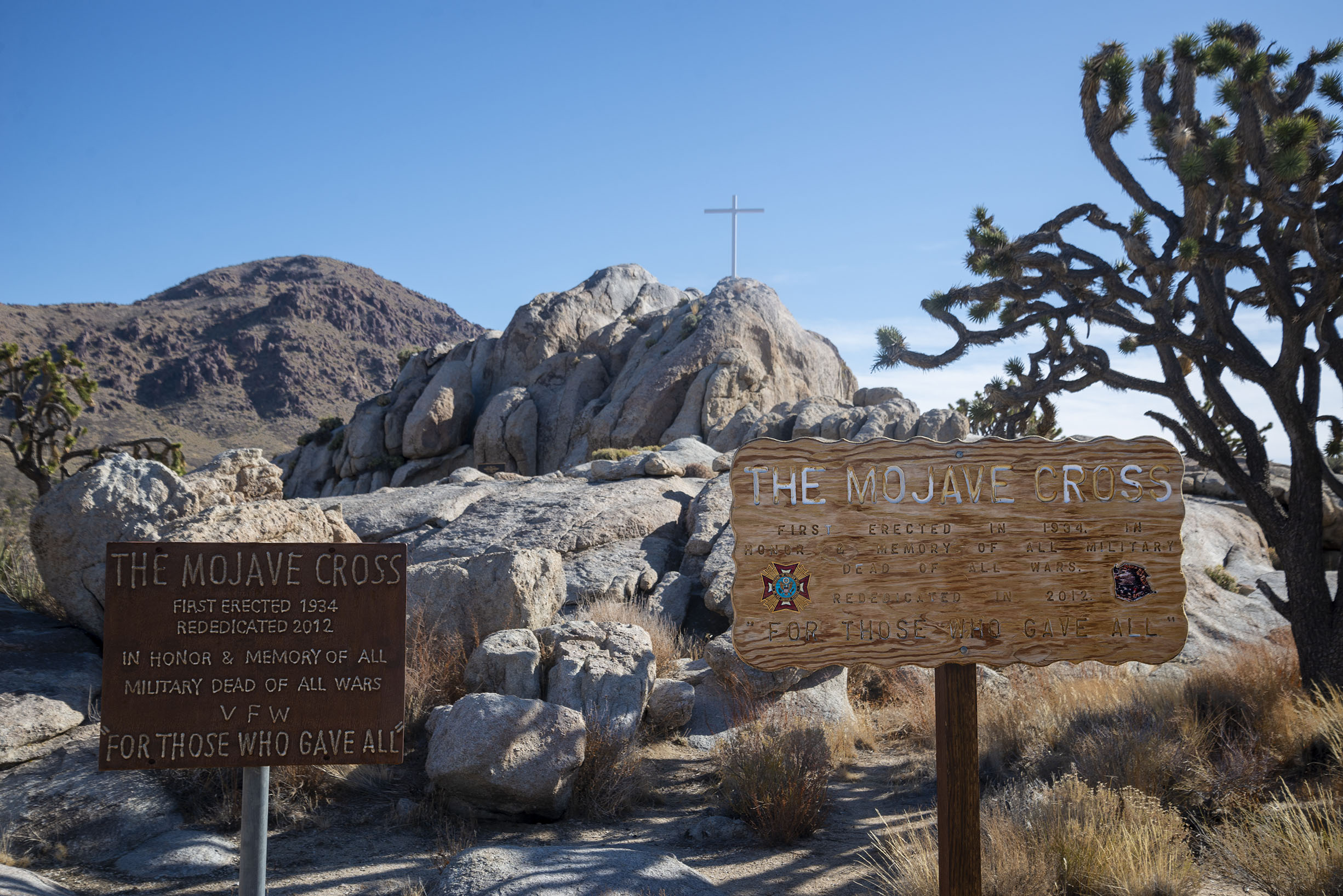
In April 2012, a settlement was reached to allow the cross to remain at the Mojave Land Preserve via a land swap. Five acres of private land given to the federal government in exchange for the one acre of land surrounding Sunset Rock. Ownership of that site was transferred to the local Veterans of Foreign War post.
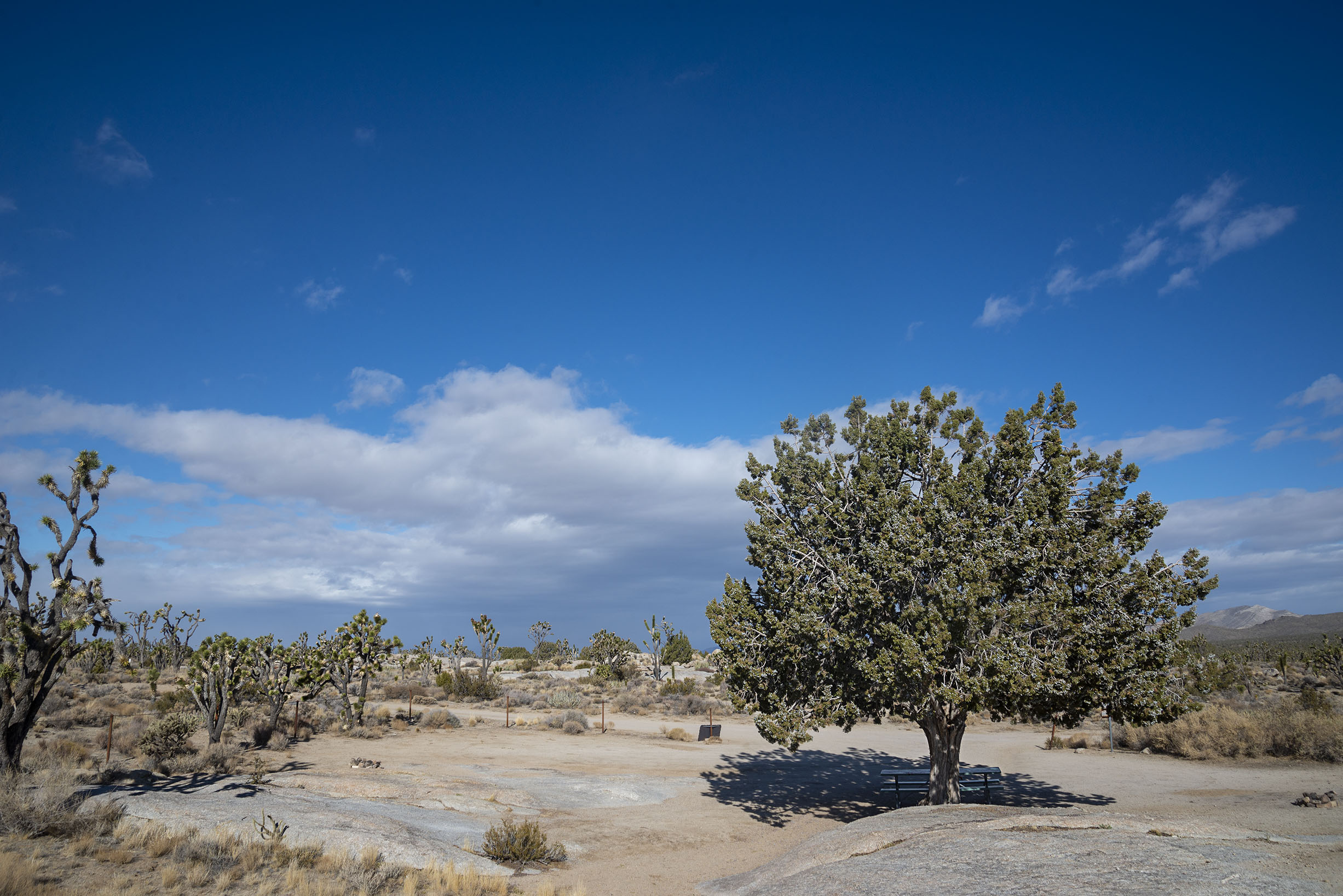
The site is fenced, with entrances for visitors. There are benches and picnic tables. And ample signage explaining that the cross is on private land and noting it is a memorial for war veterans

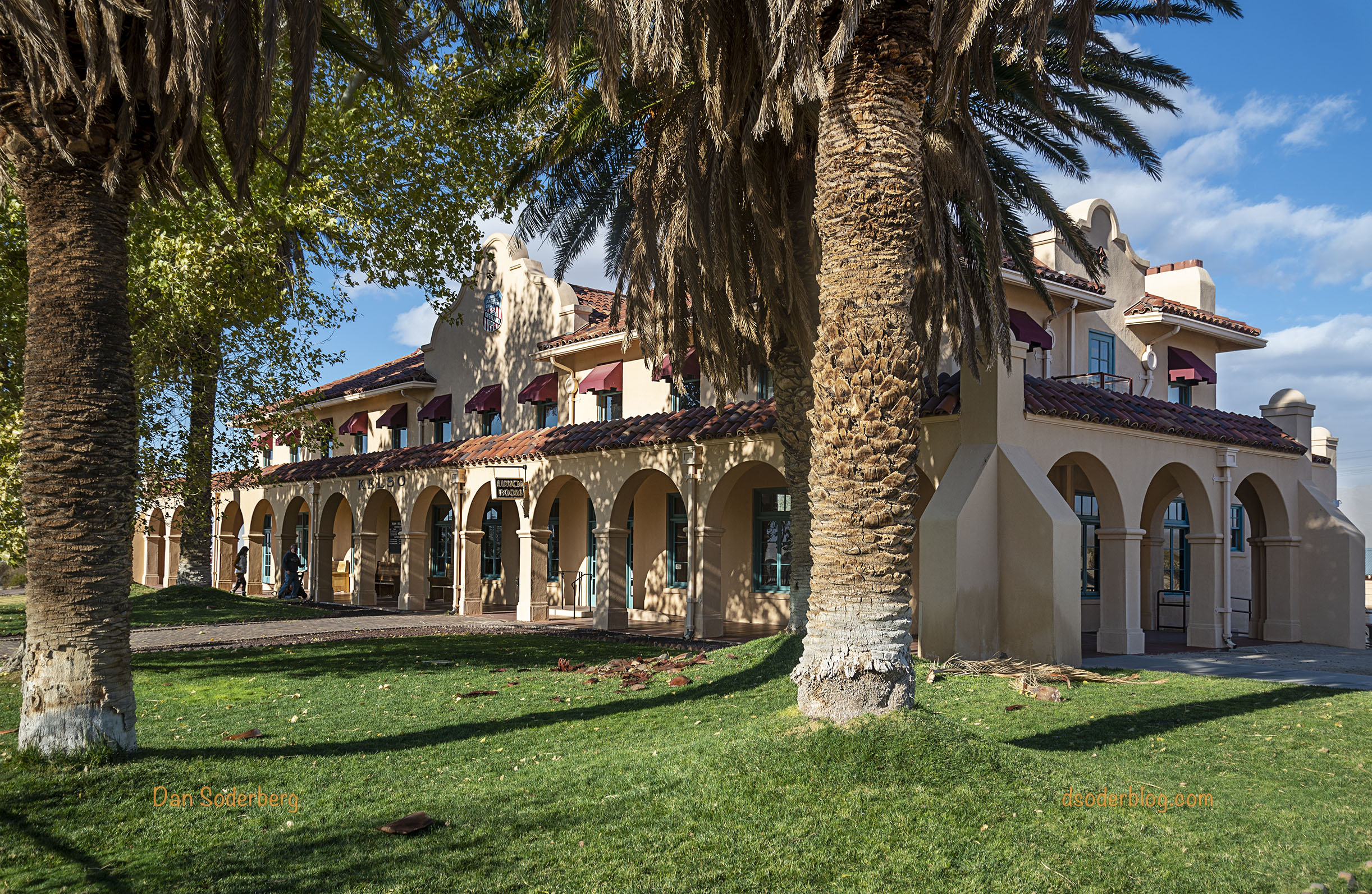
Seemingly out in the middle of “nowhere” along Cima Road in the Mojave Desert, this jewel of a train station suddenly appears as a desert oasis. It’s the 1923 Kelso Train Station. Unlike the ghost town relics surrounding it, this beautiful building is in nearly pristine condition.
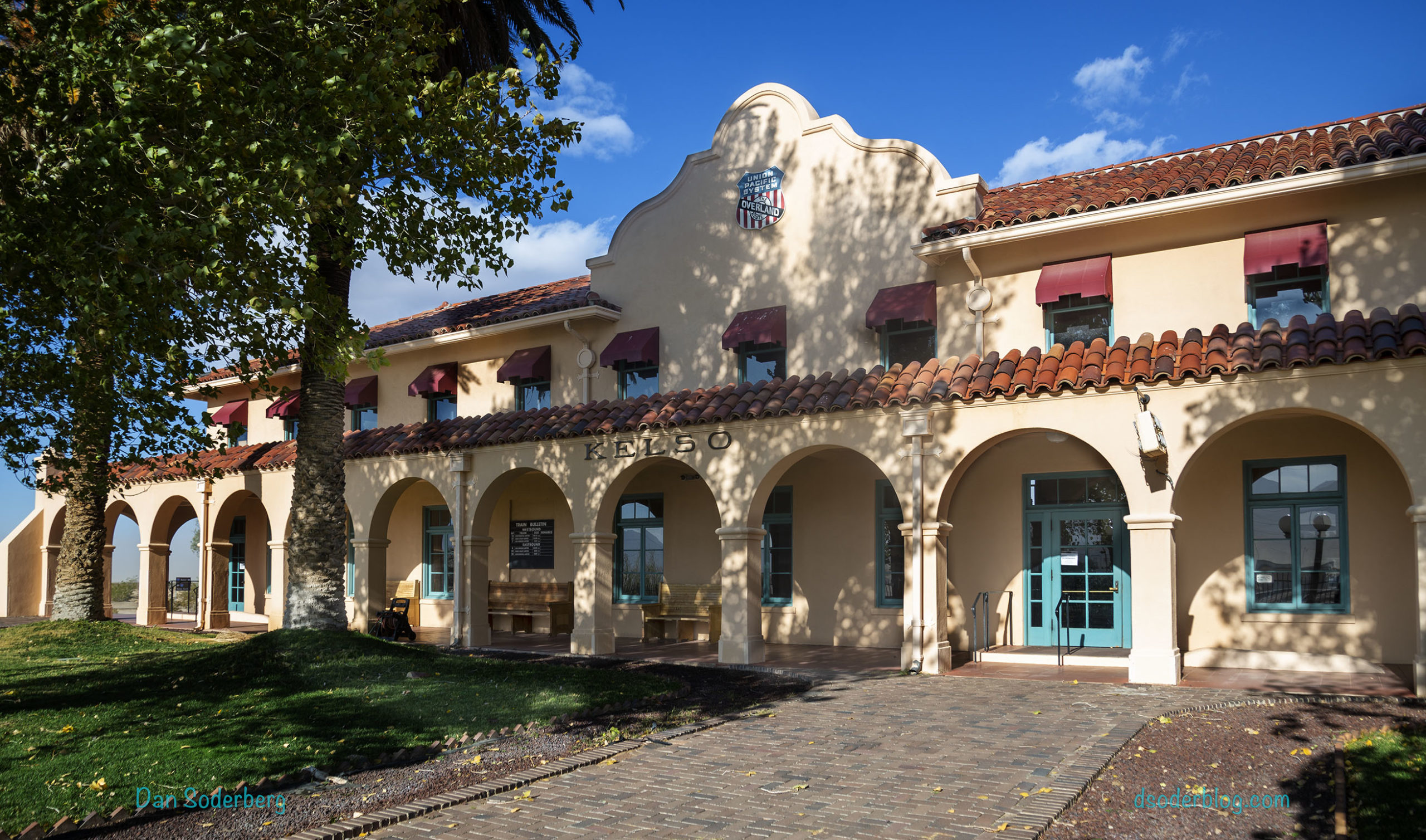
While the station is from 1923 the importance of the site as a railroad rest stop goes back to at least 1905 when Kelso was founded. The name was chosen purely by chance. Name rights were submitted on pieces of paper and placed into a hat. Upon draw, all at once John H. Kelso had a town named after him.
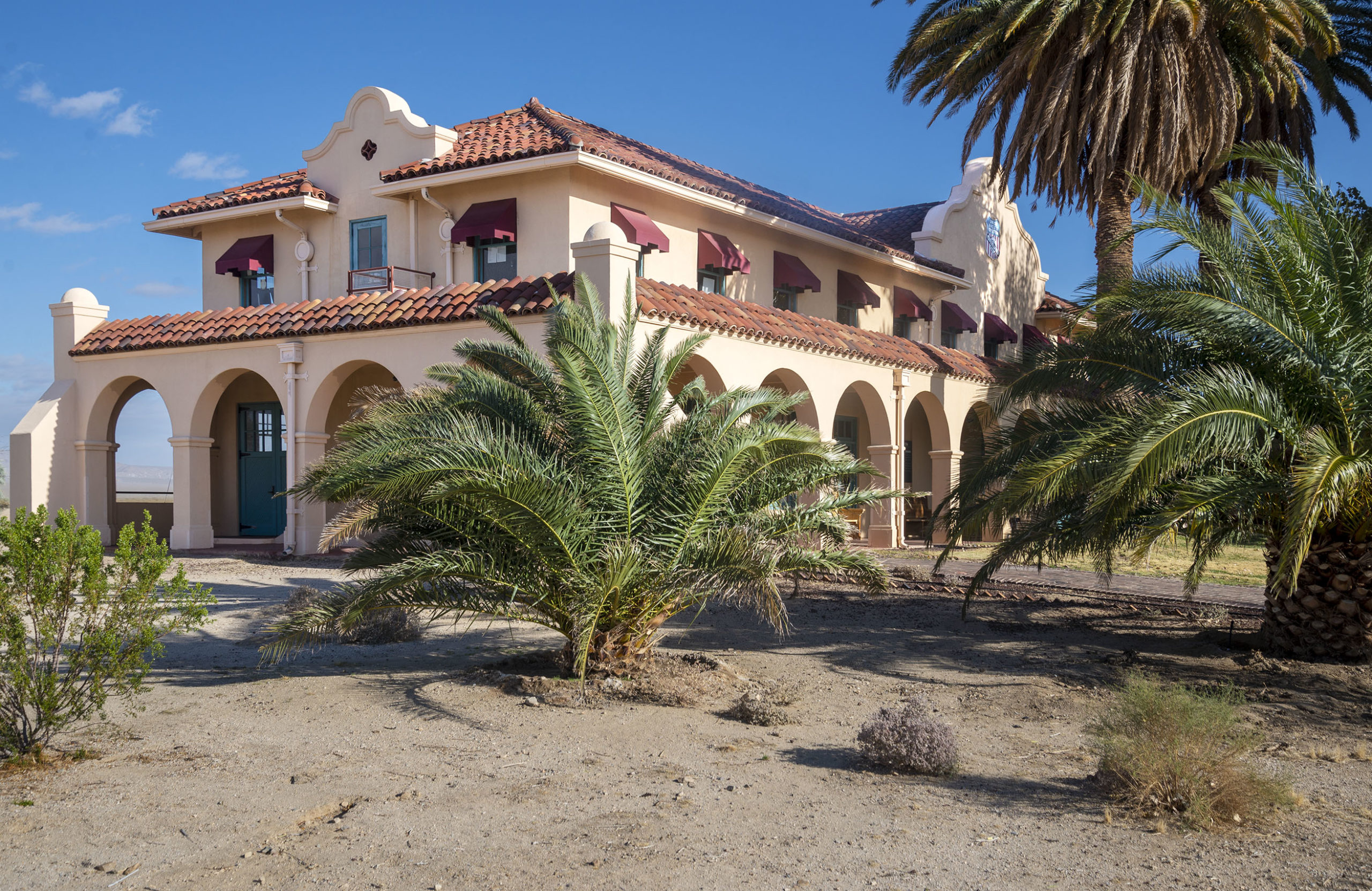
This Mission Revival and Spanish Colonial Revival design comes from the drawing boards of John and Donald Parkinson. If you don’t know their names, you certainly know their portfolio. They designed the USC Master Plan, LA Coliseum, LA City Hall, Bullocks Wilshire, Union Station, and Grand Central Market – to name a few.
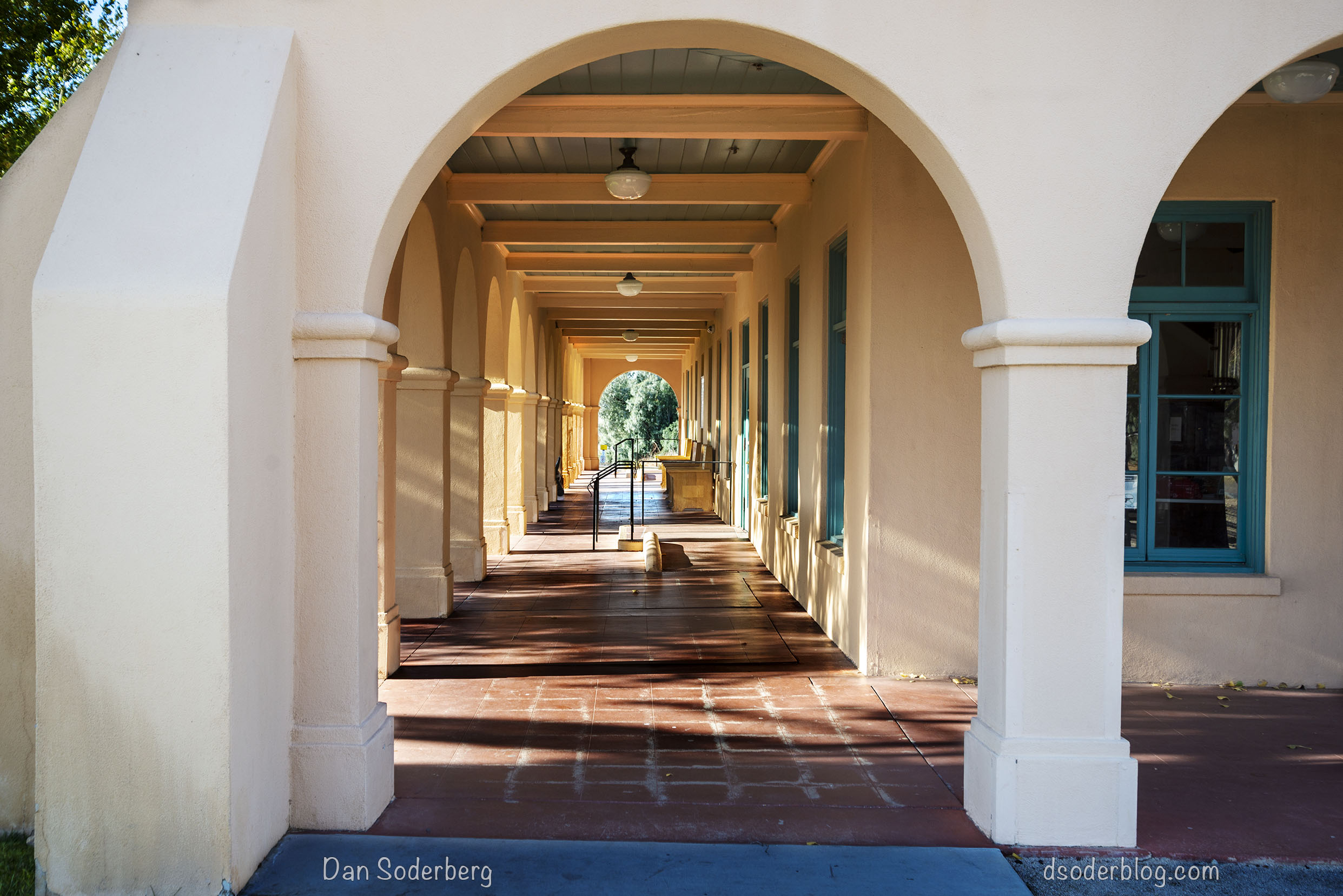
The train station survives today by the sheer will of concerned citizens who stepped up to save the building from demolition when it closed as a train station in 1985. Key to this preservation effort was The National Park Service gaining control of the site in 1994 .
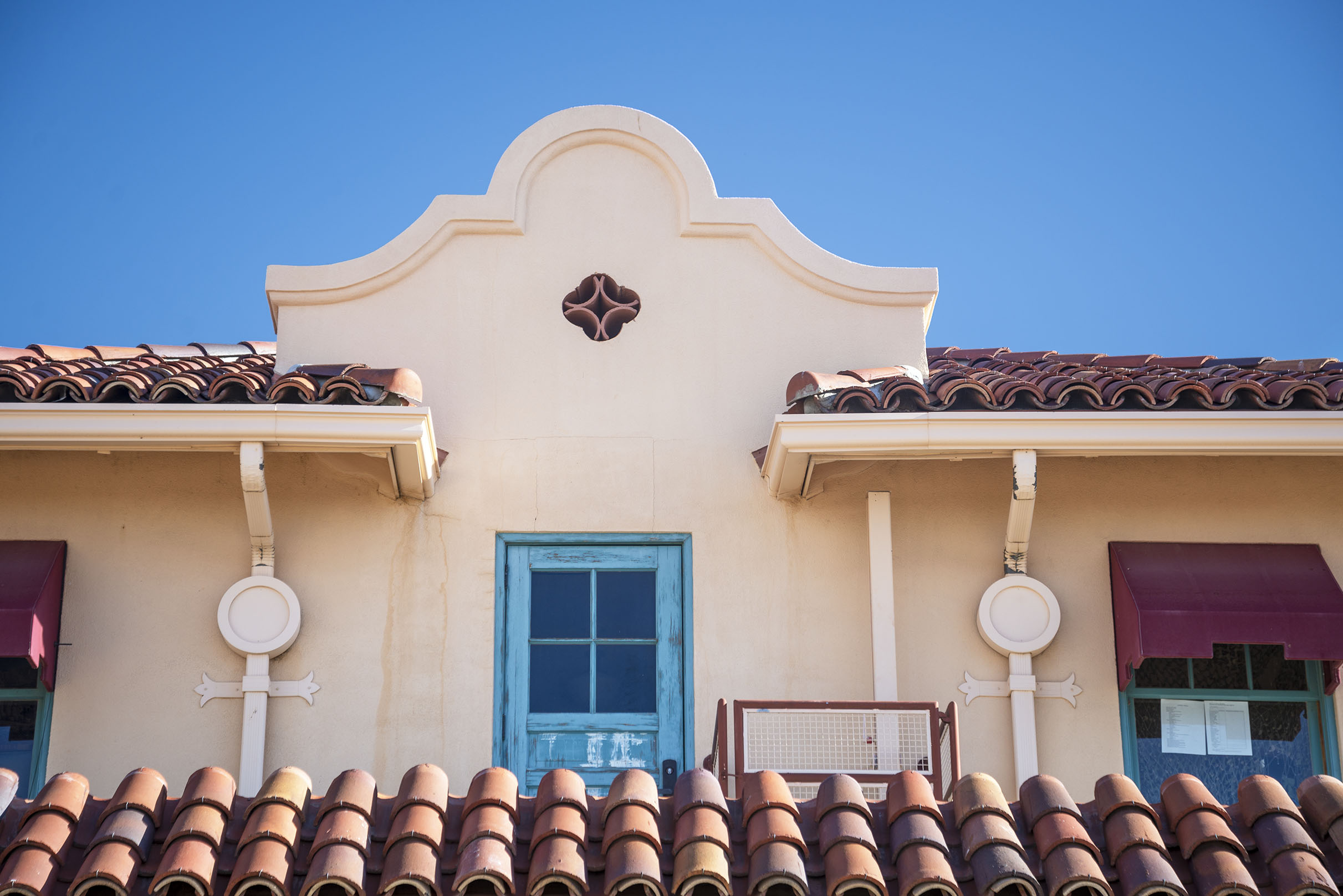
The building reopened to the public in 2005 as the visitor center for the Mojave National Preserve. There are interpretive displays, both inside and out, providing a valuable understanding to the historical significance of the station’s location.
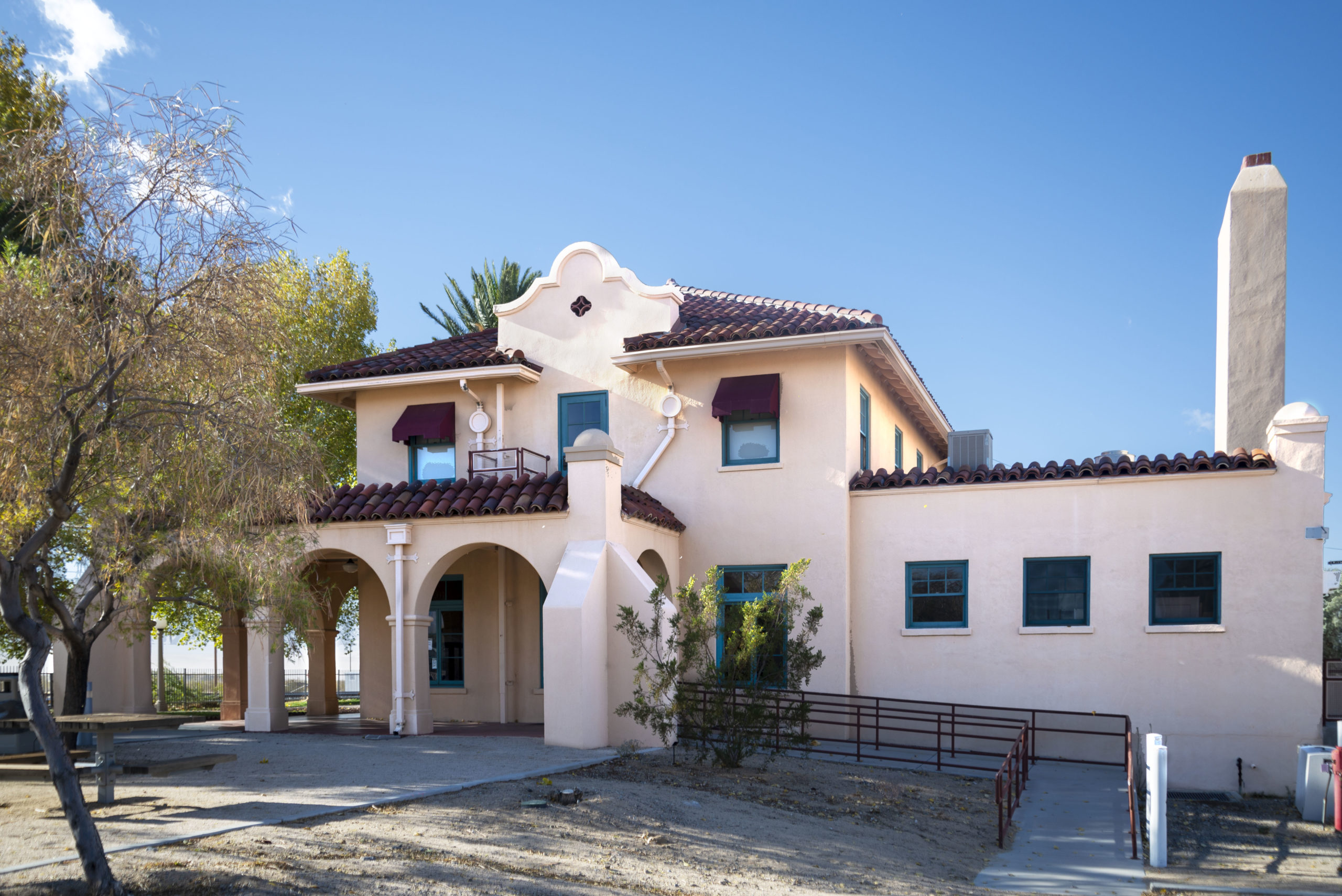
It is explained why a fancy train station is in the middle of “nowhere.” One reason is an abundant supply of ground water for steam engines.
It was a “helper” station. Because of the severity of the long steep Cima Grade, helper engines were needed to assist trains on that grade. Kelso was home of those helper engines, and there was a big roundhouse there to direct, turn around, and utilize them. Kelso was the helper station in regards to fuel and water as well.
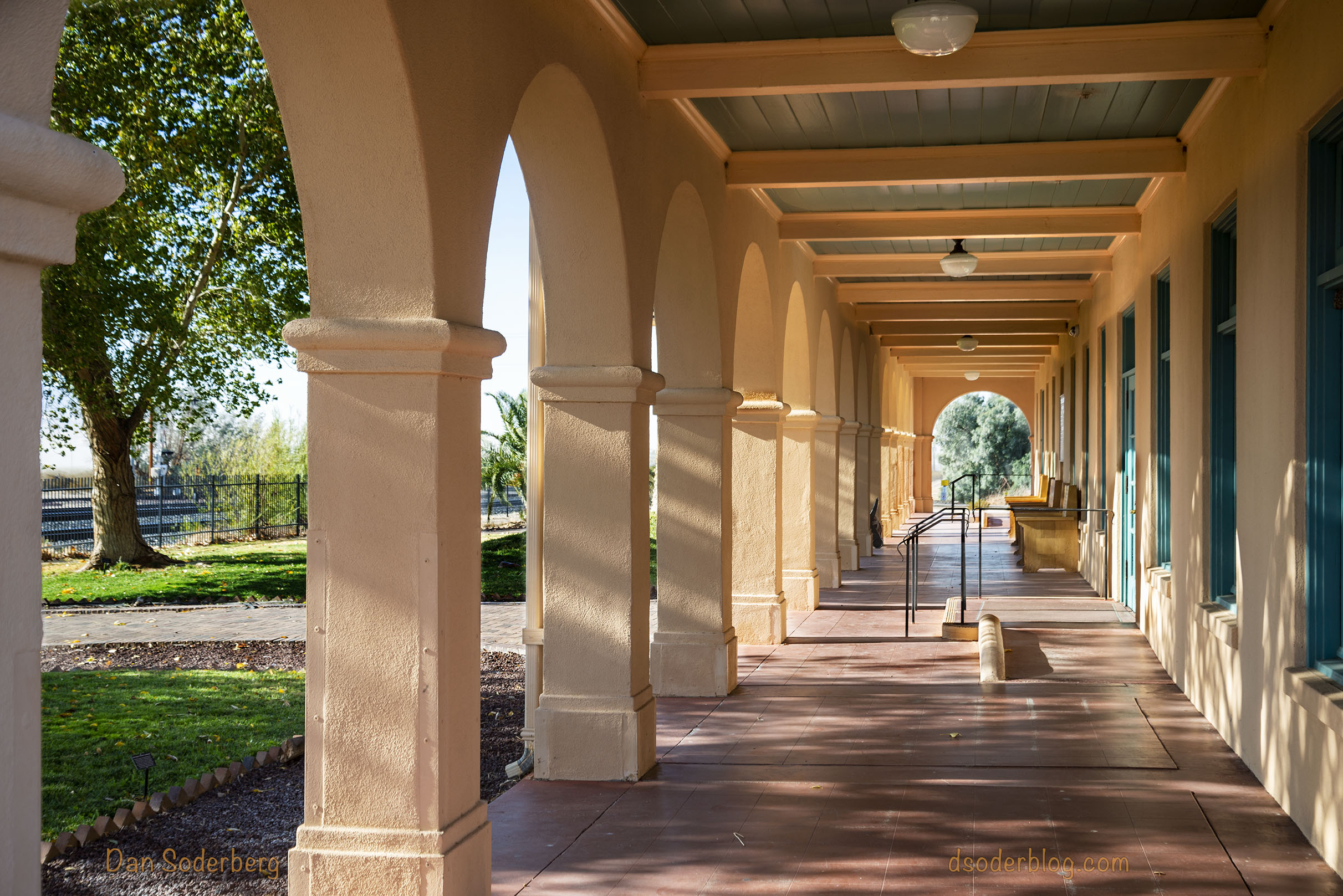
A beautifully designed building that was well used and well loved for a long time. It became affectionately known as the Kelso Club House. More than a train and ticket station it was telegraph office, restaurant, reading room, and dormitory rooms for railroad employees.
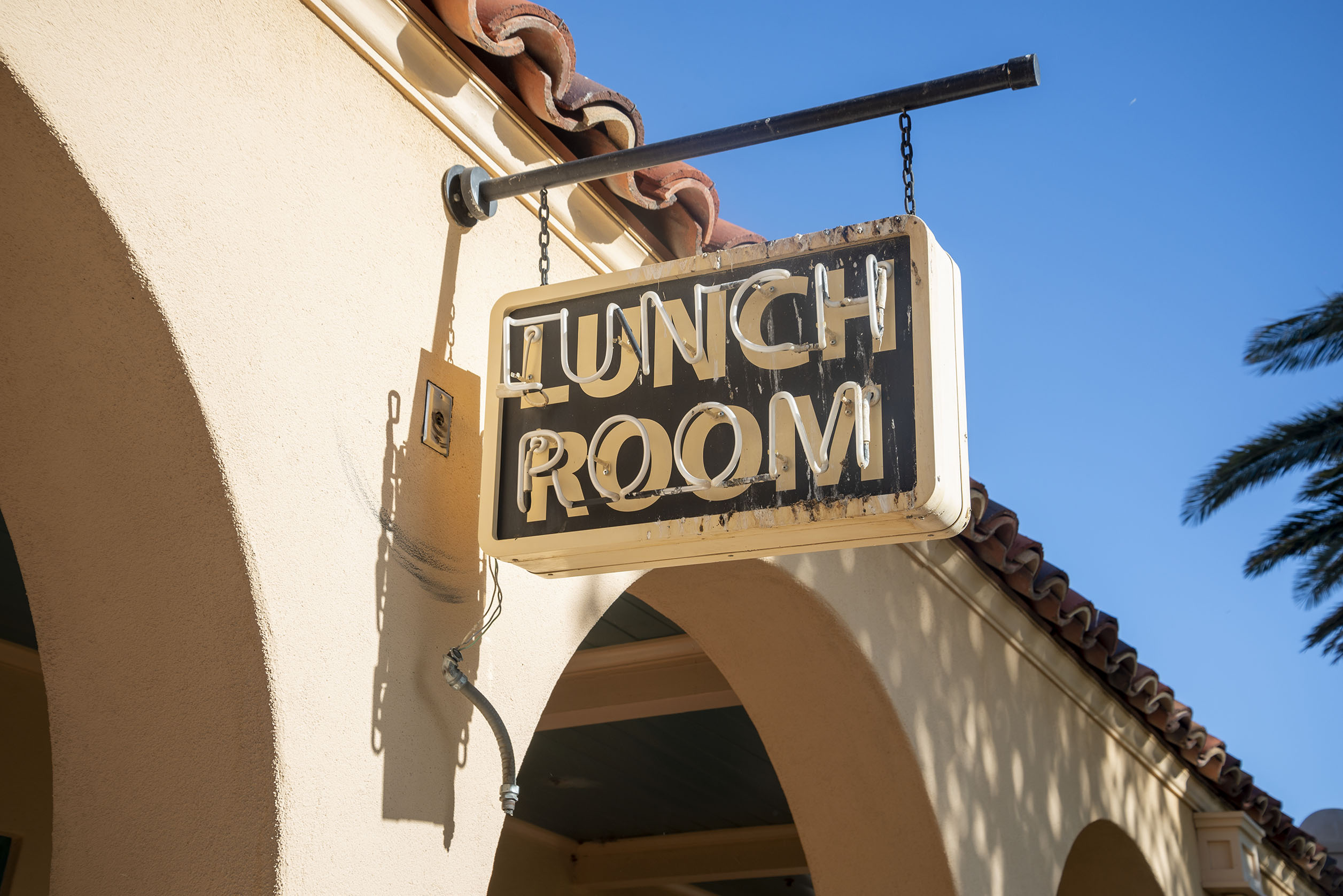
The interior has been restored and preserved as well, including the lunch room. Nice they didn’t forget to save the neon sign. However it appears it has suffered some wind damage, as the power cable was pulled out of the wall.
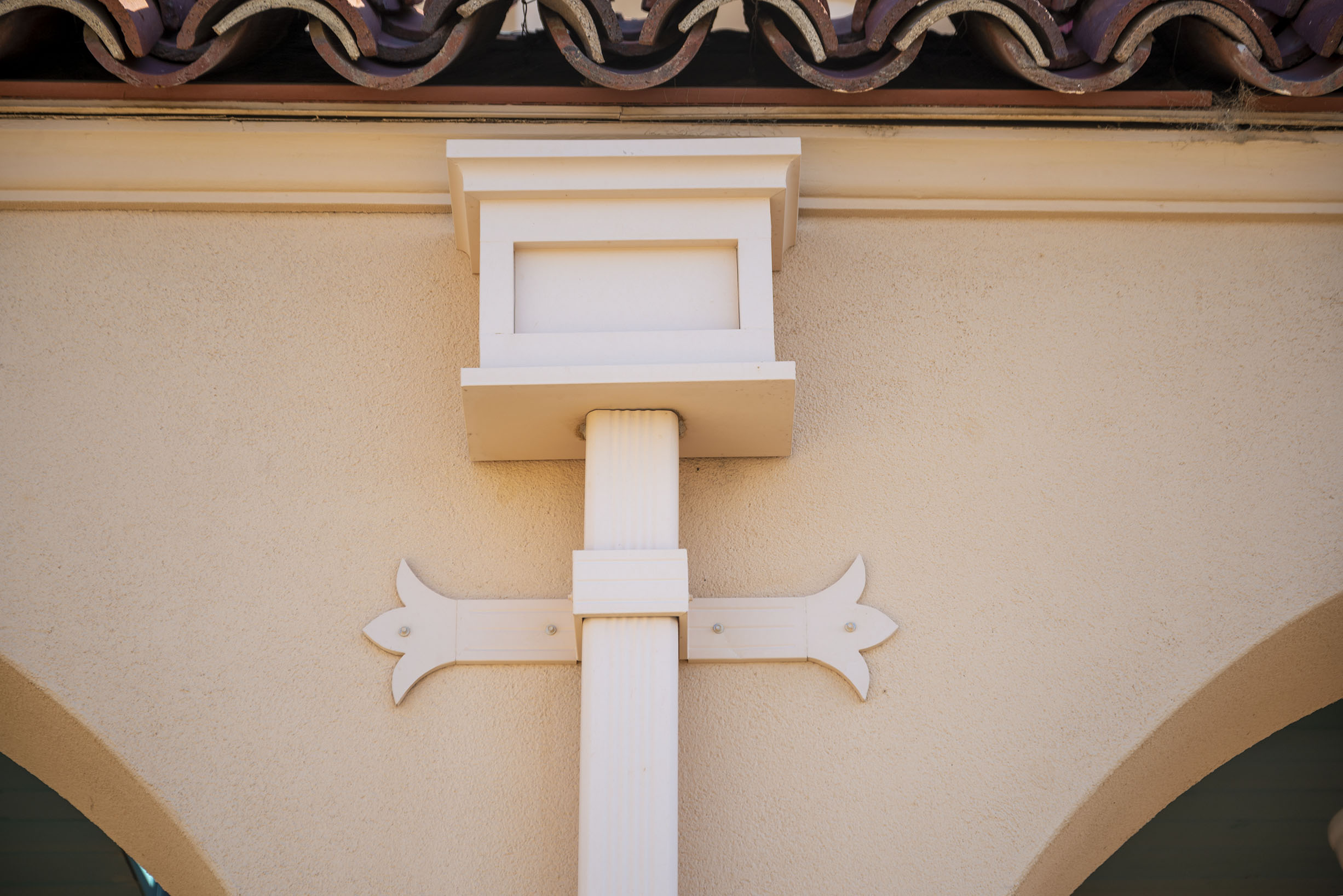
The focus of my photo essay is the exterior. Visitors wanting to see the Kelso Train Station inside and out – be advised they are closed Tuesdays and Wednesdays.
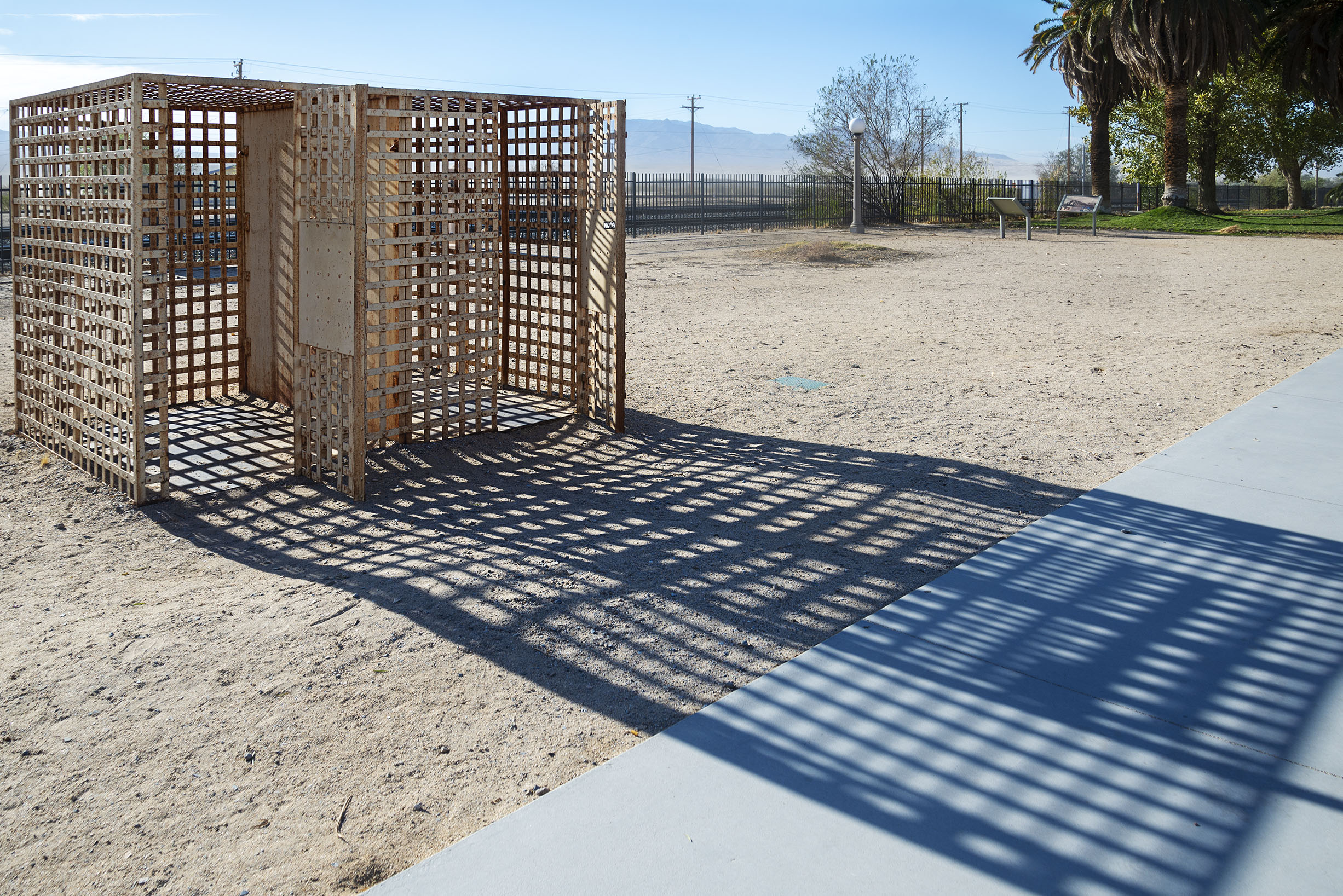
In addition to the historic translation, visitors may also view the Kelso Jail. These human cages were utilized from the mid 1940’s all the way to 1985. To lock up, for a night or two, the town drunks who became unruly. Neither the heat or the cold of the Mojave made these cages very comfortable.
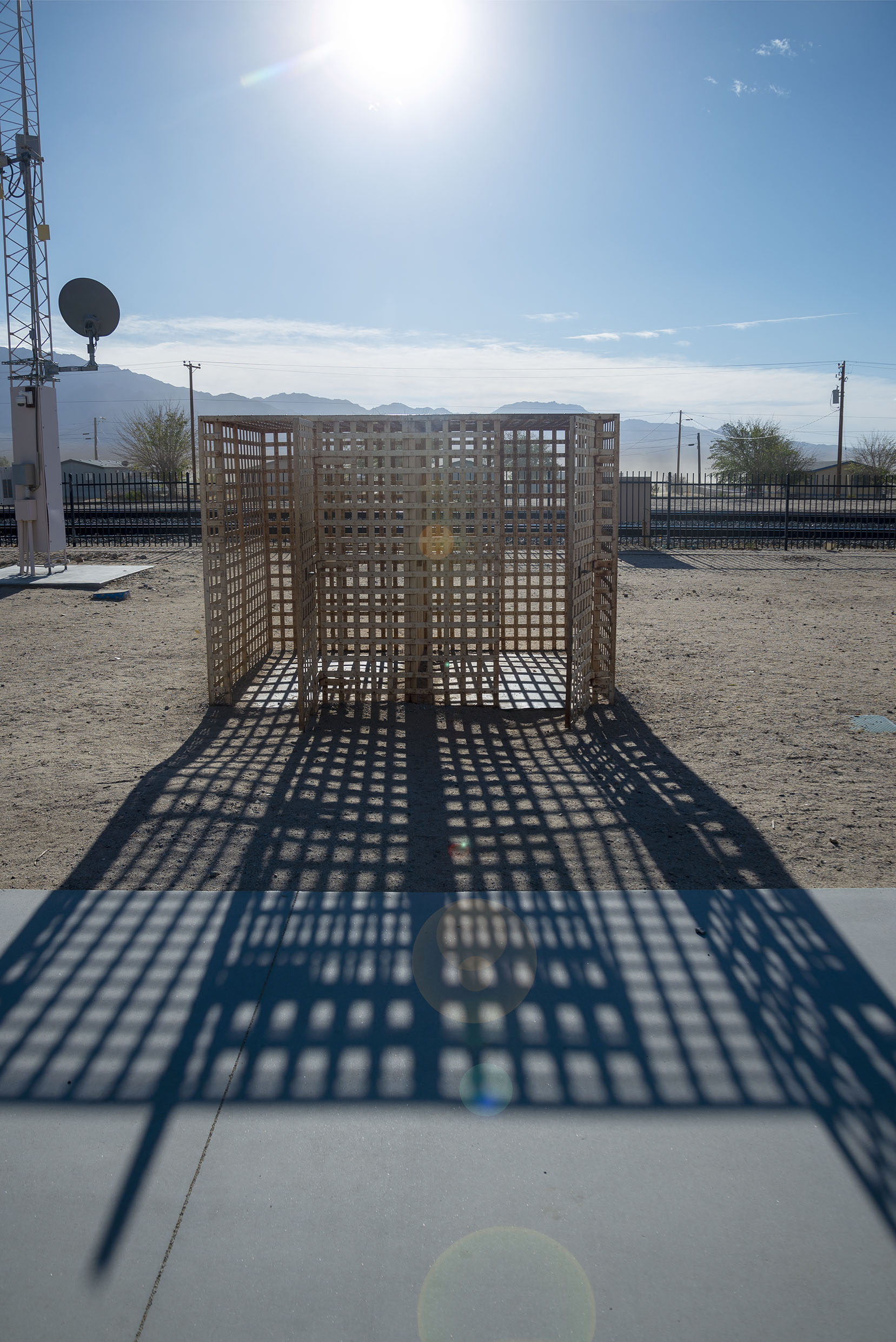
But by all accounts, this sort of imprisonment hasn’t gone away. Only from here.
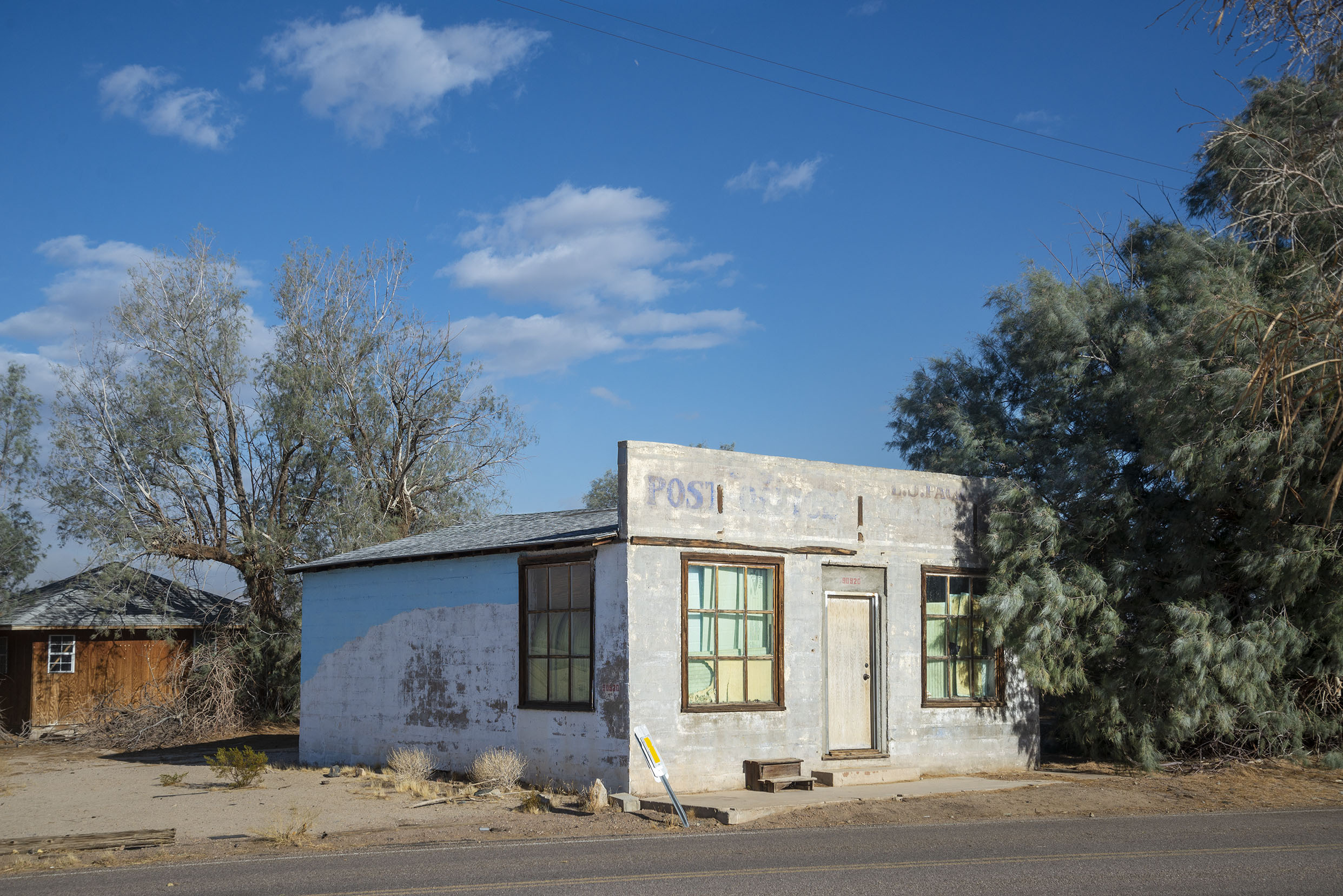
You know you’re in downtown Kelso when…you see the Post Office. Open from 1905, through Kelso’s boom years during WW2, and finally closing in 1962.
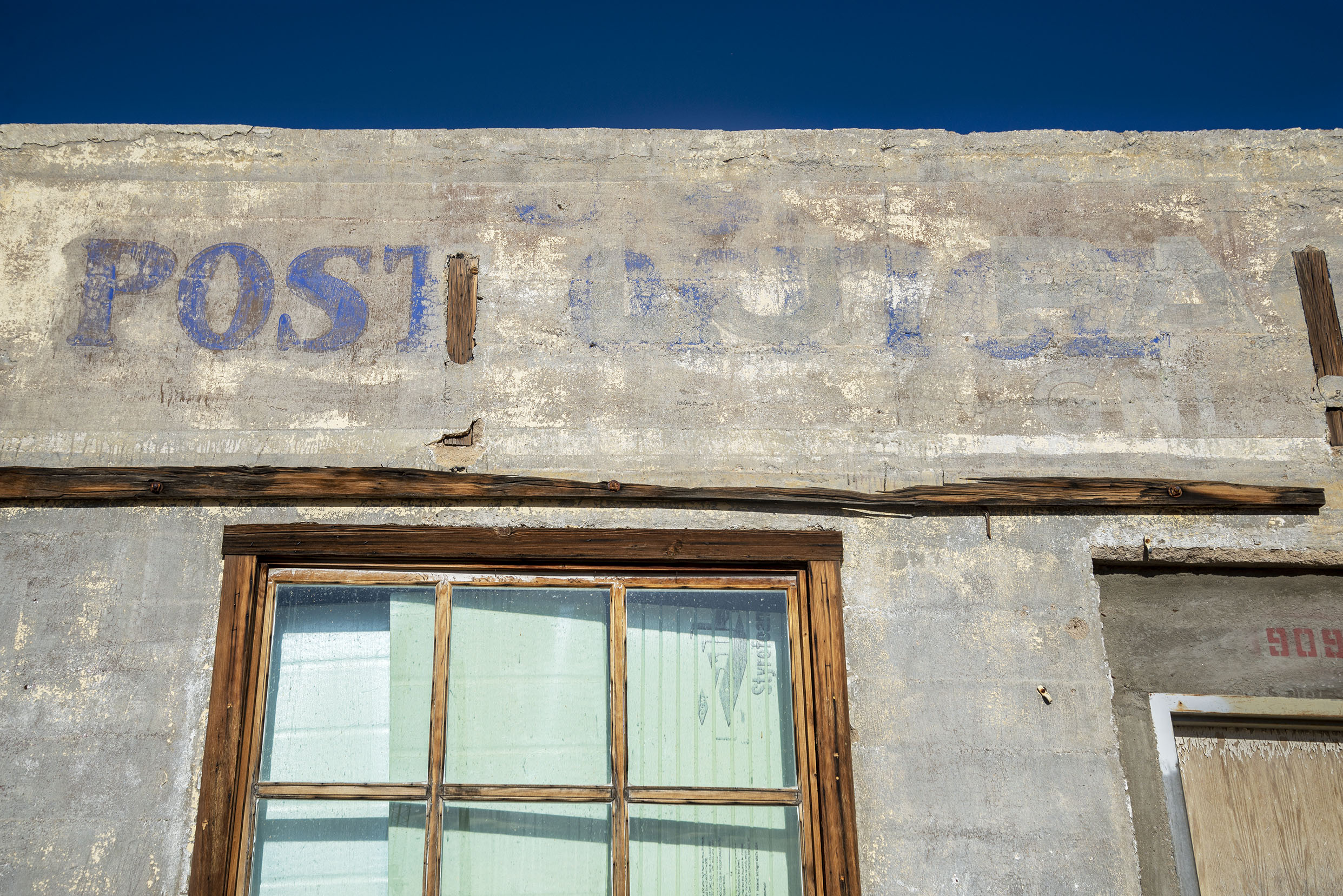
Ghost Town…ghost sign.
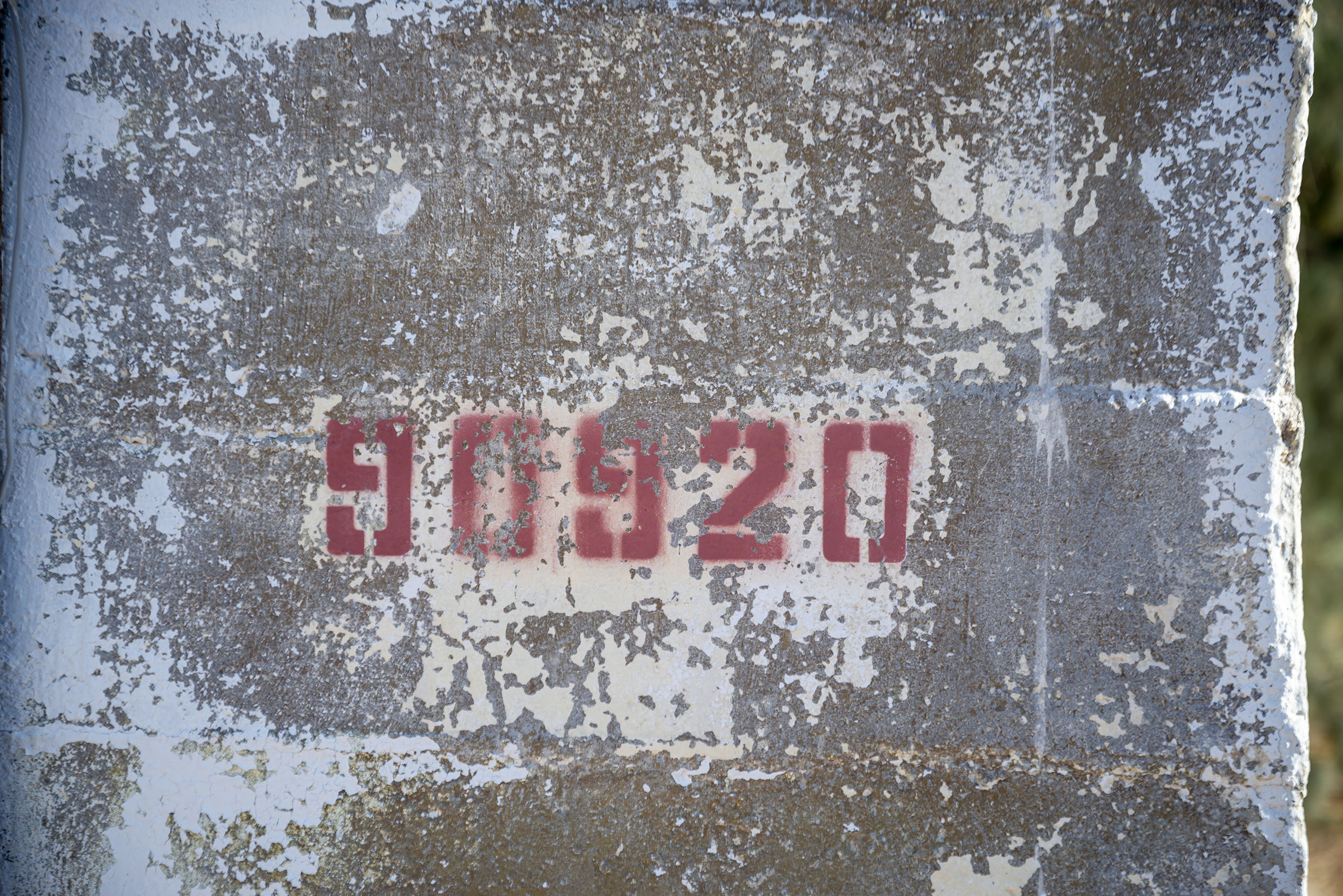
Kelso 90920
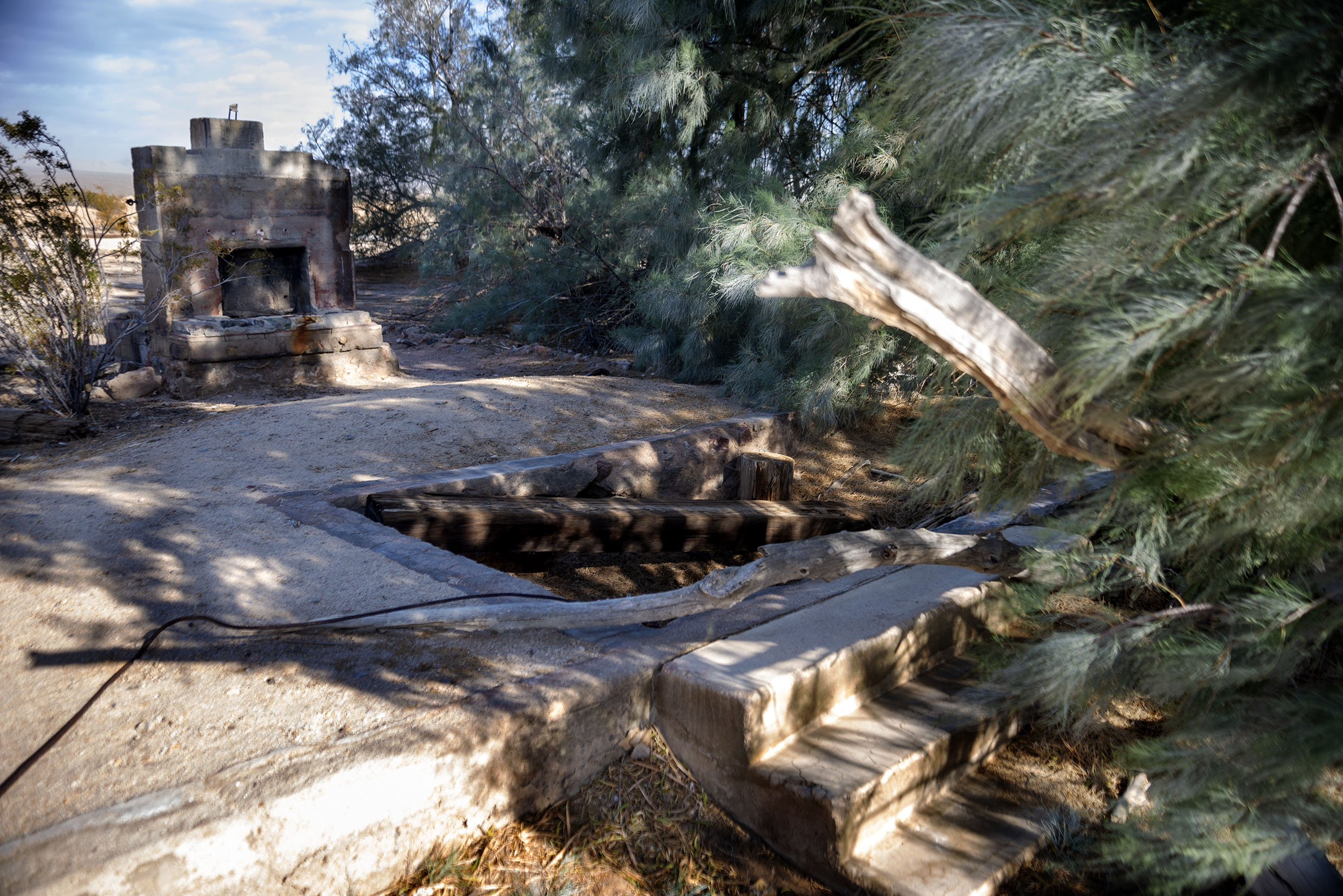
Foundation and Fireplace, Kelso Ghost Town
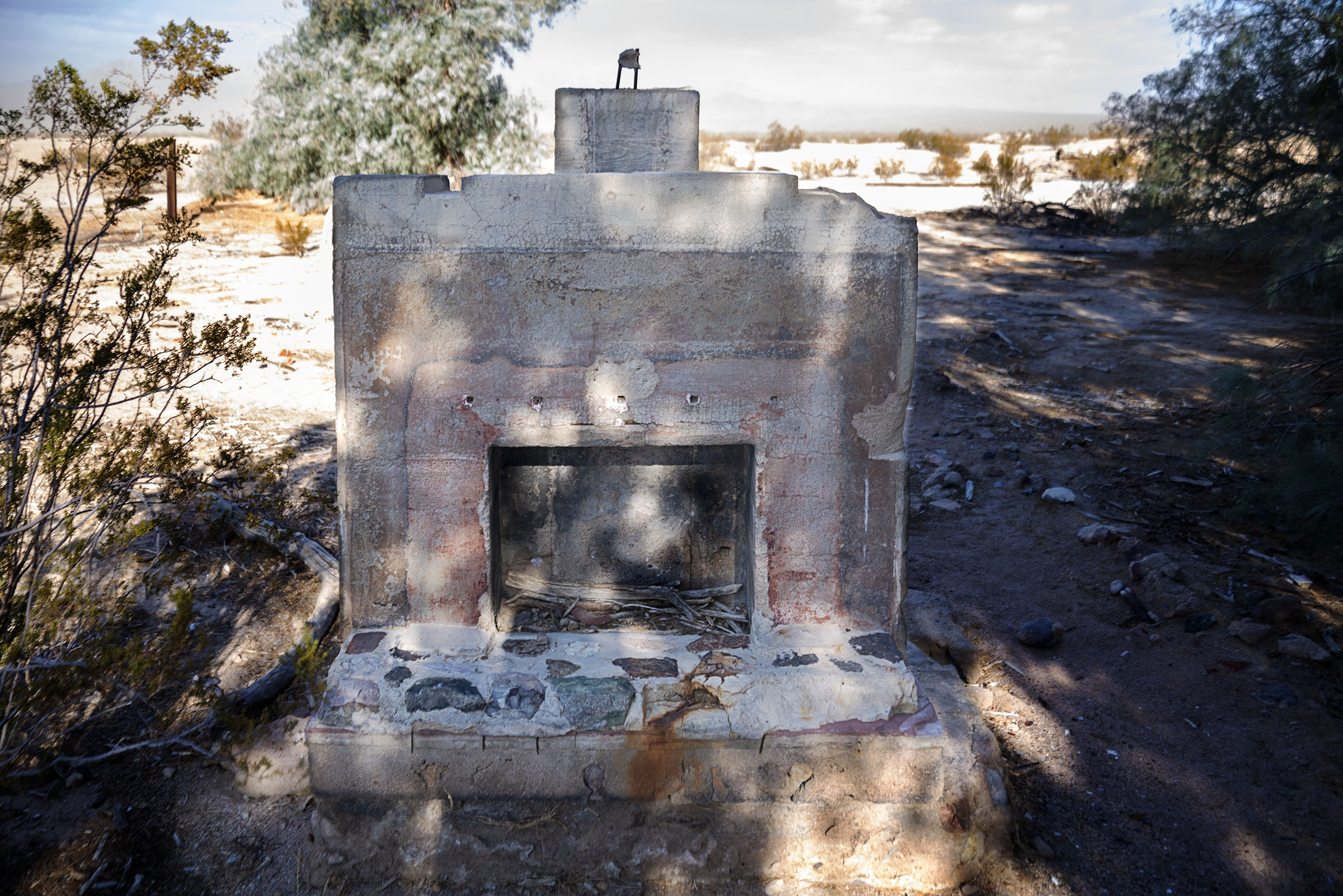
The warmth and comfort once provided, now a ghost town ruin.